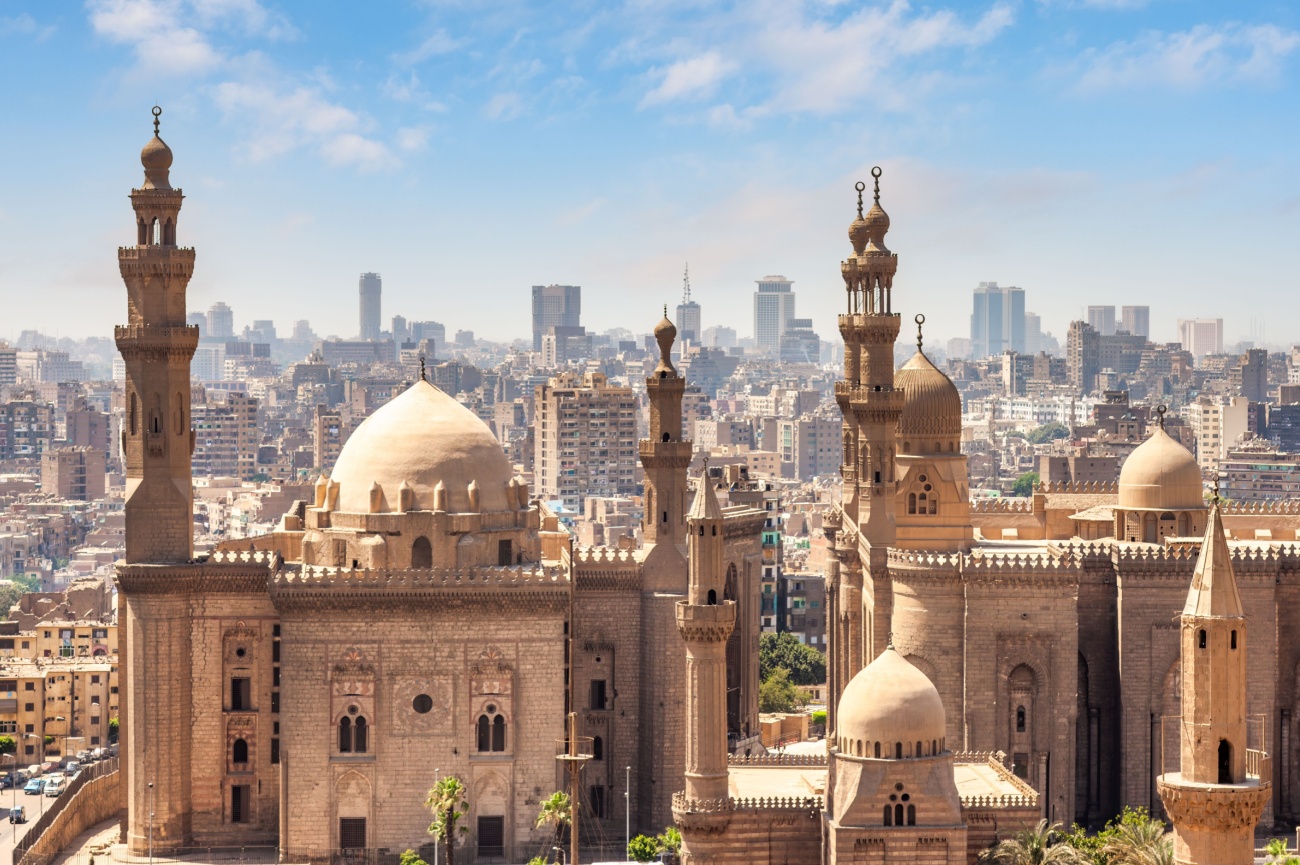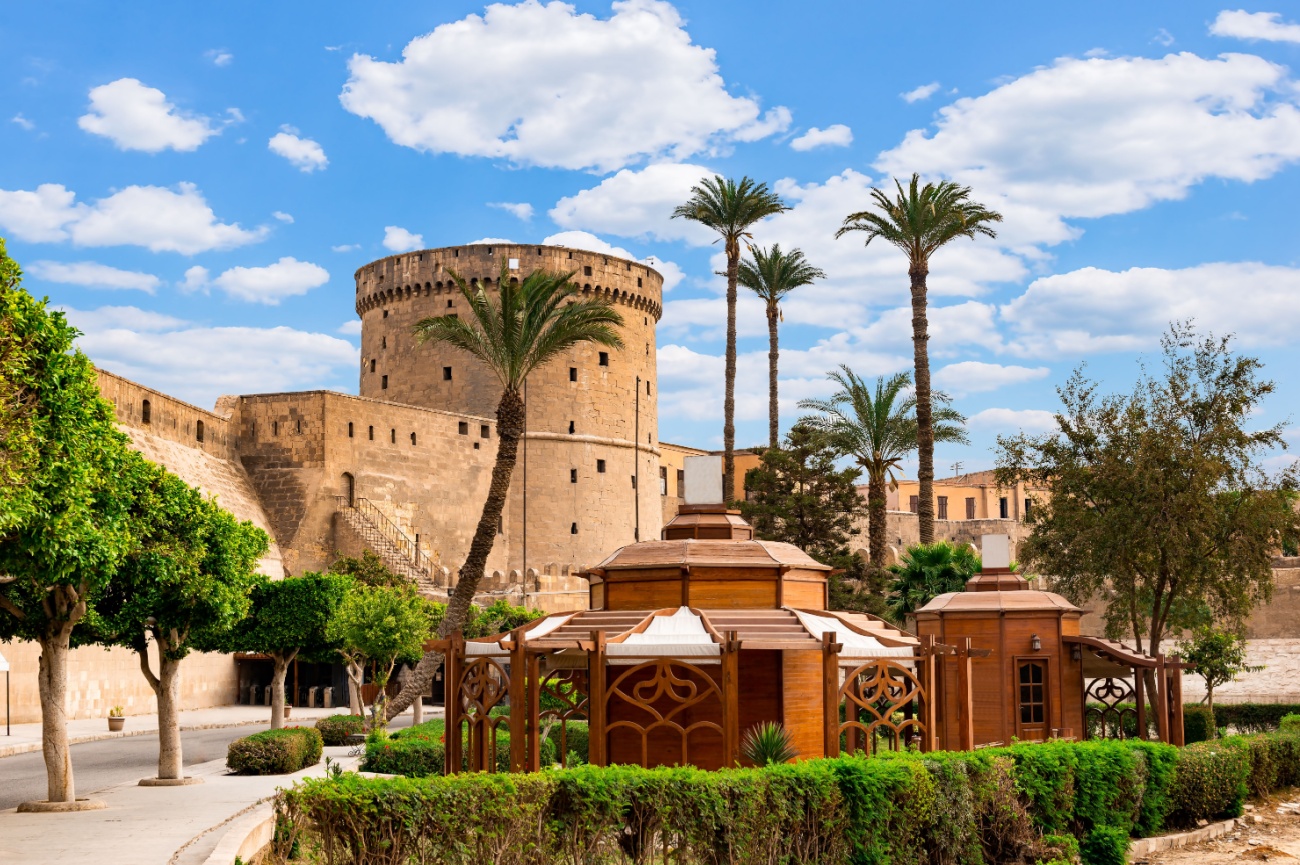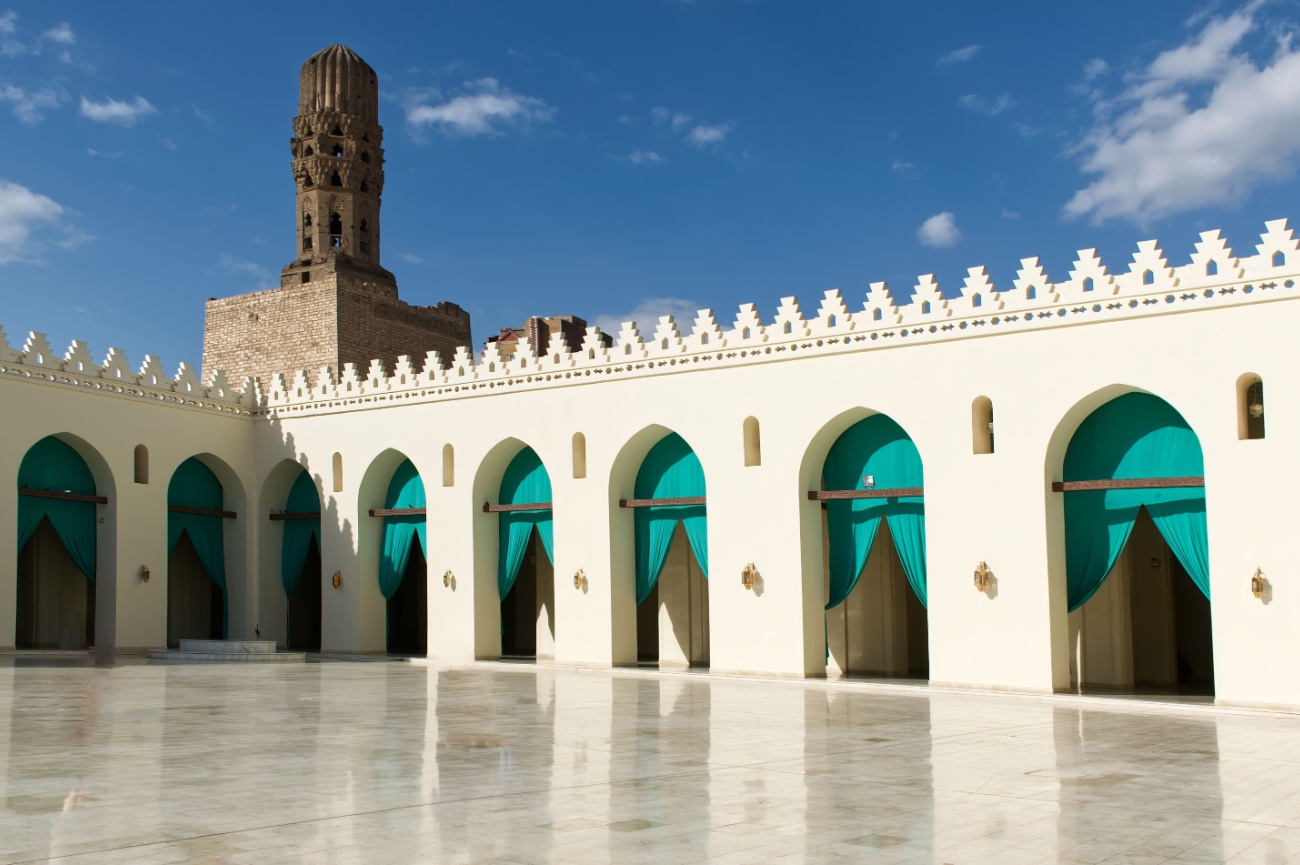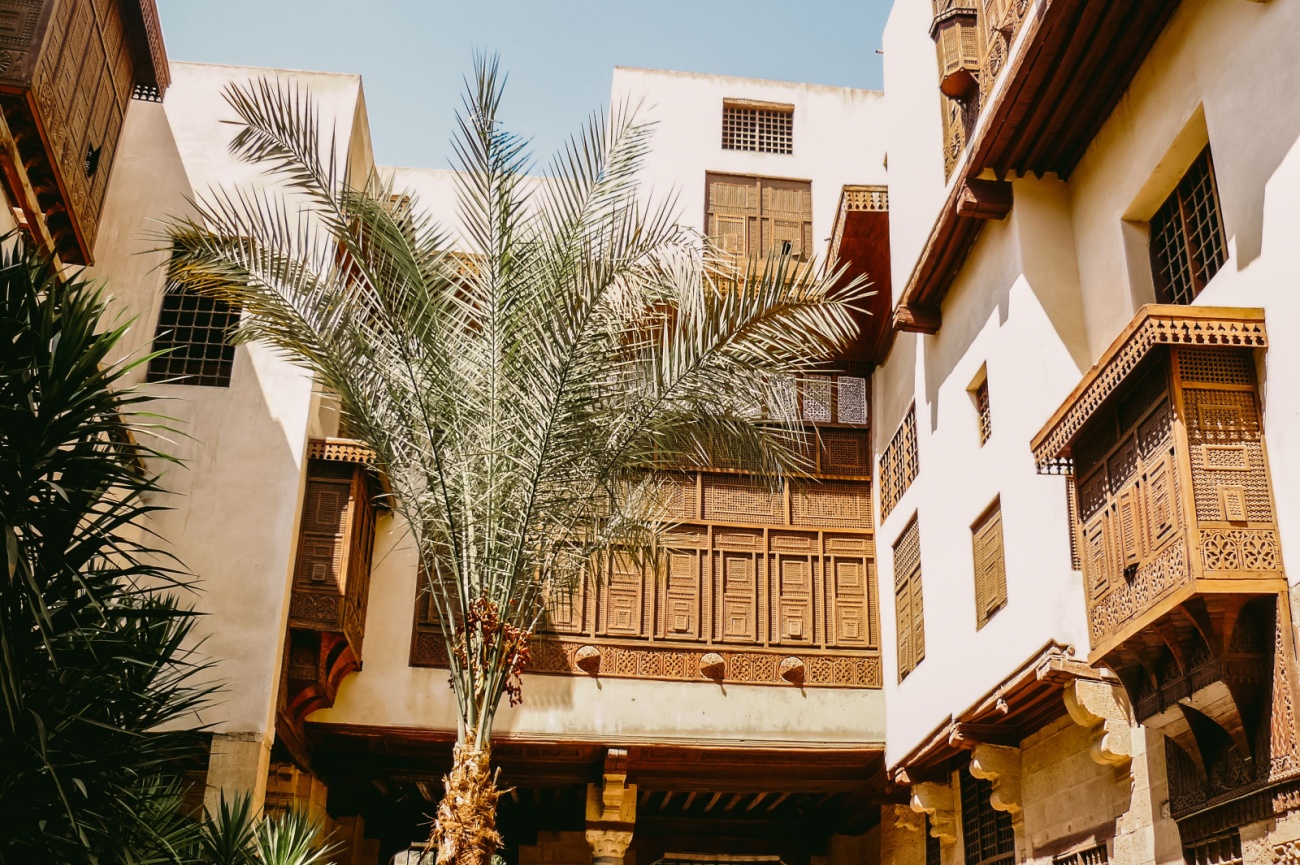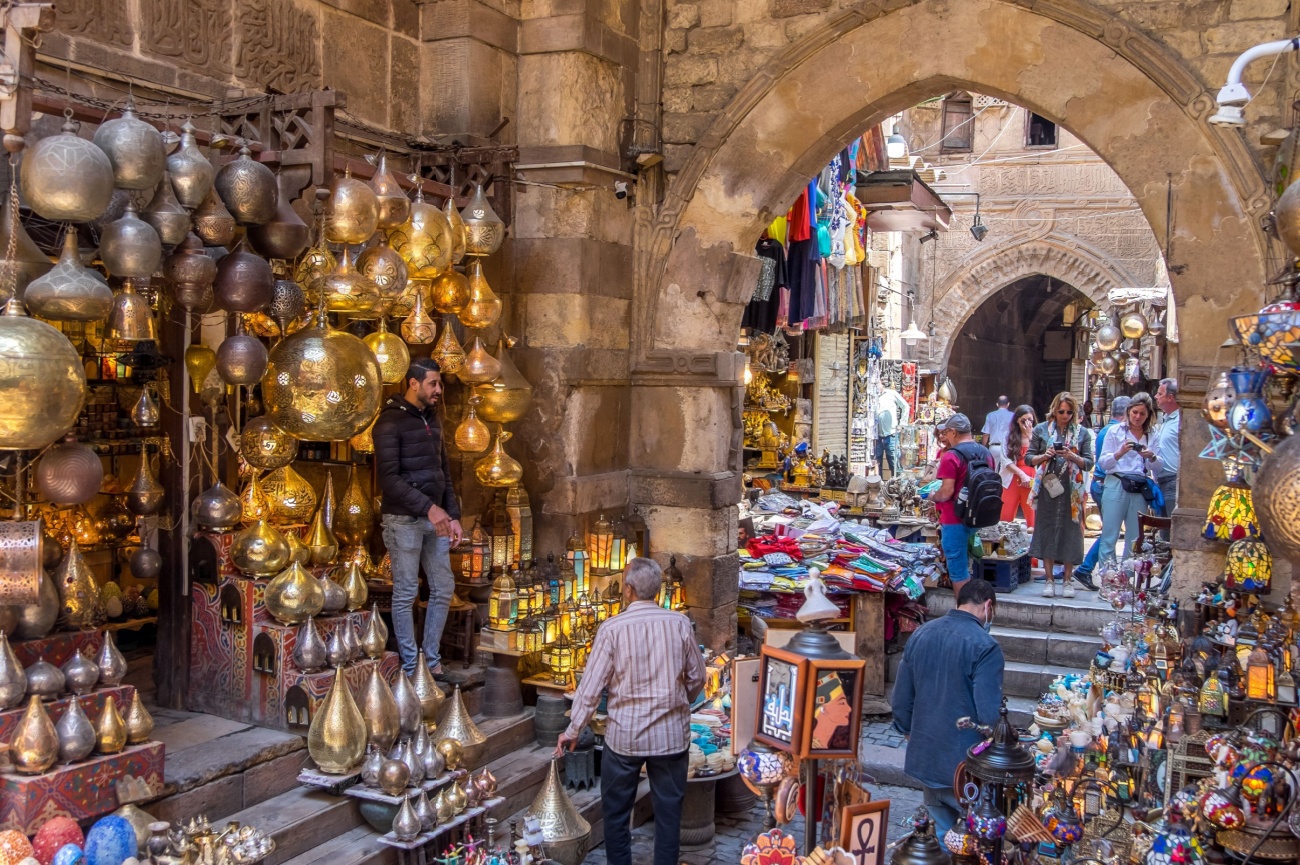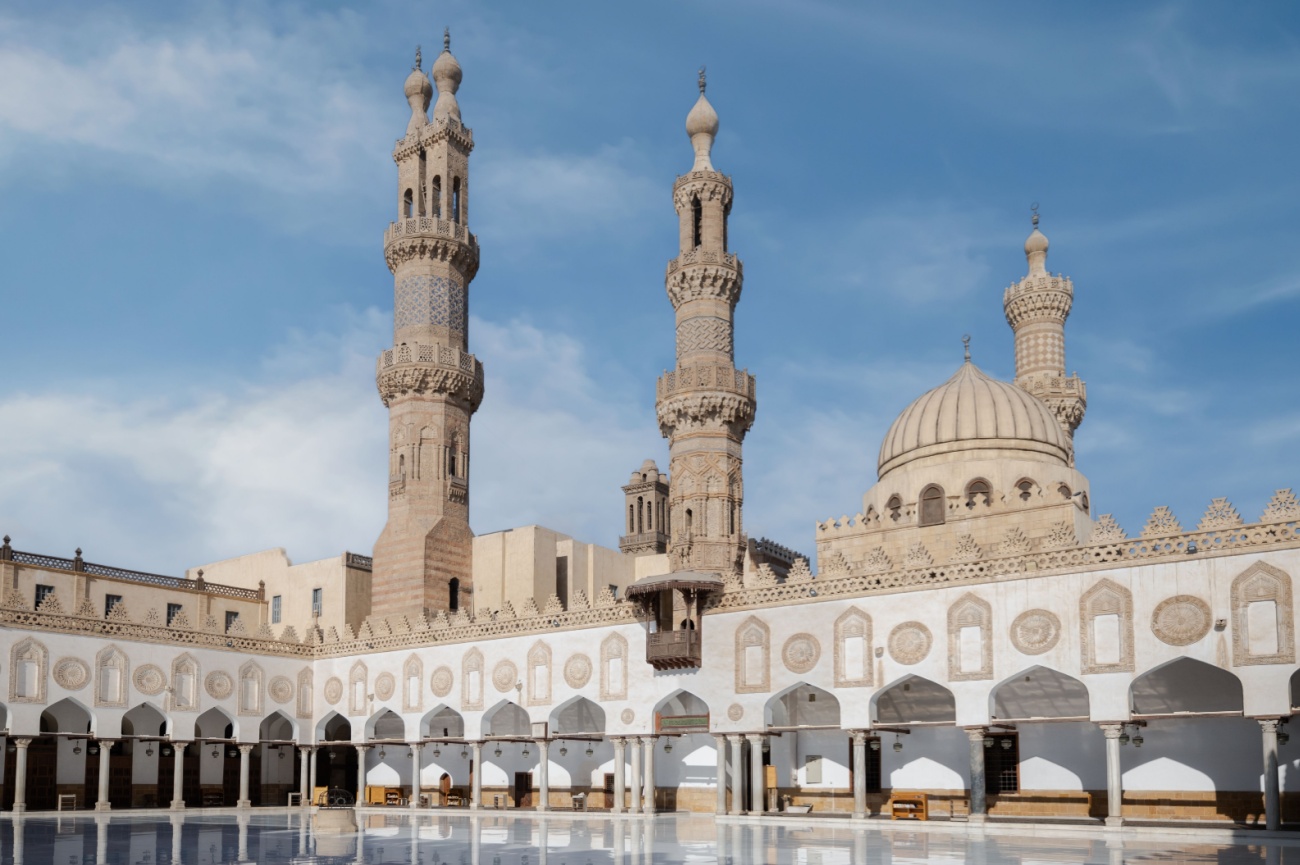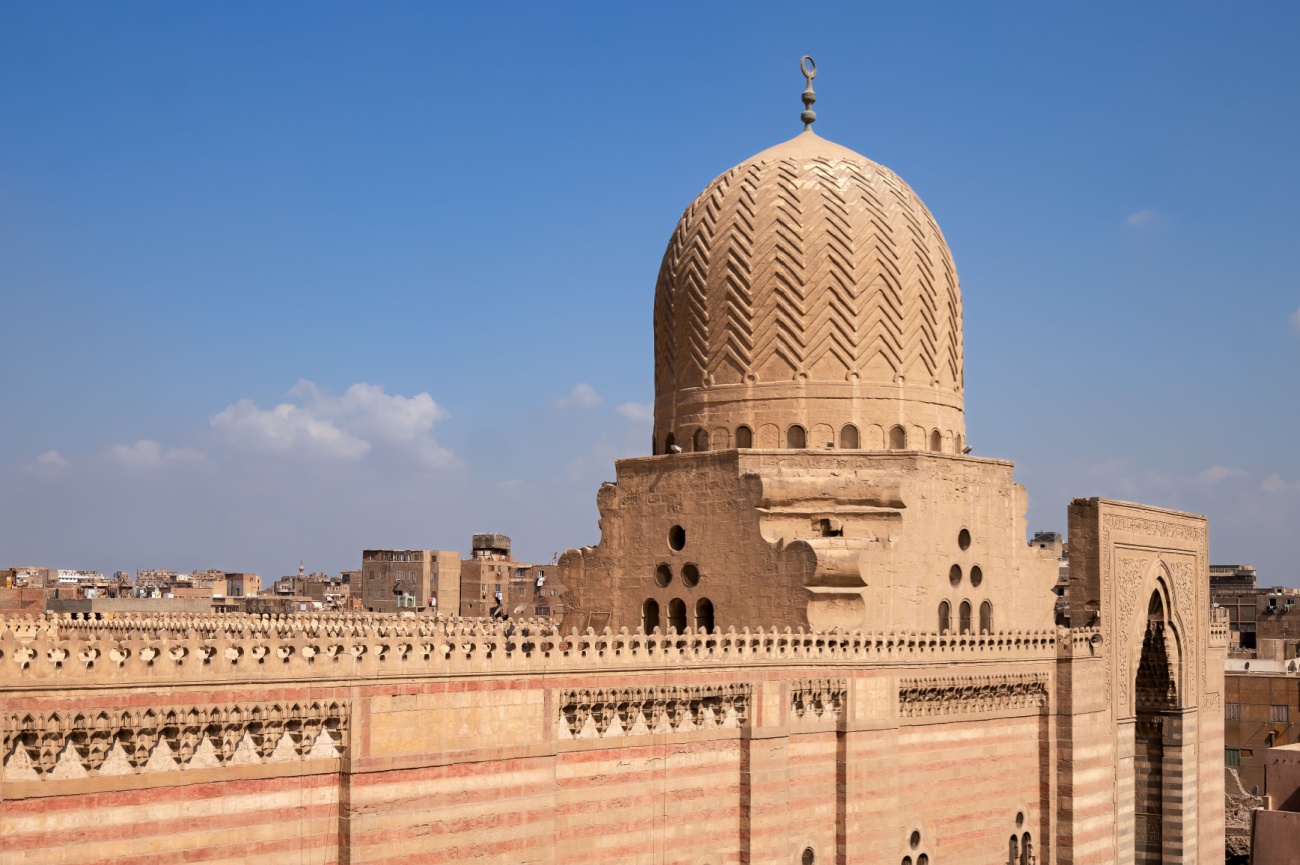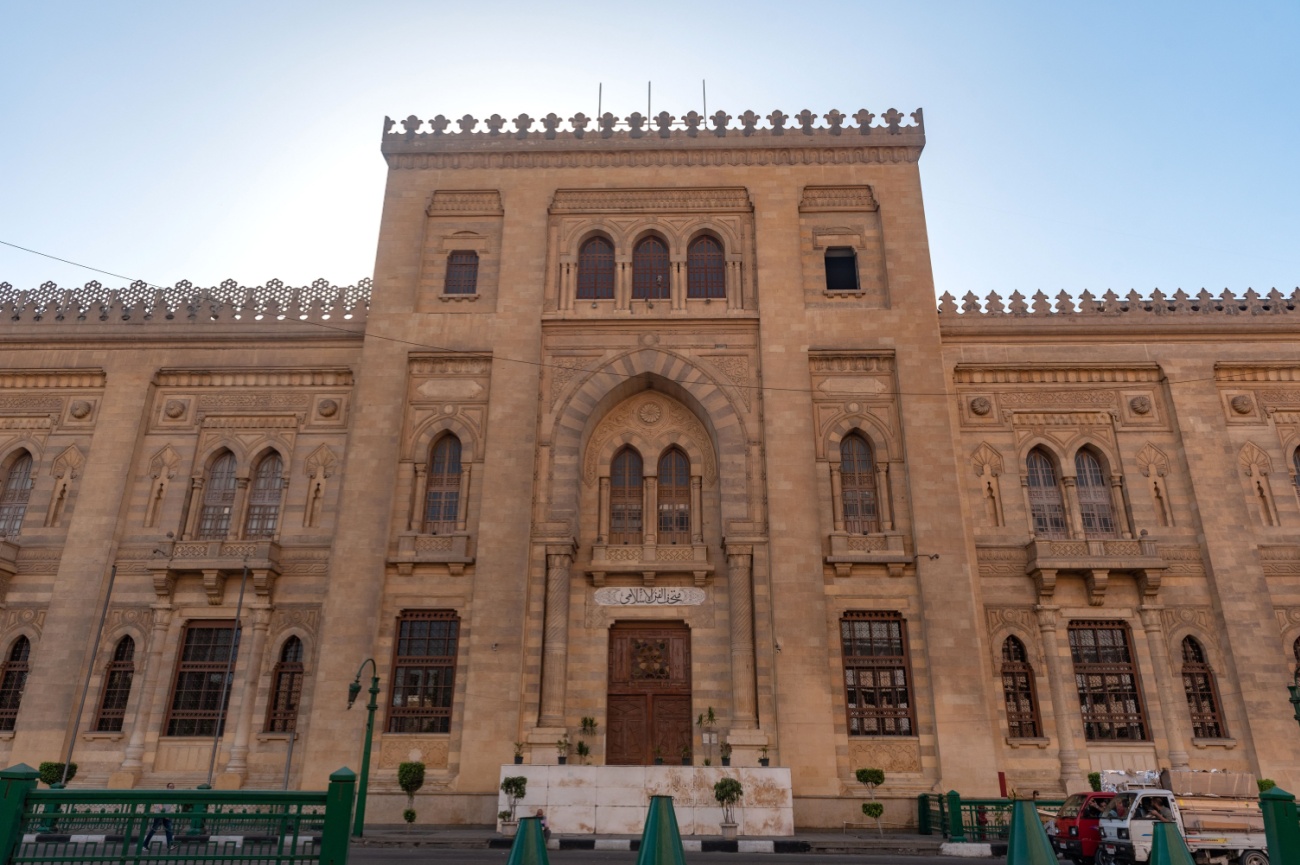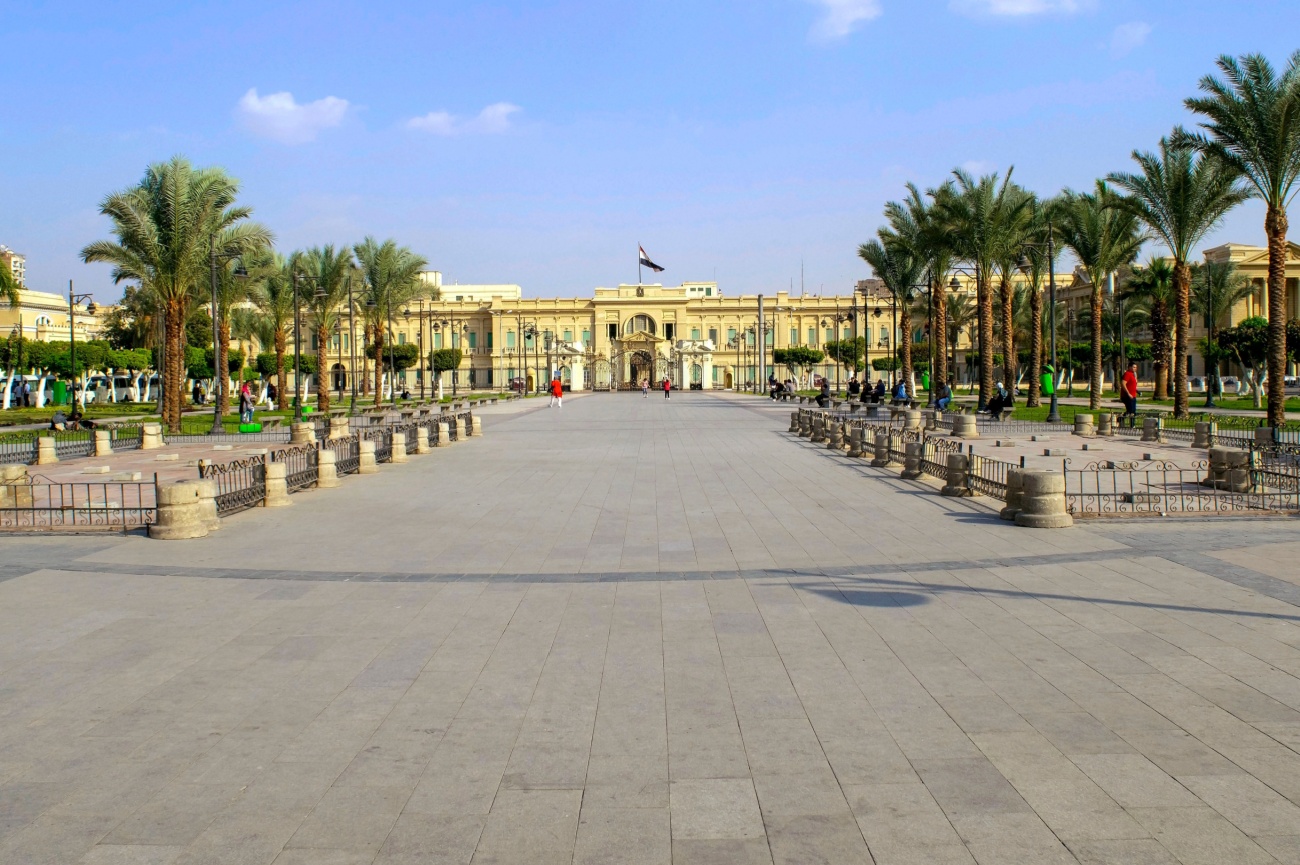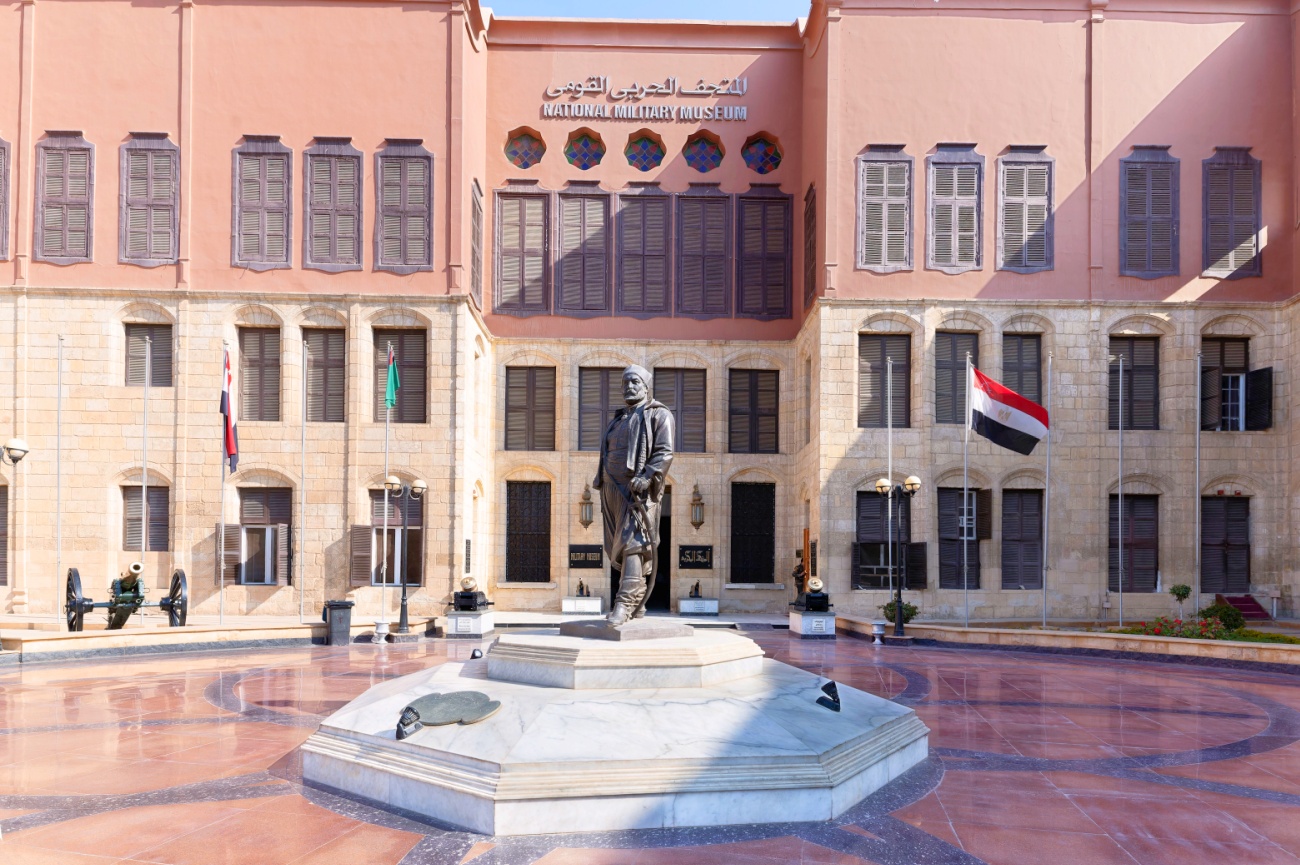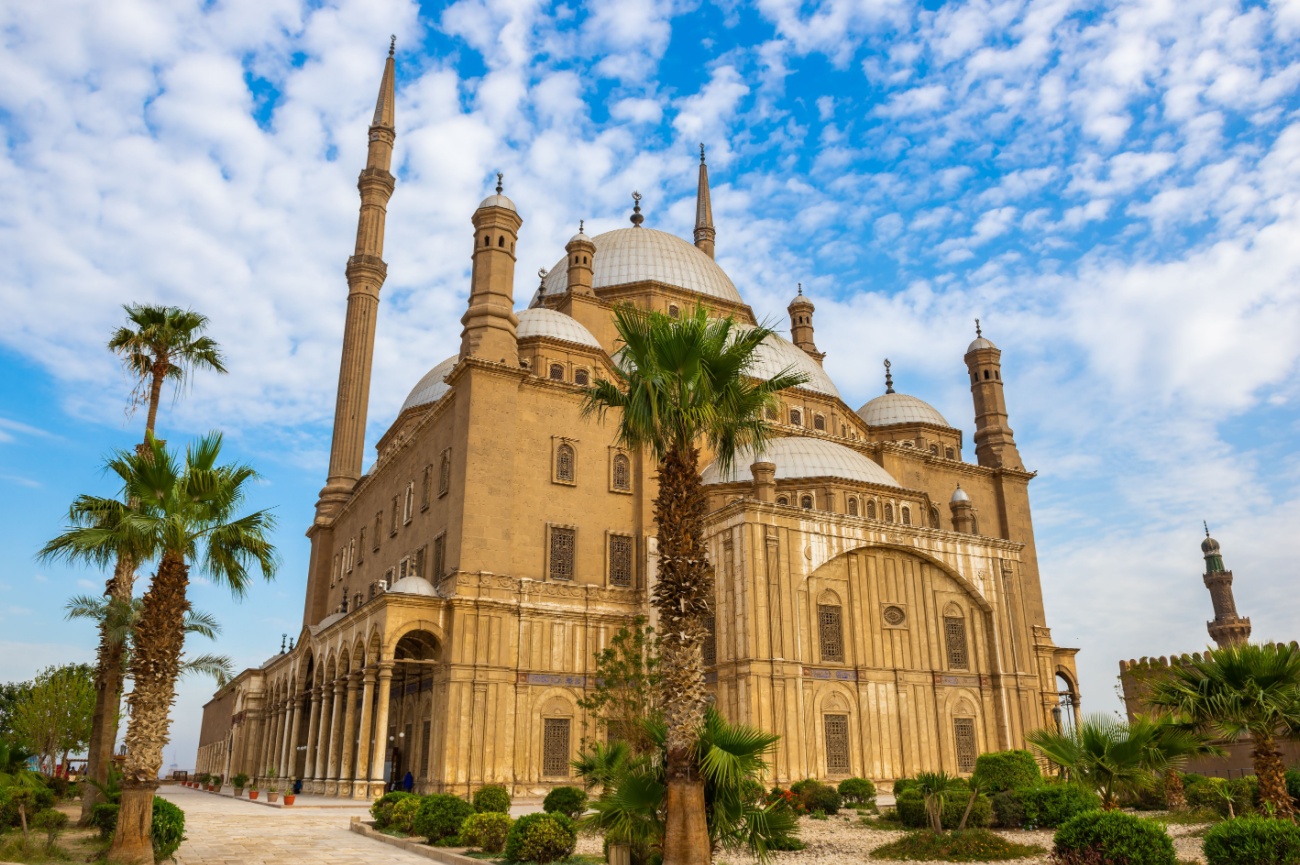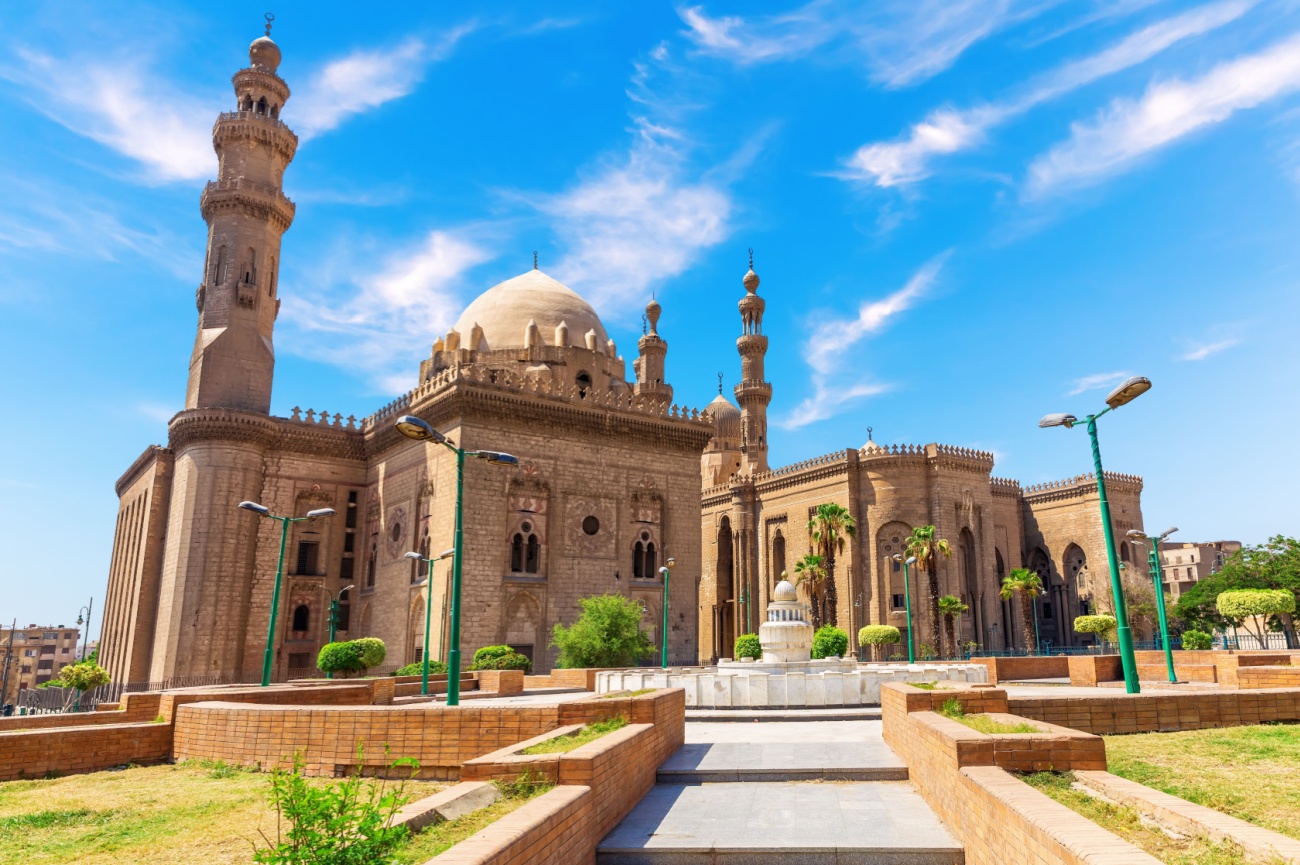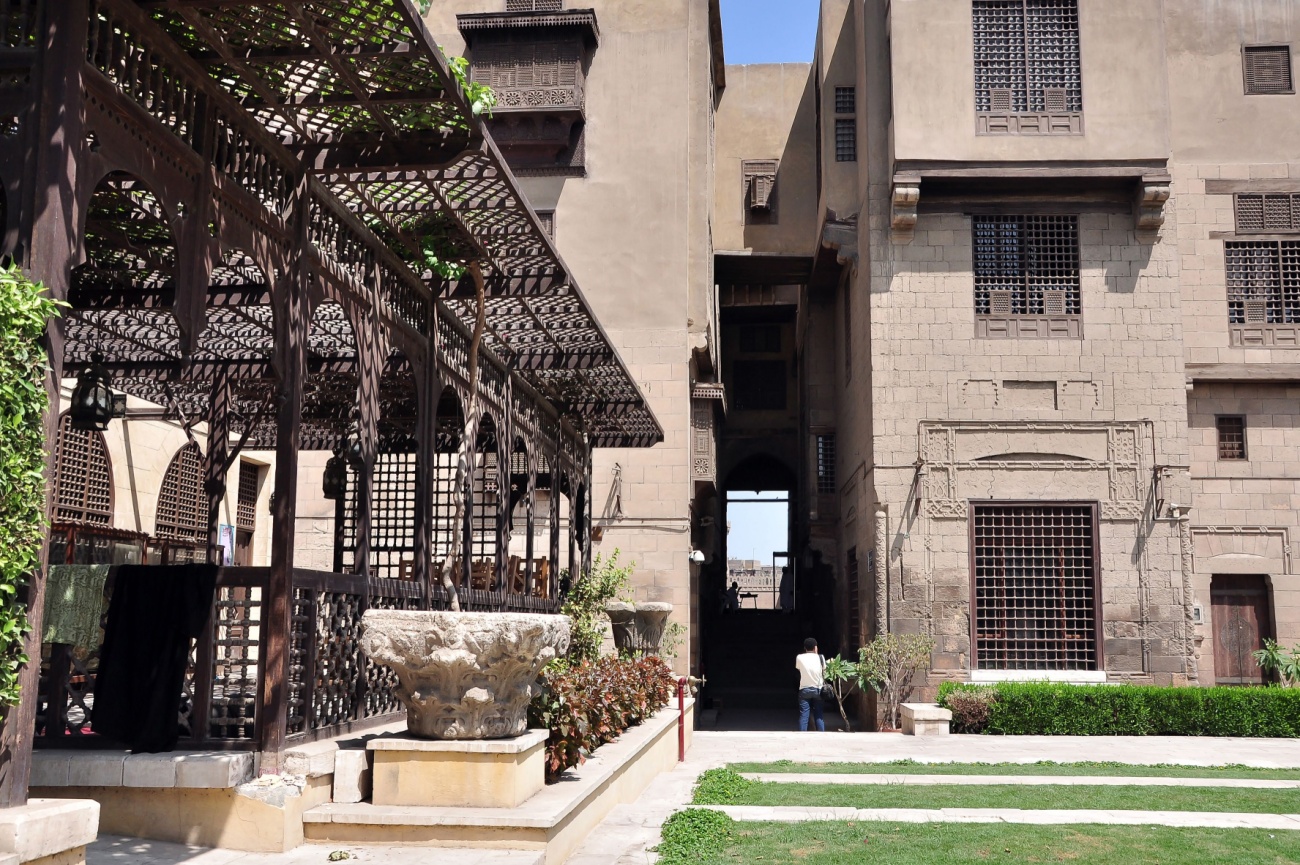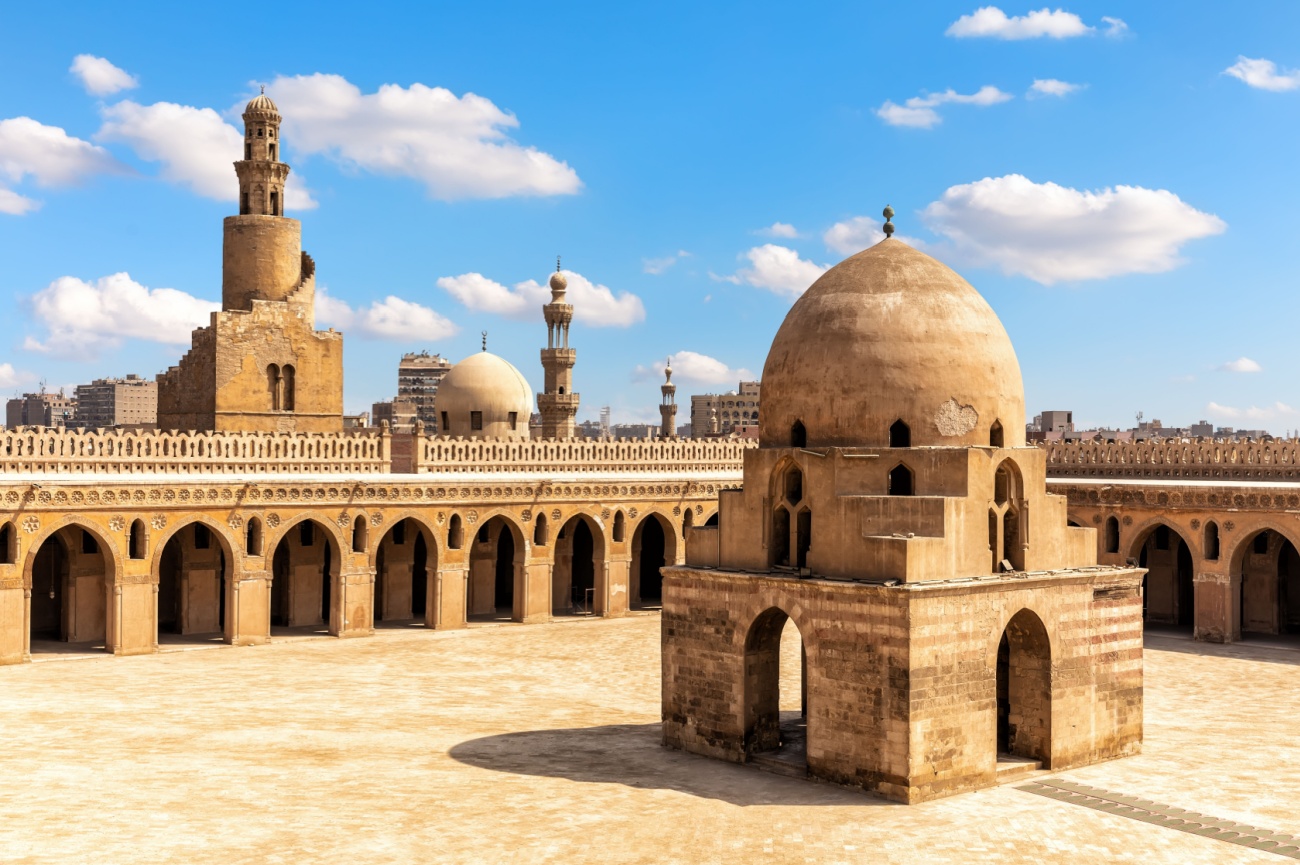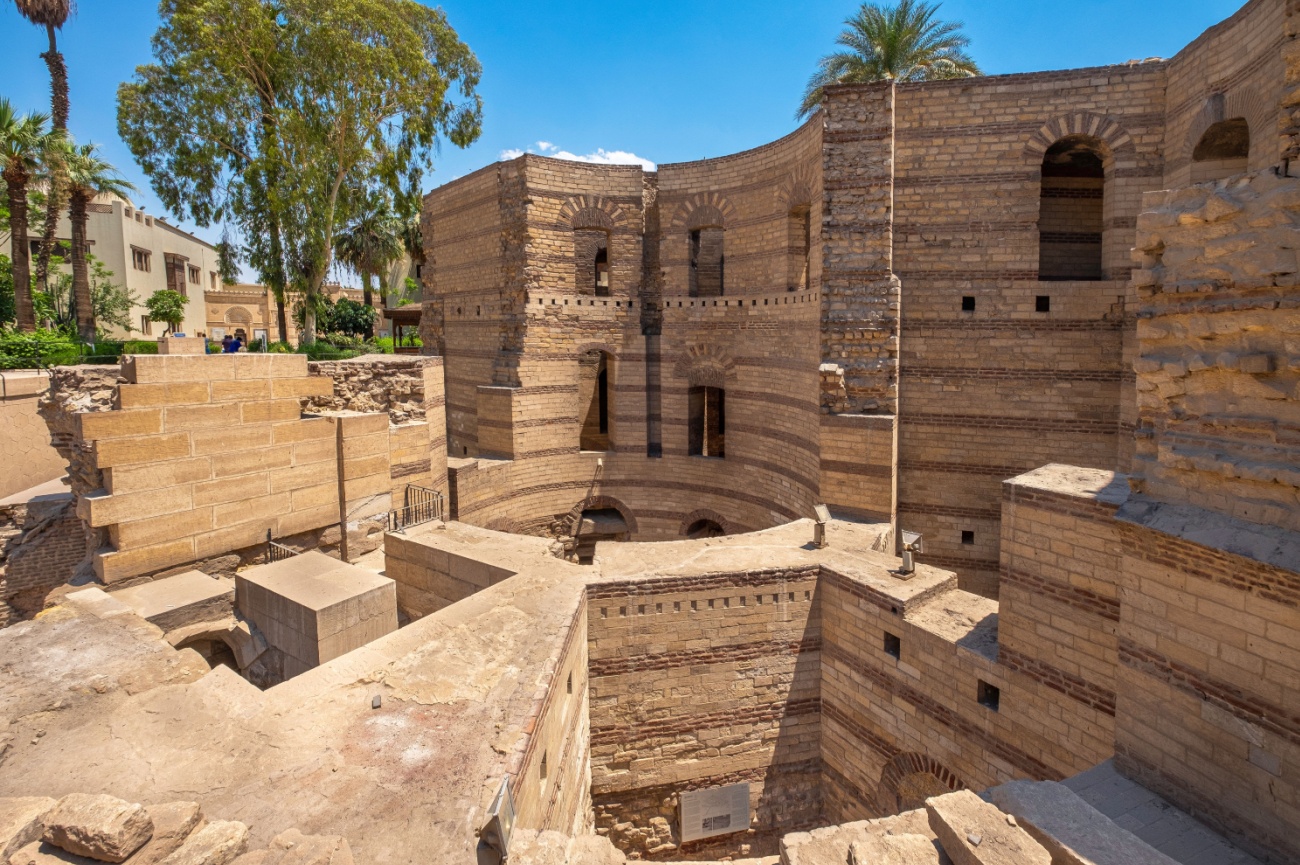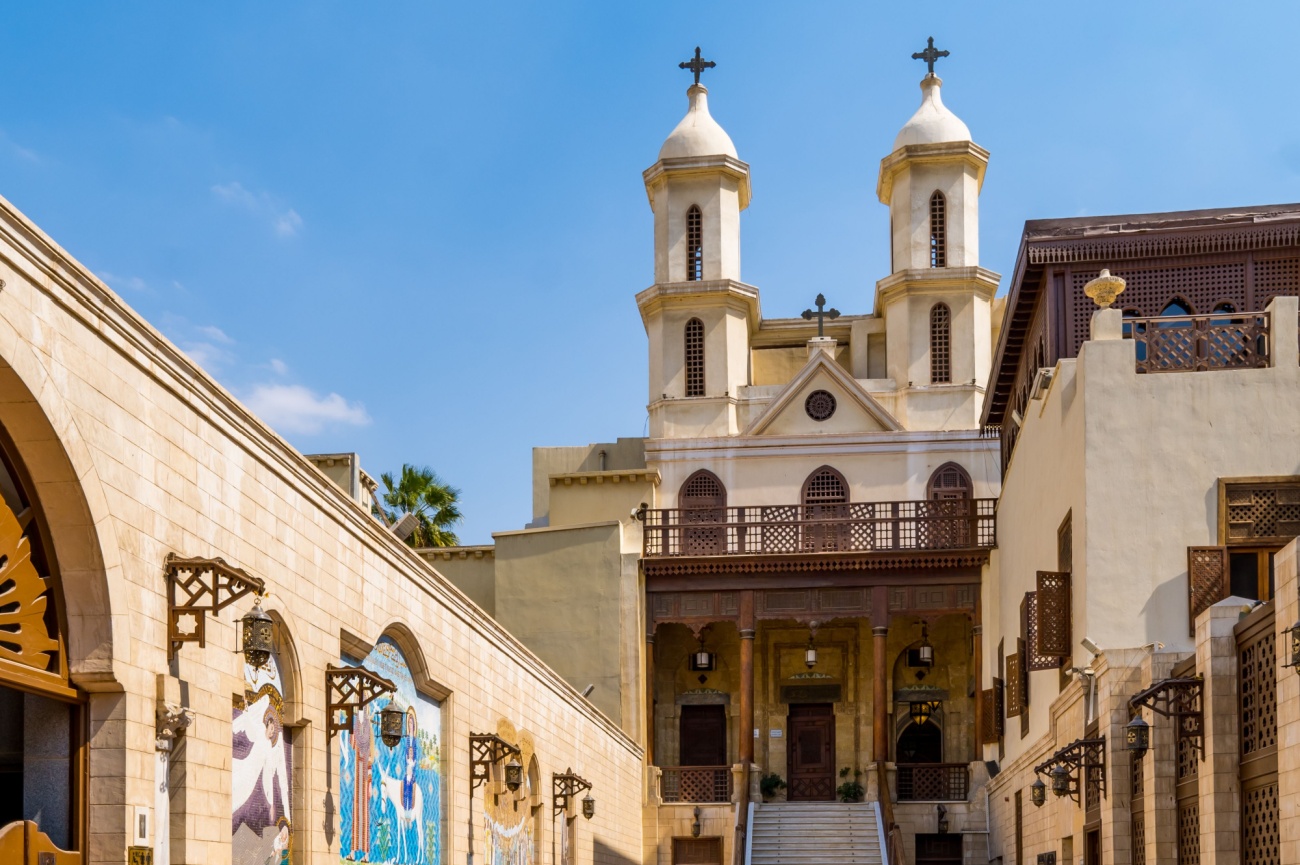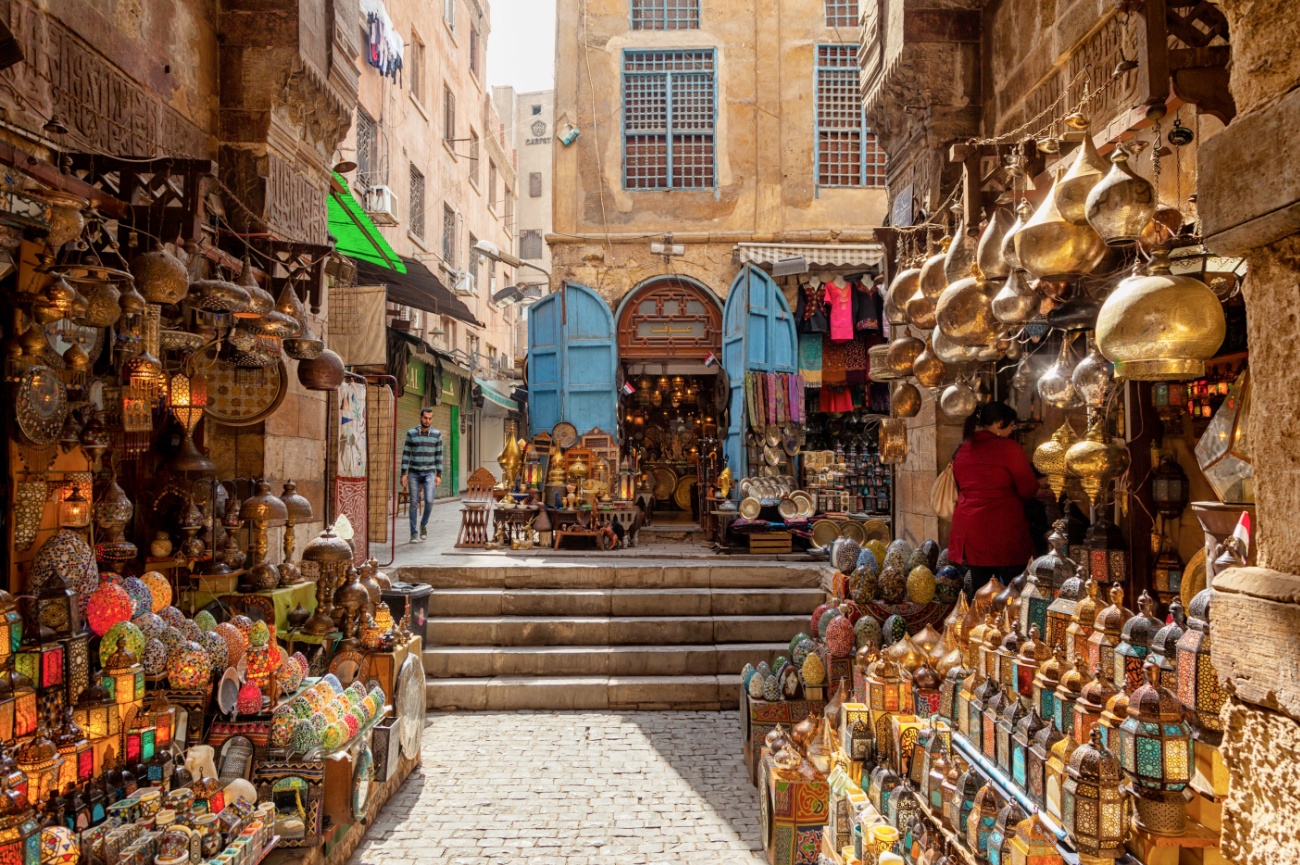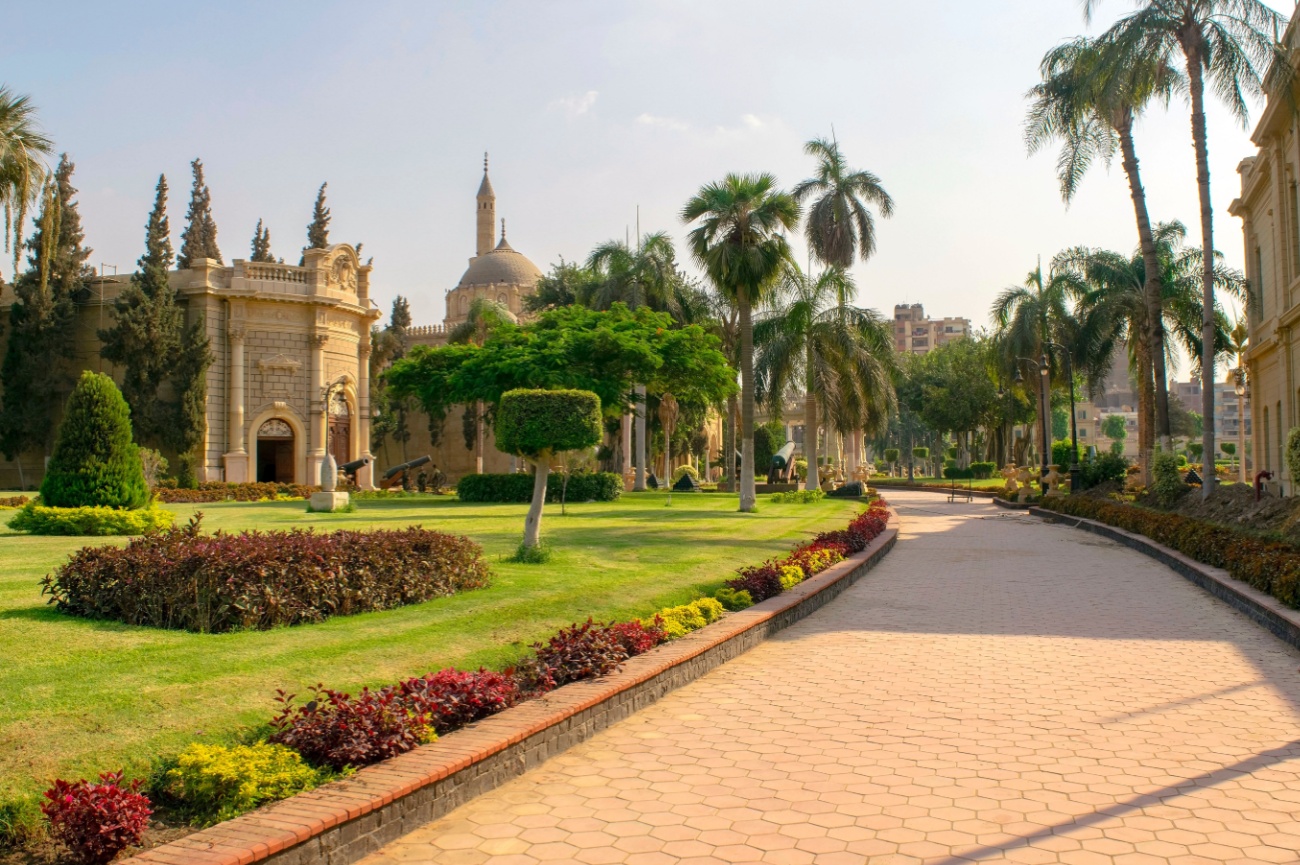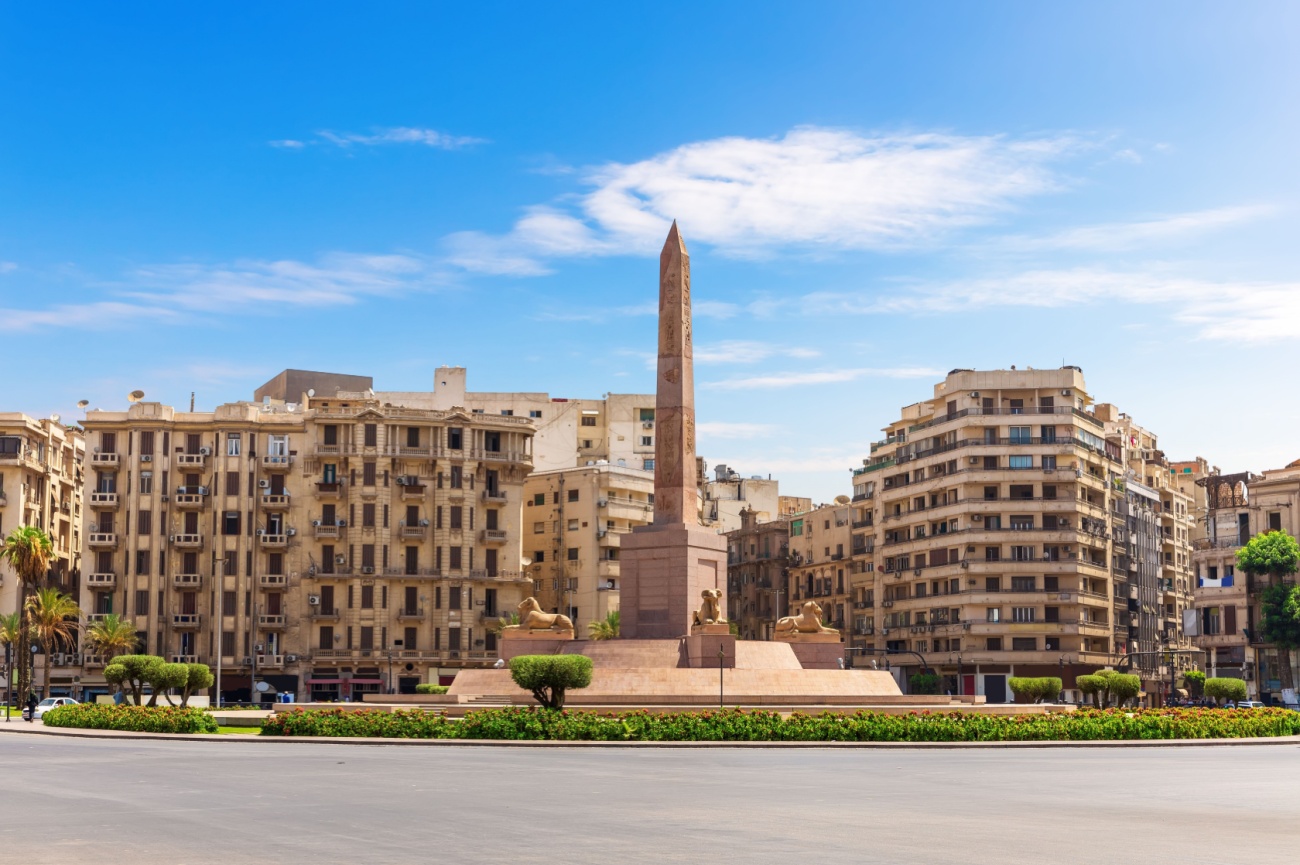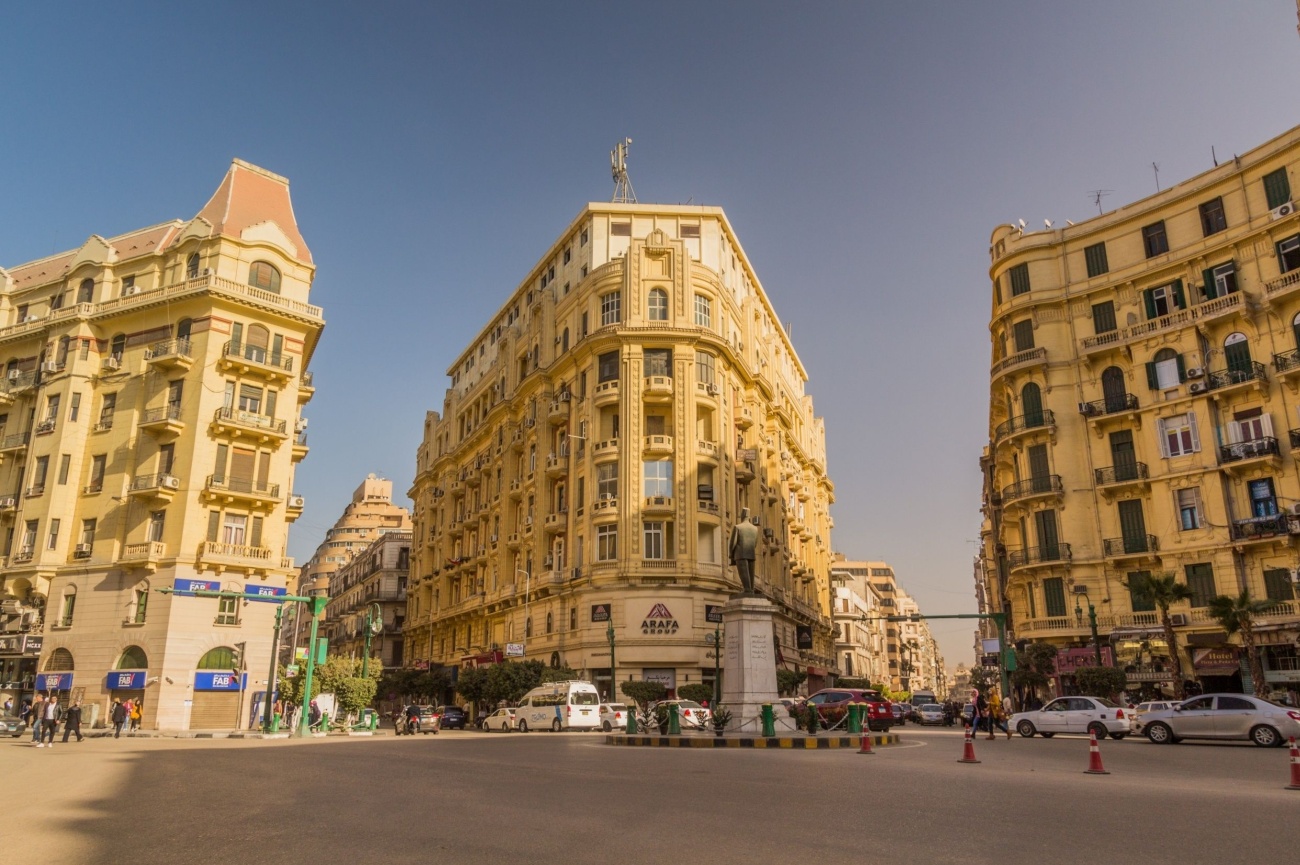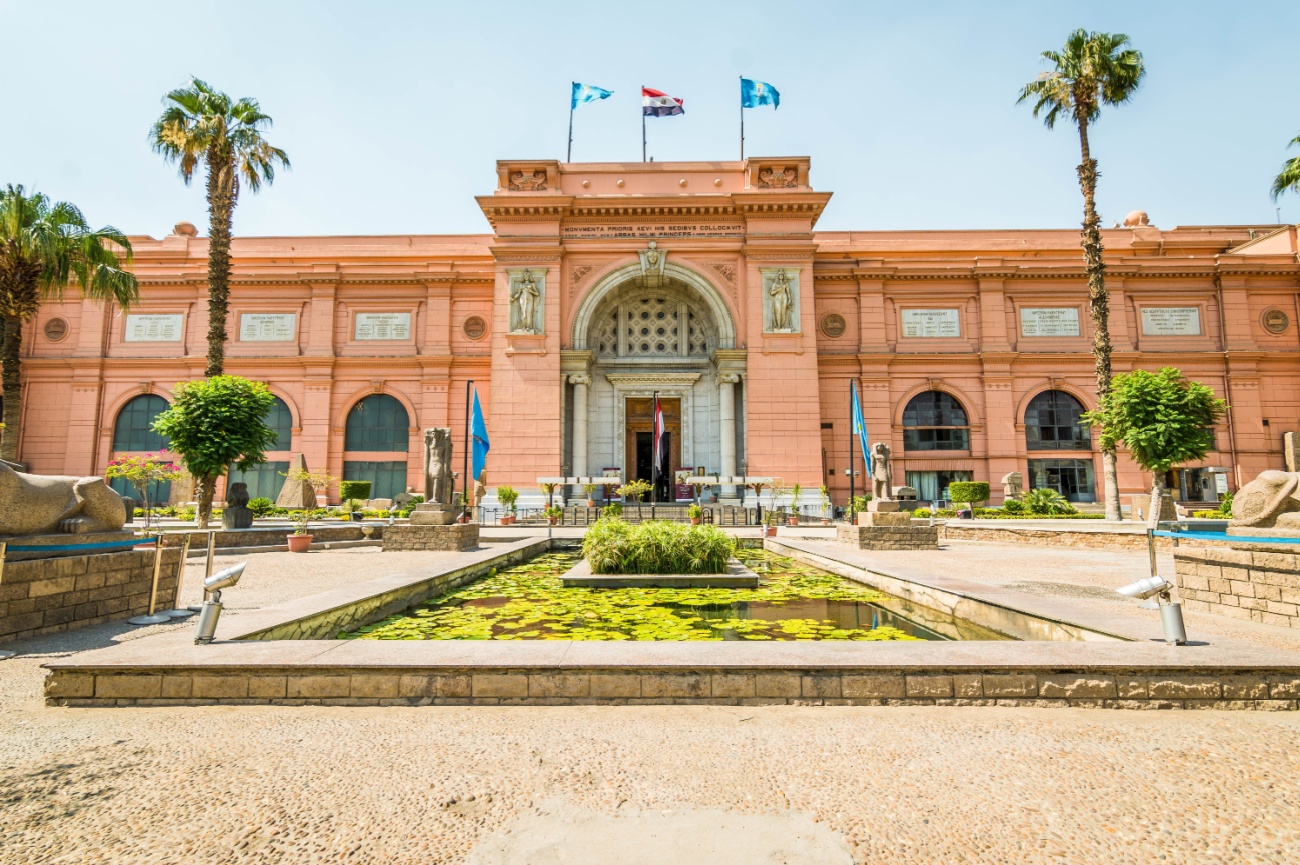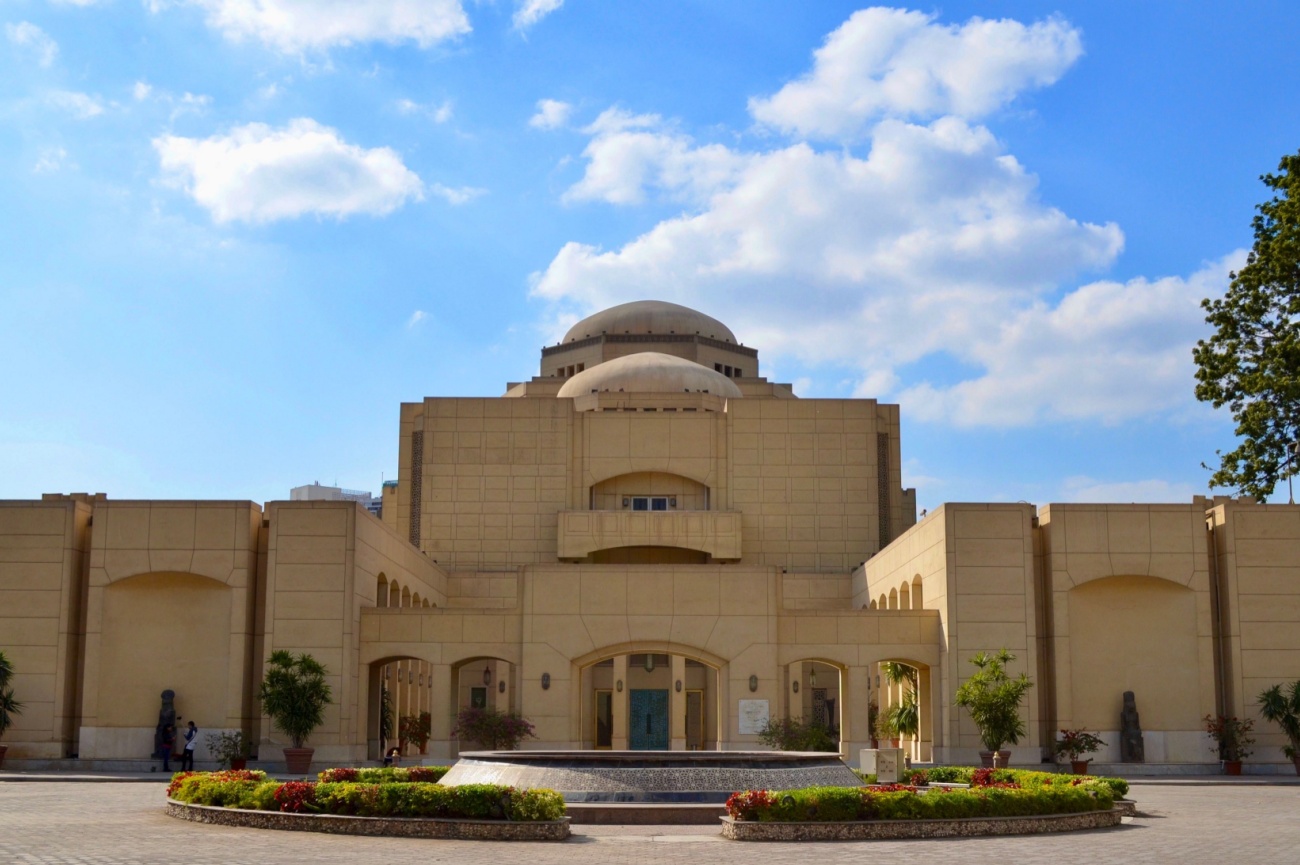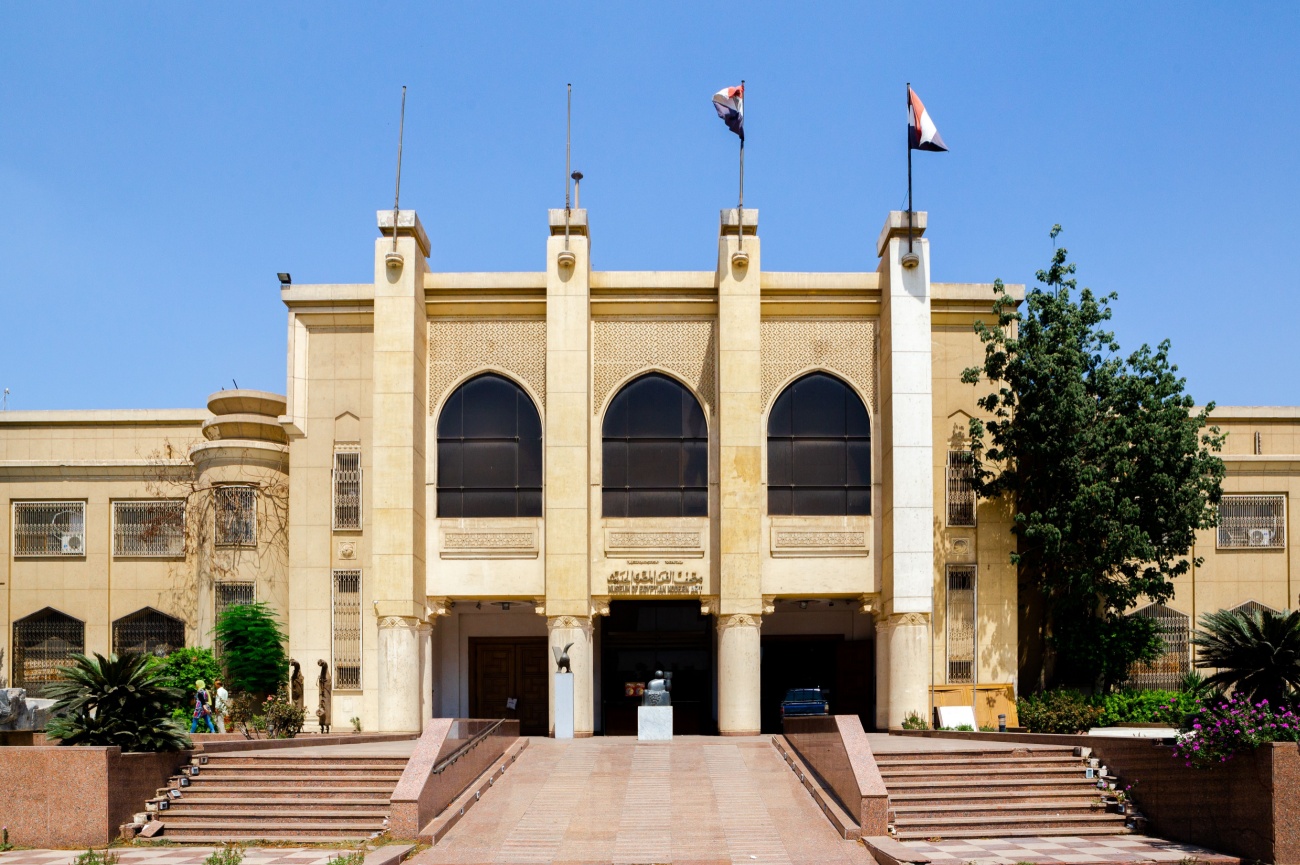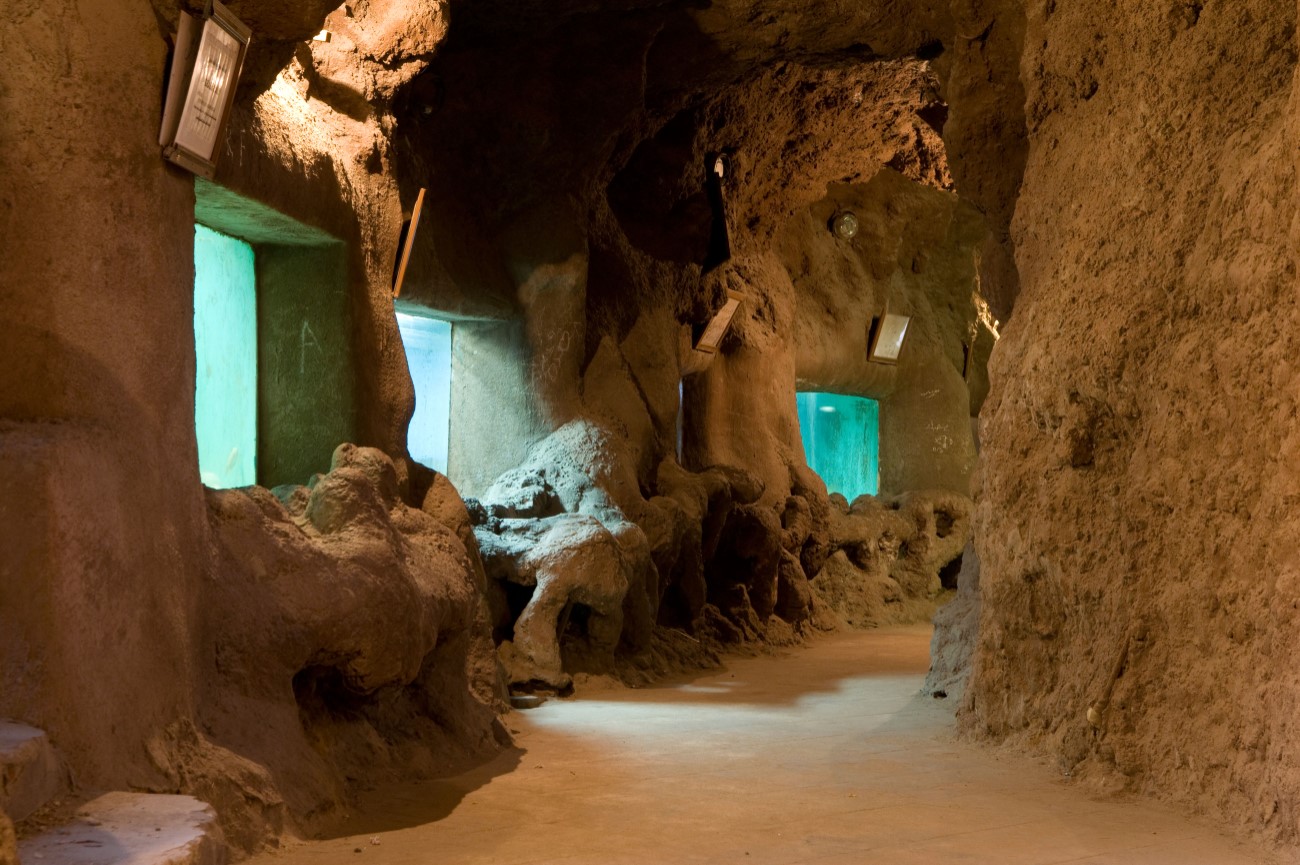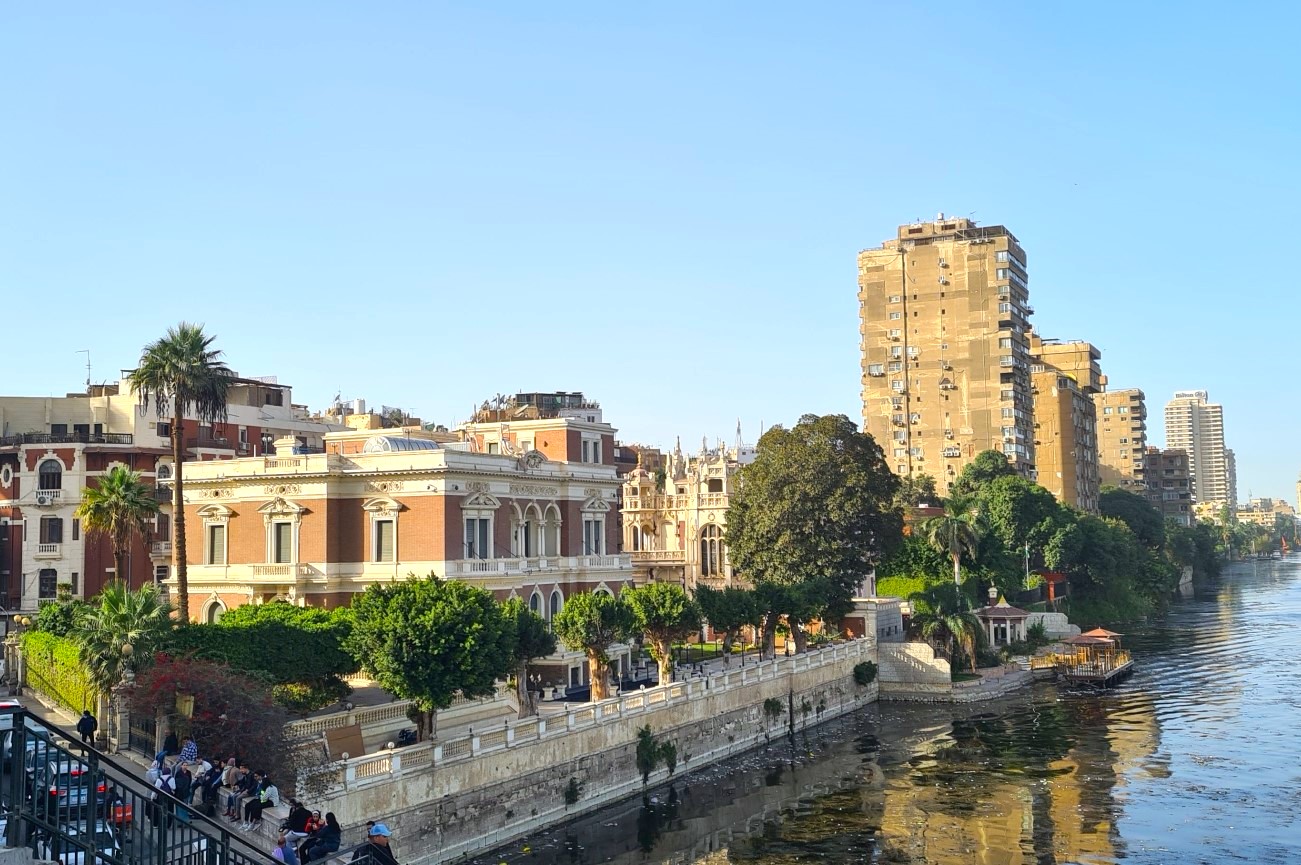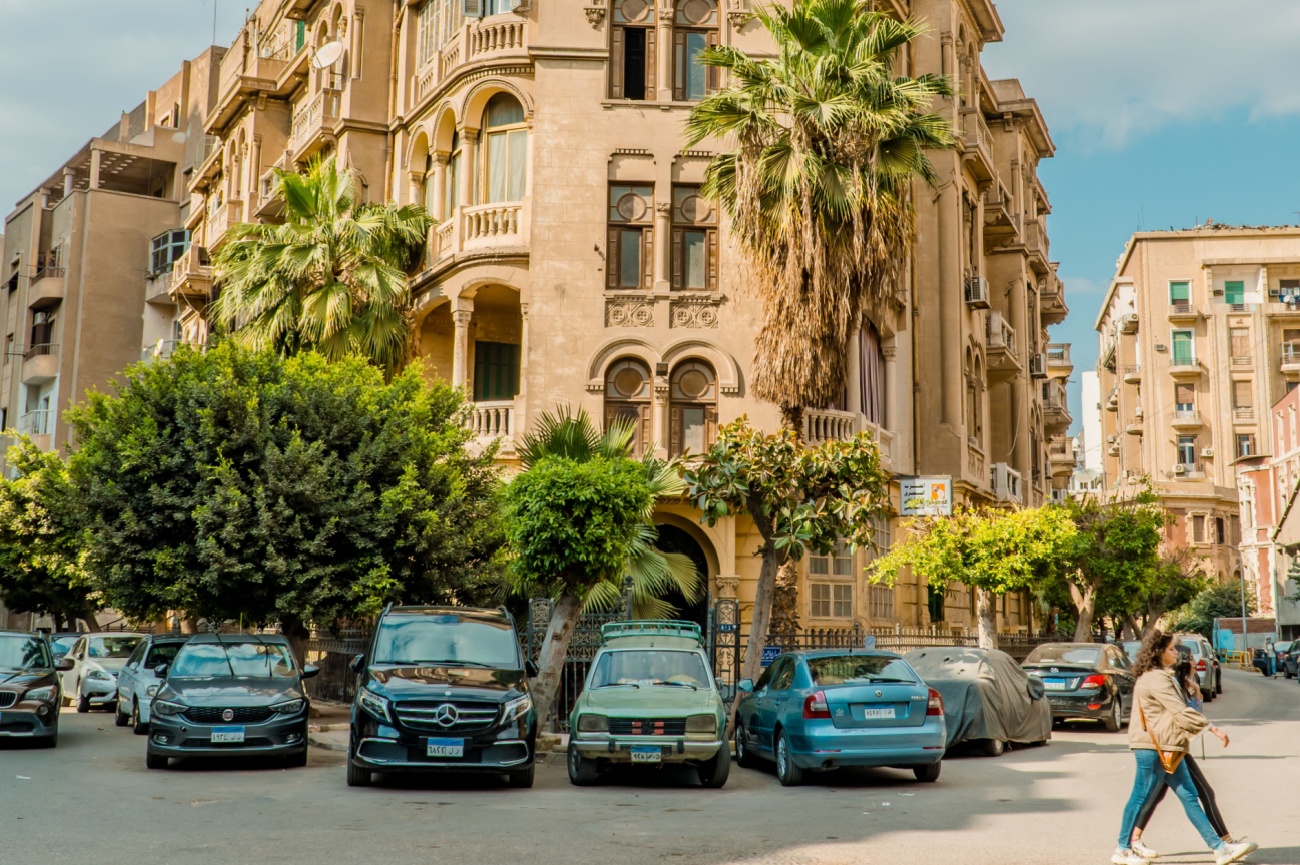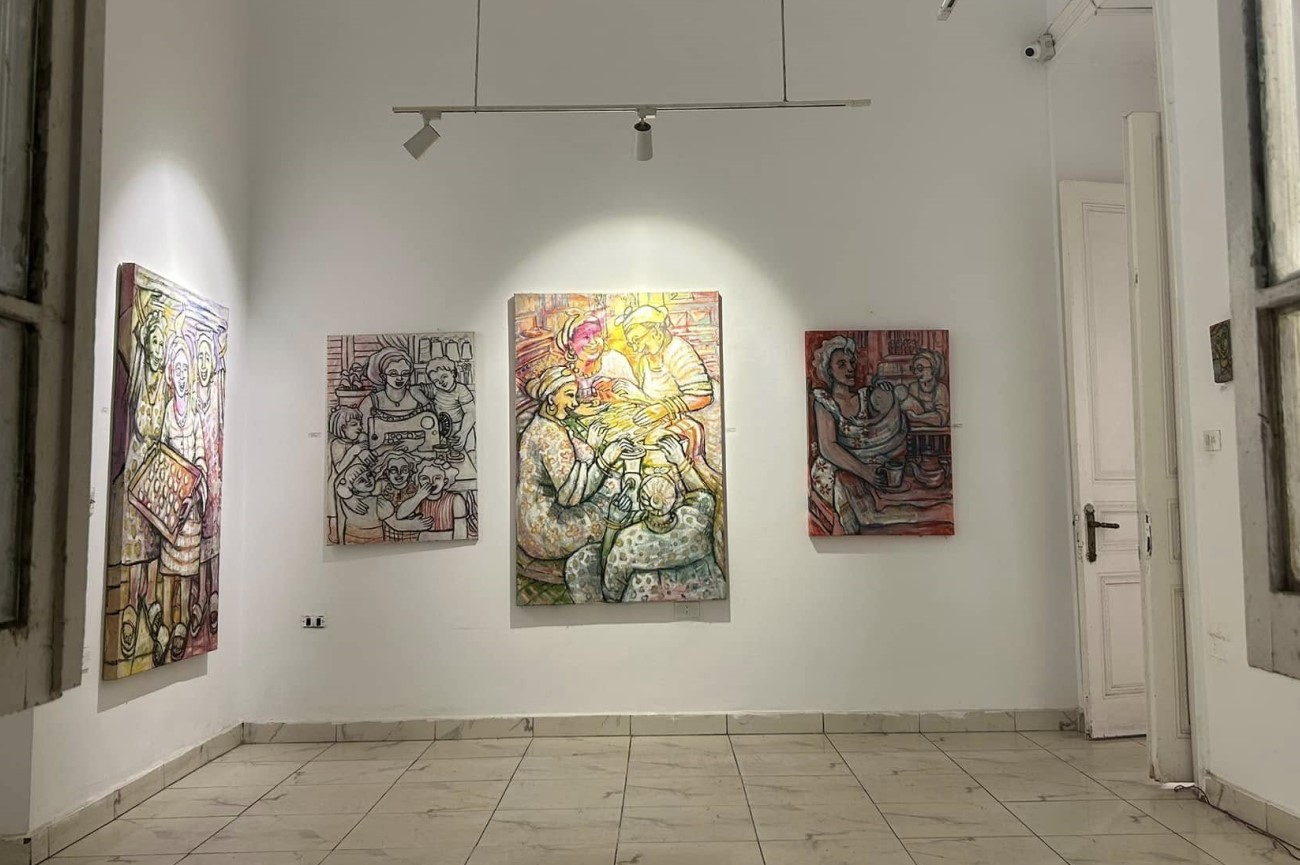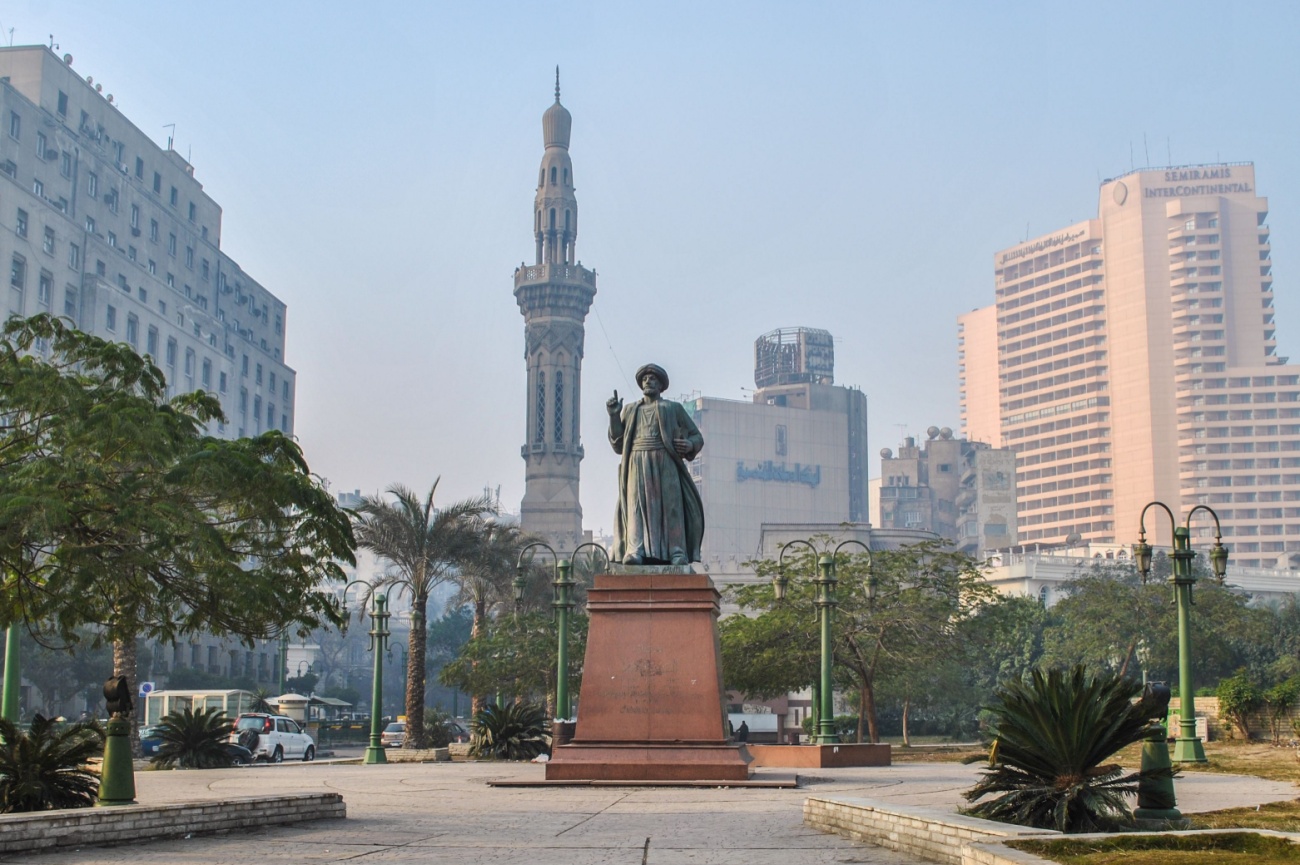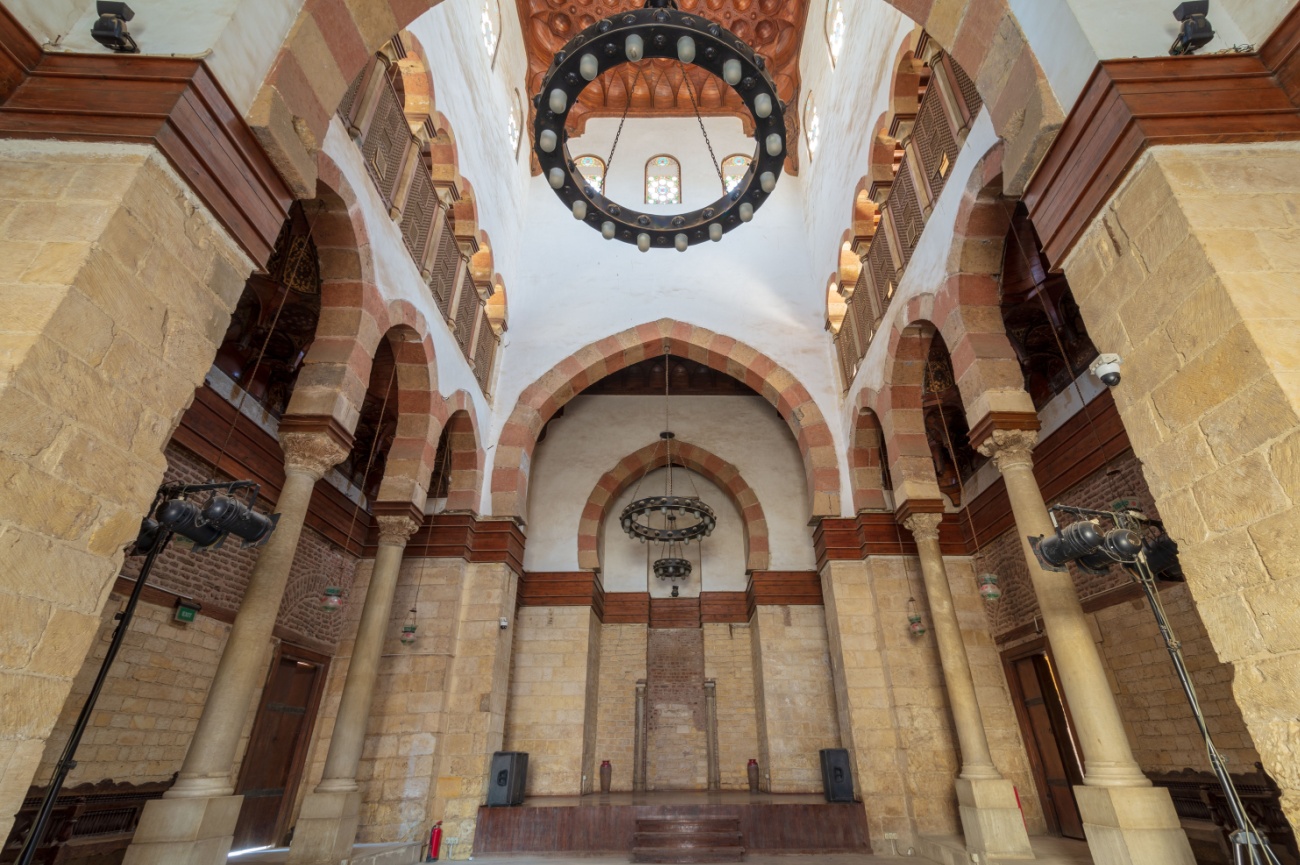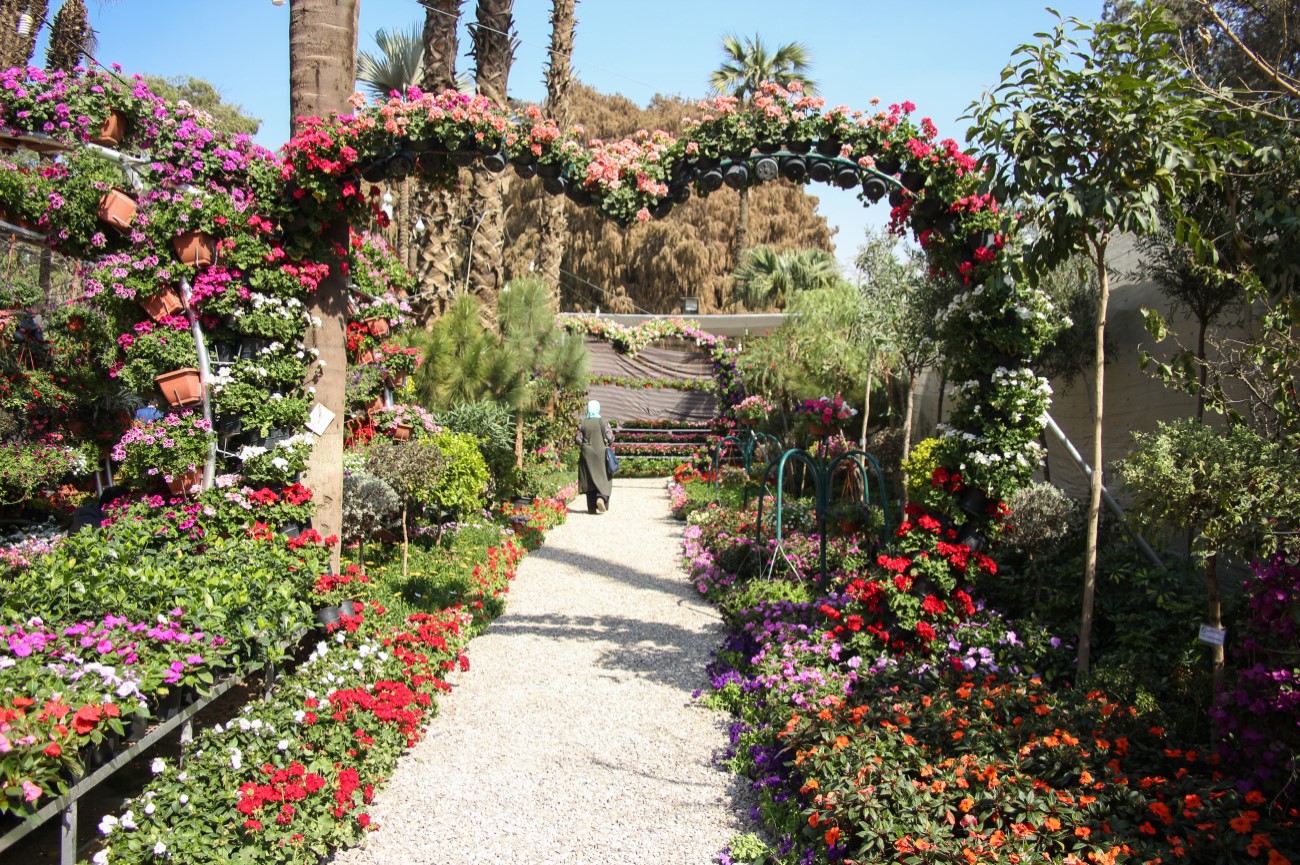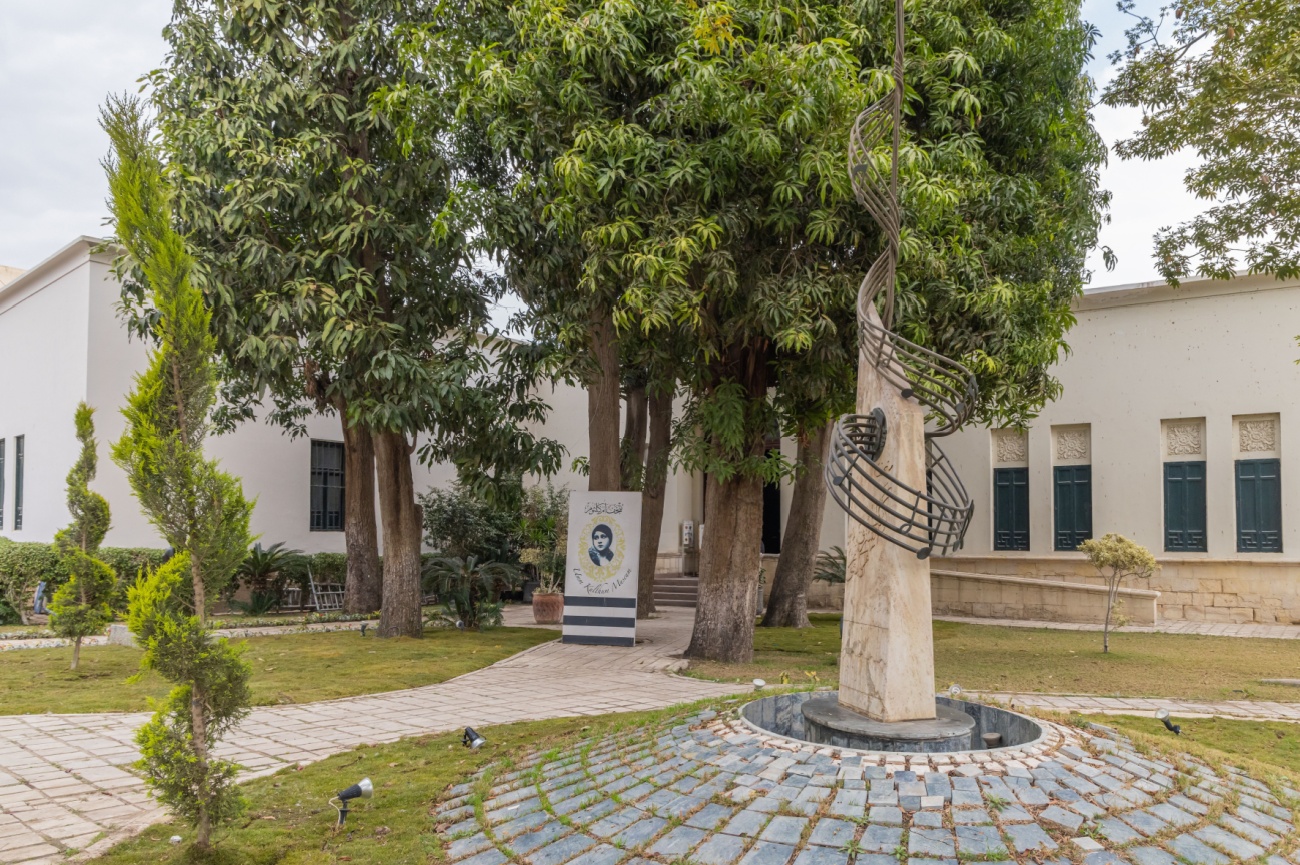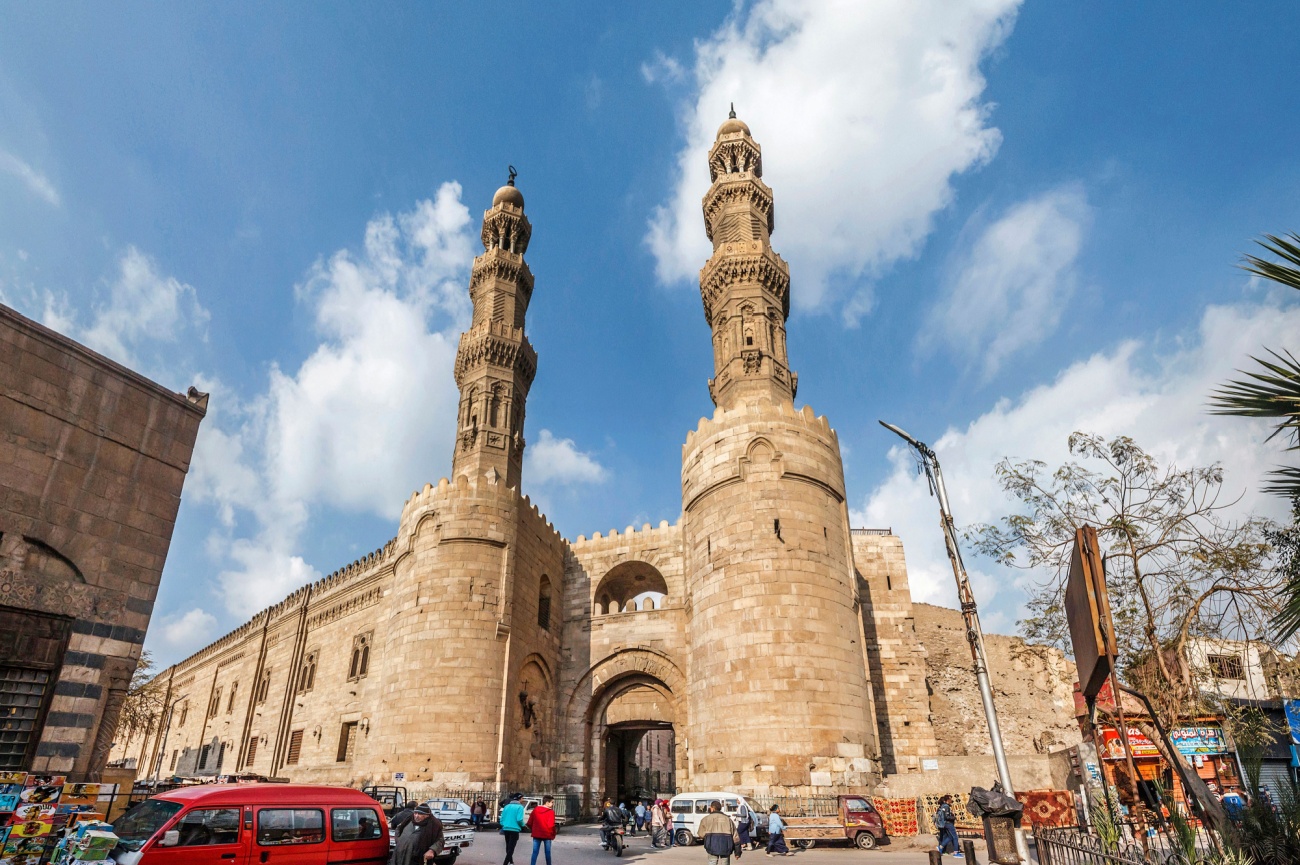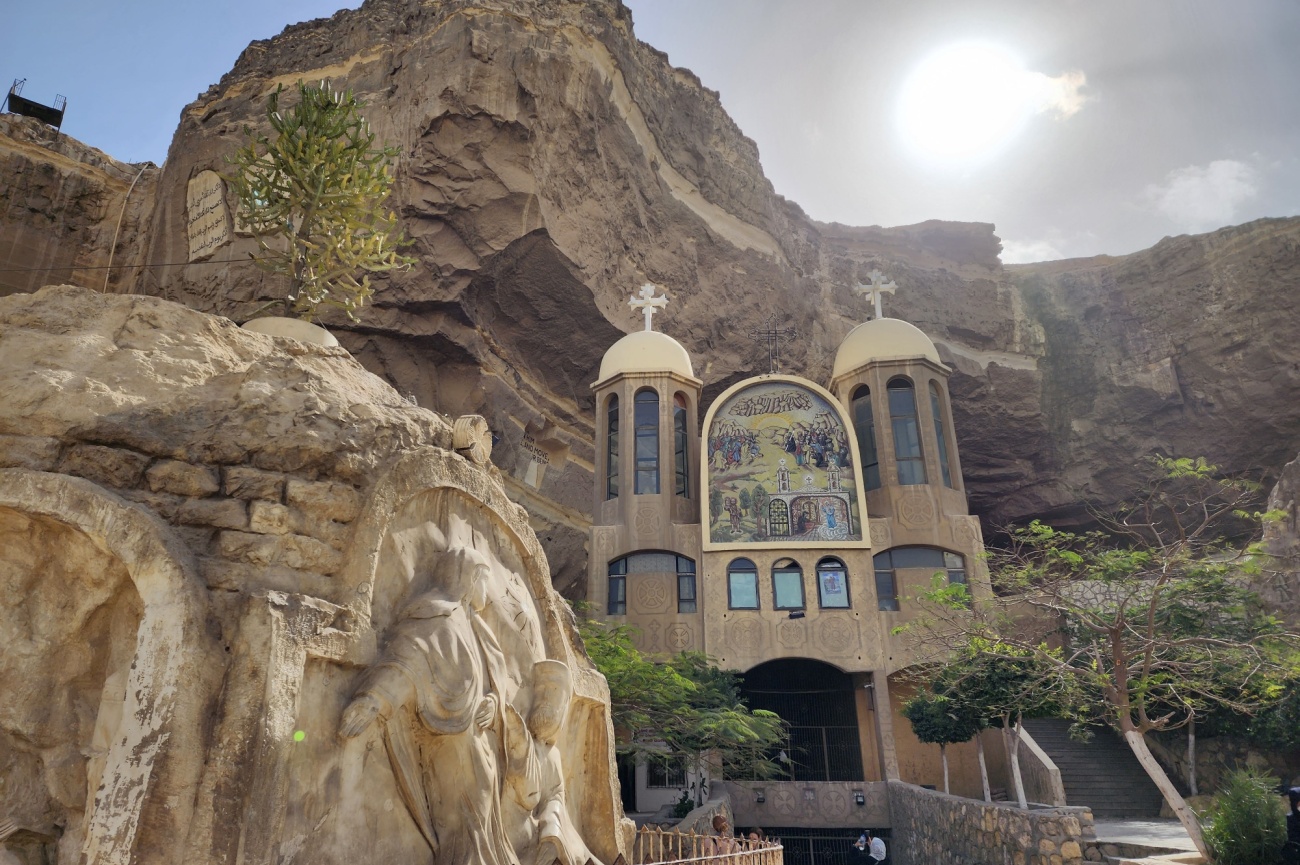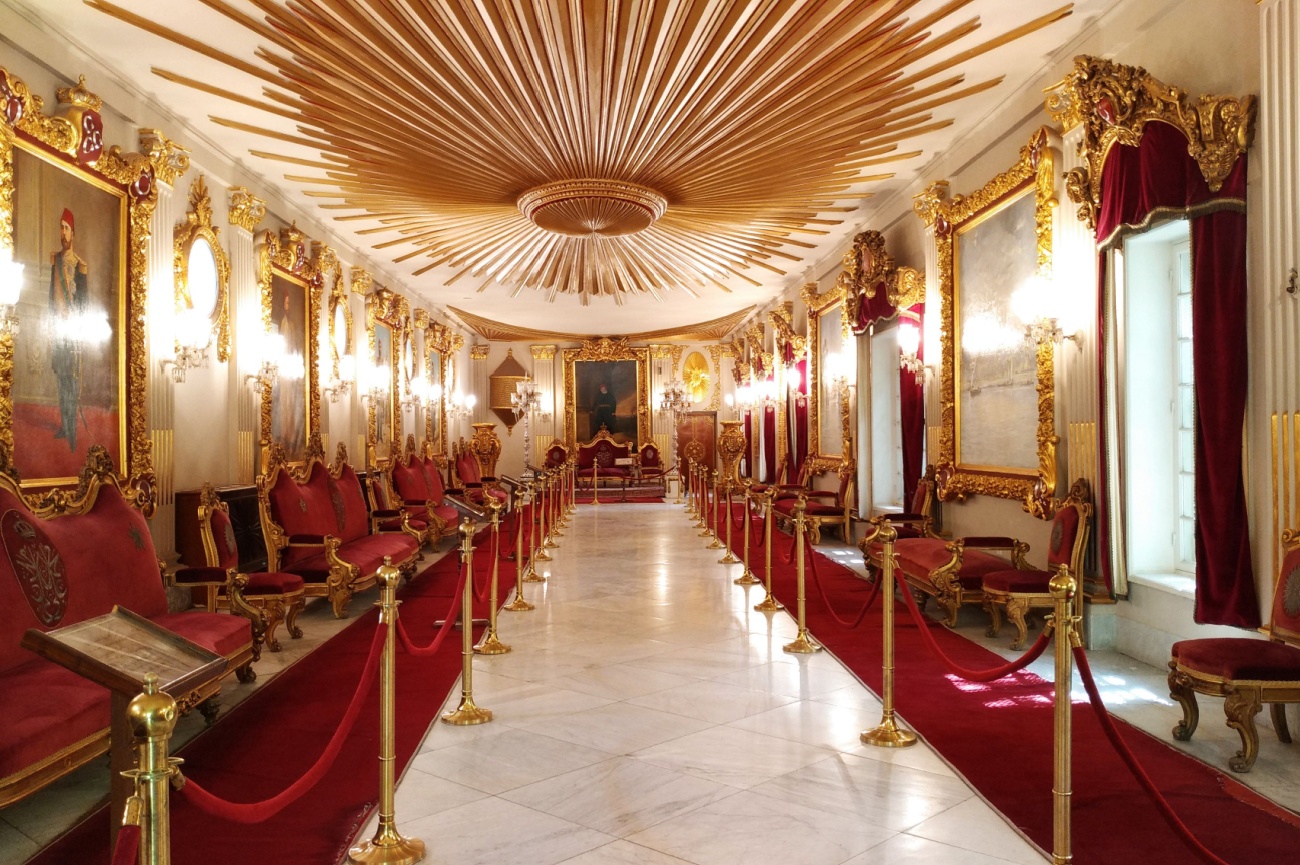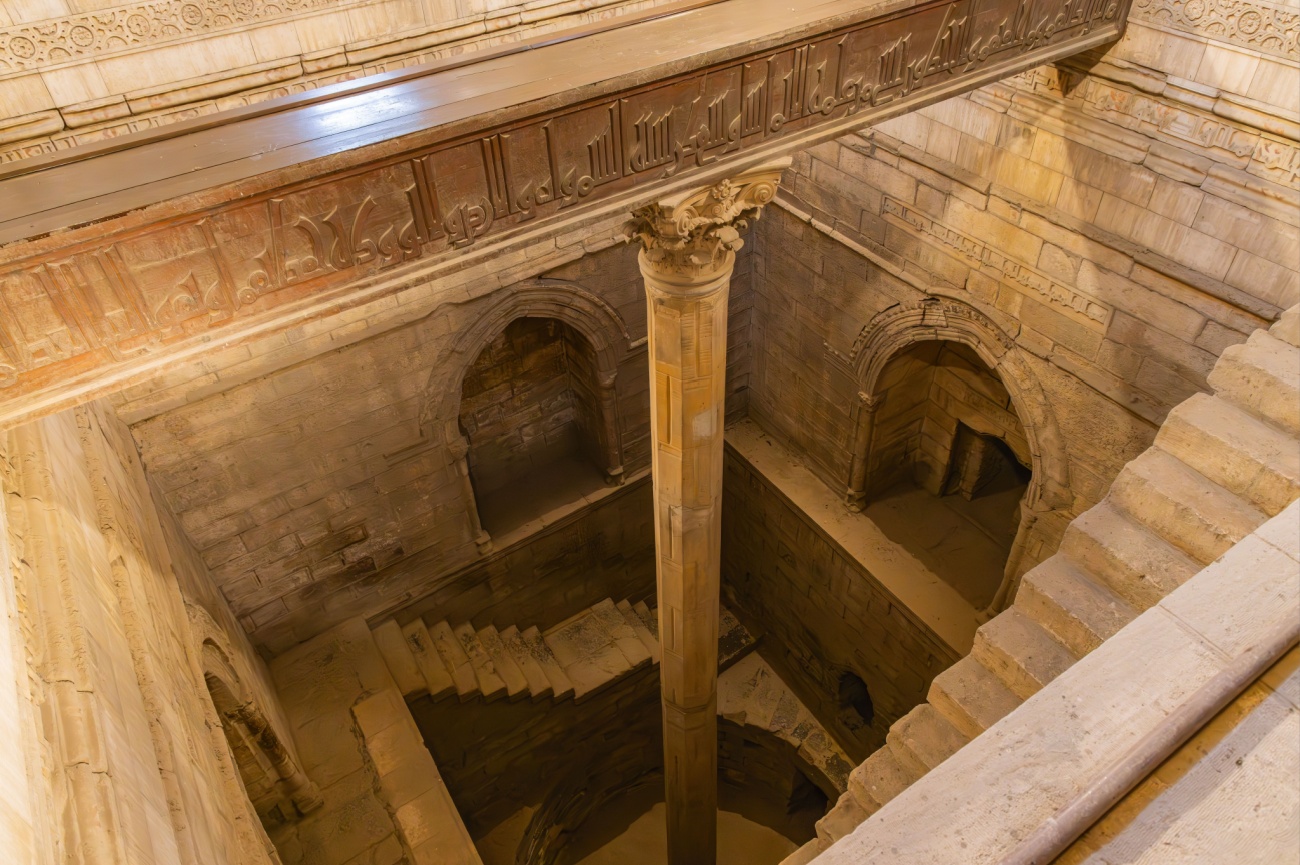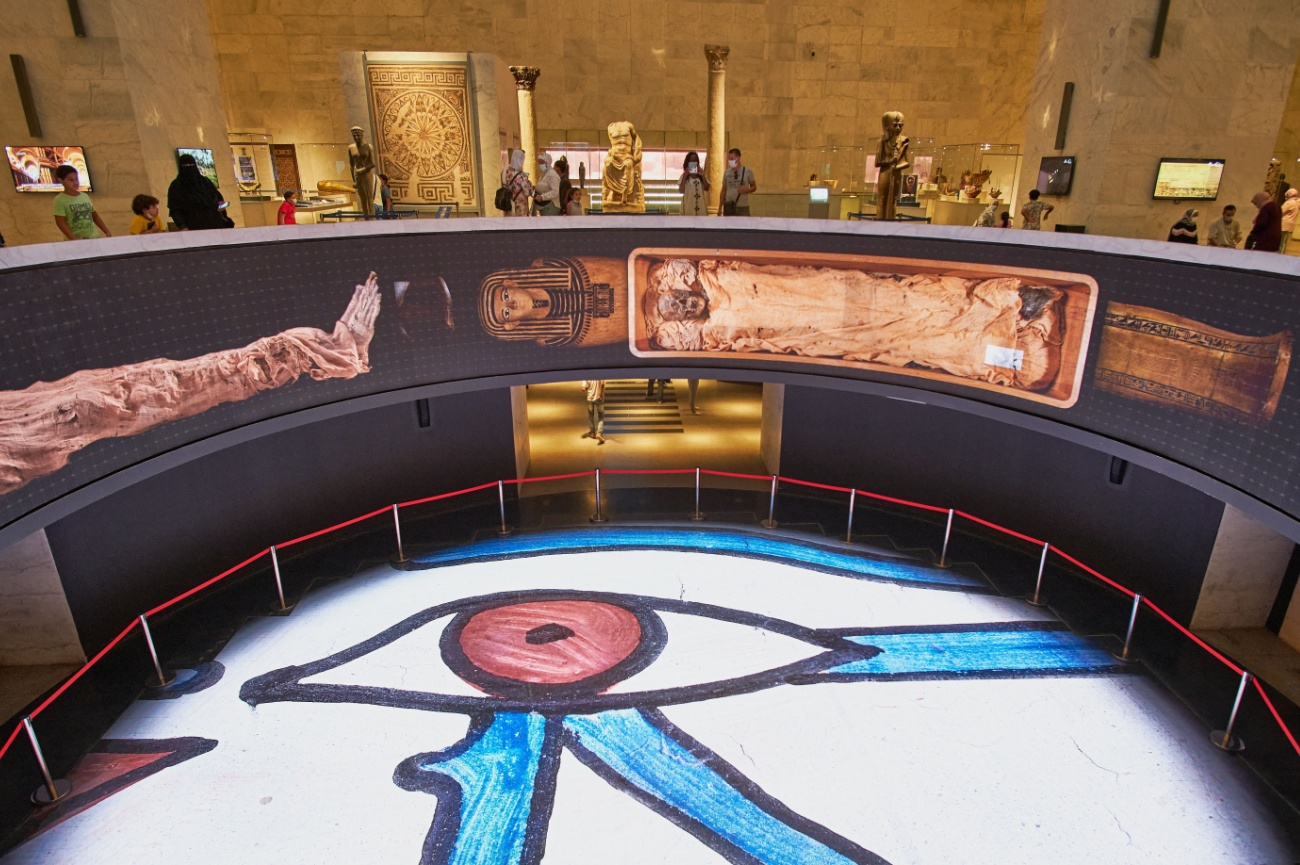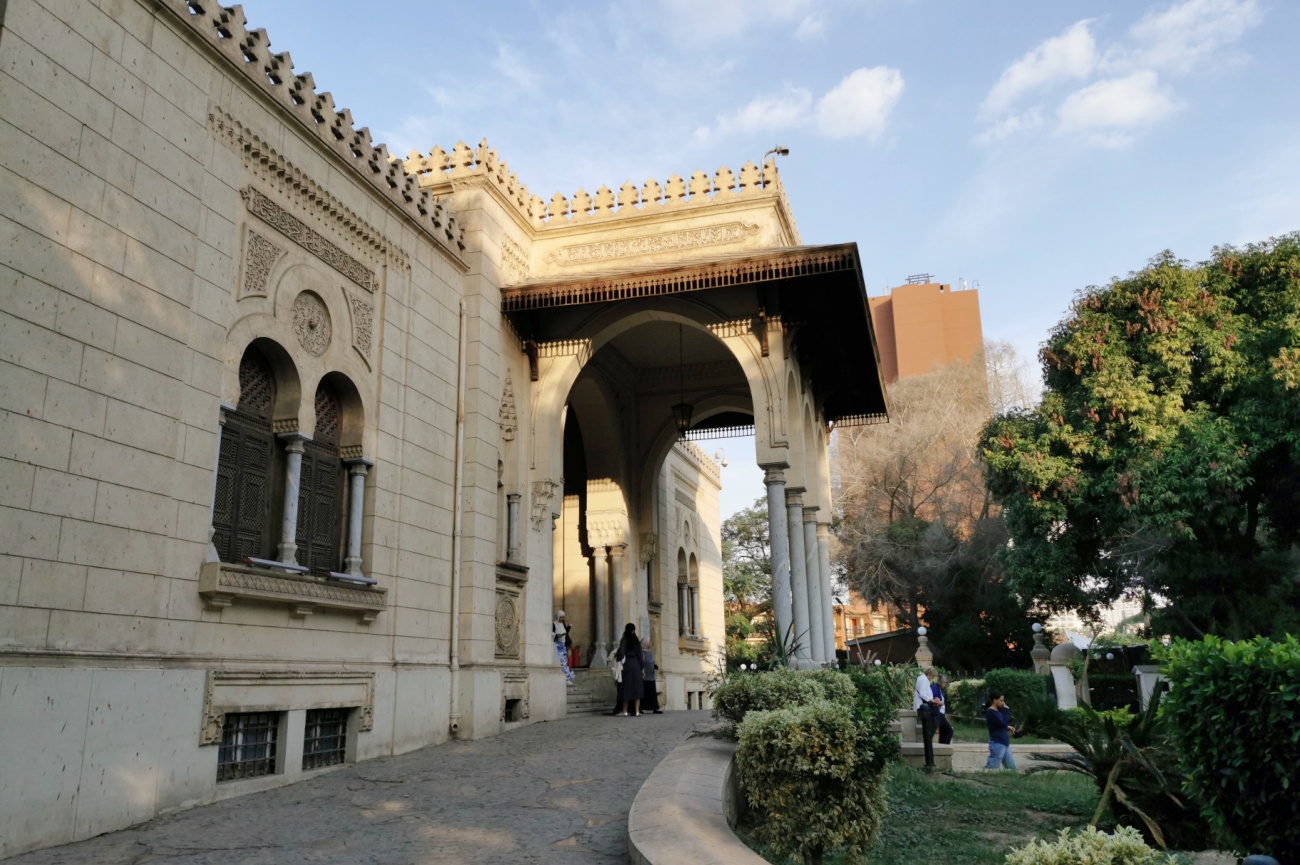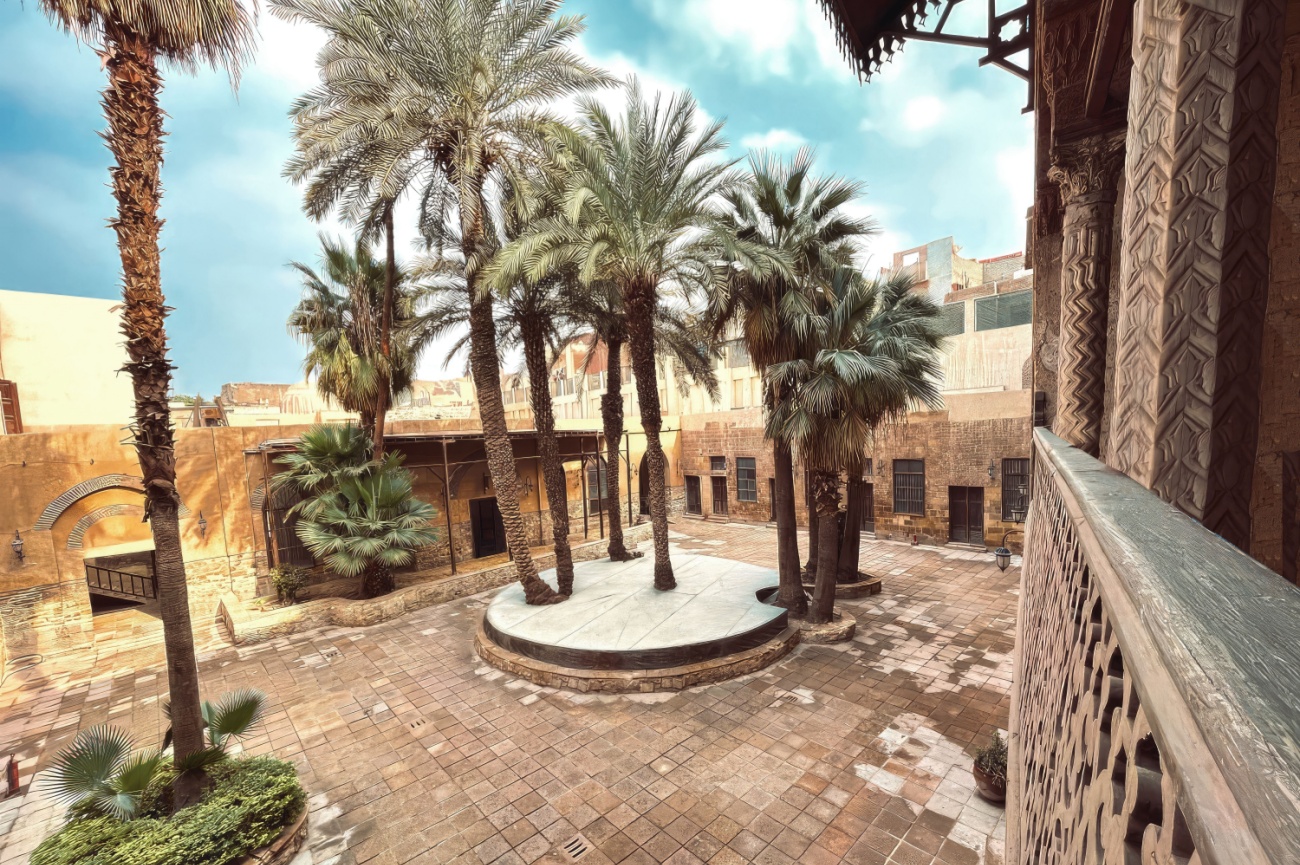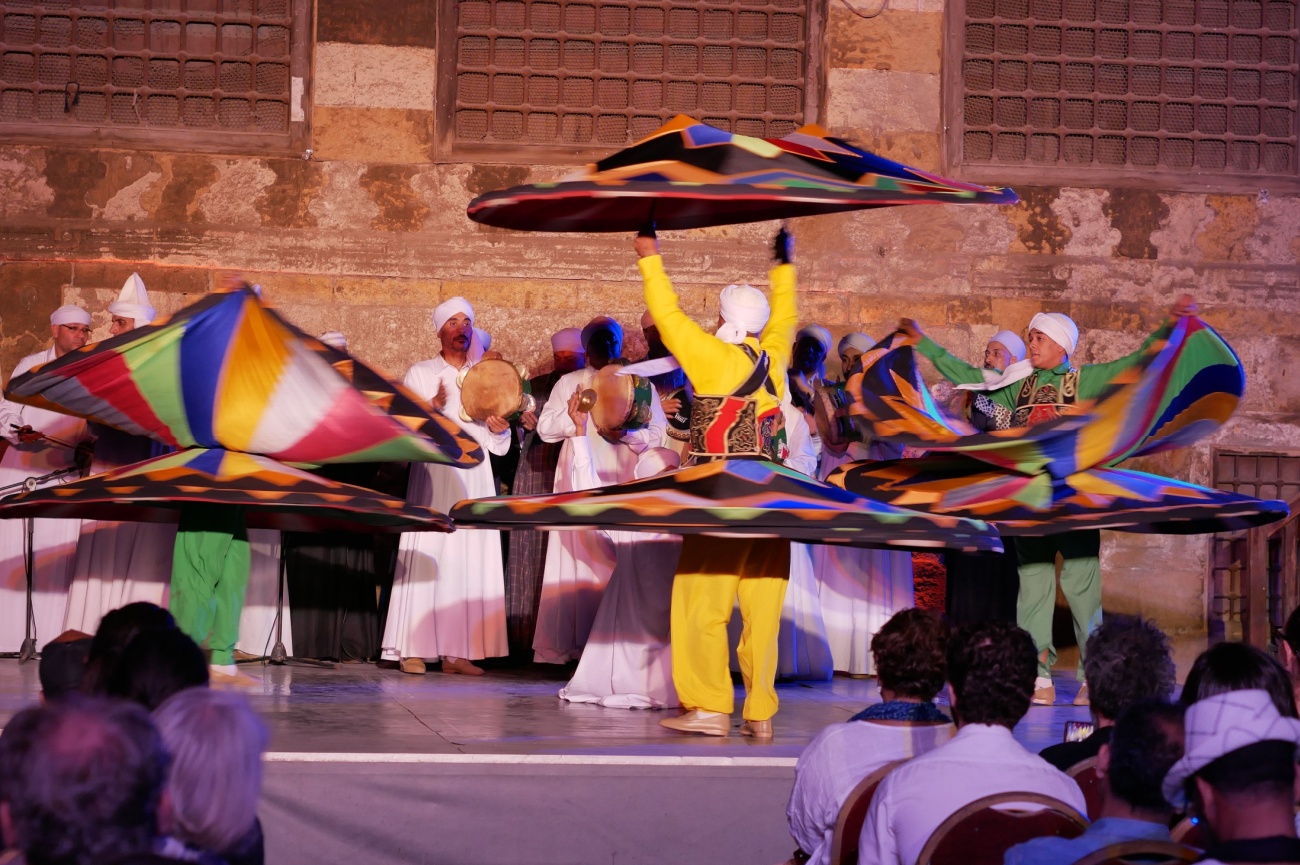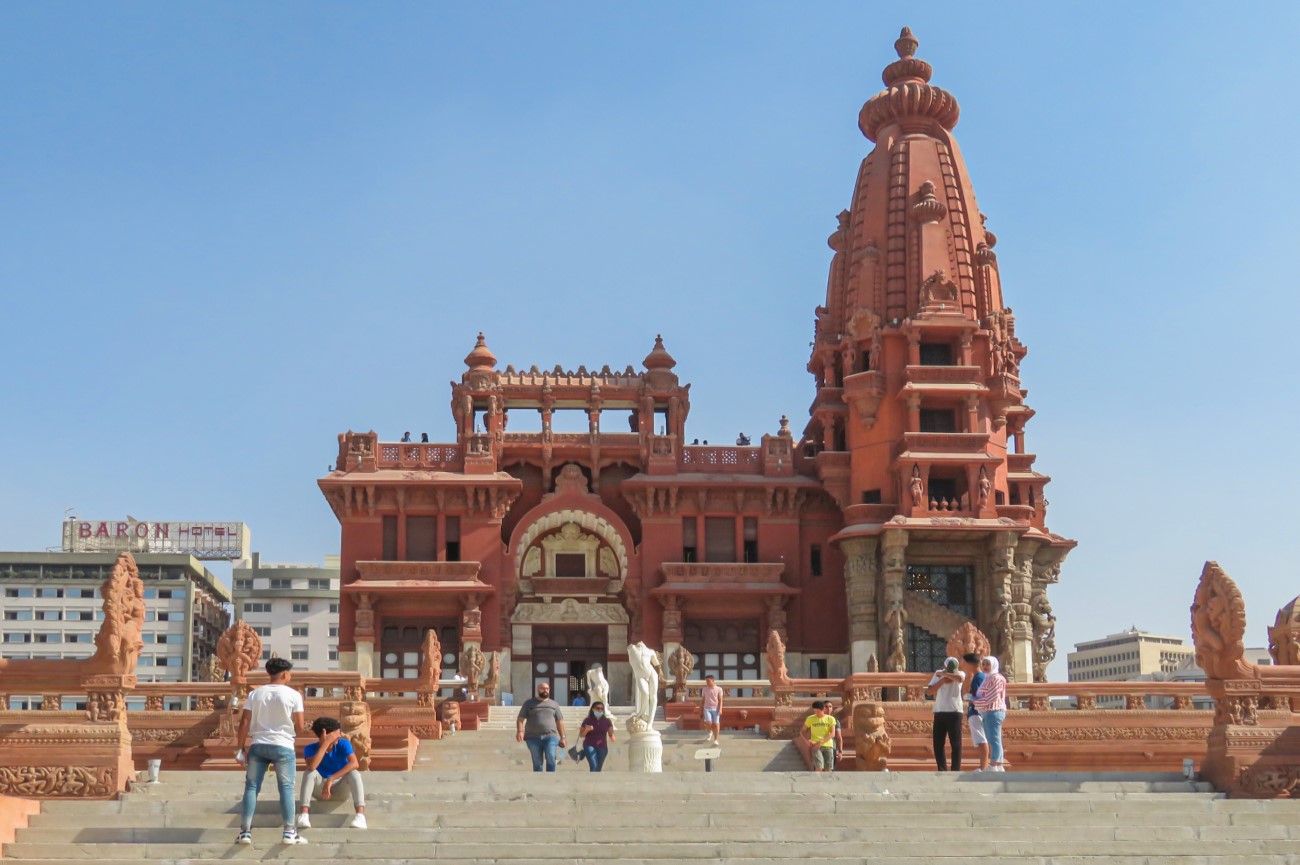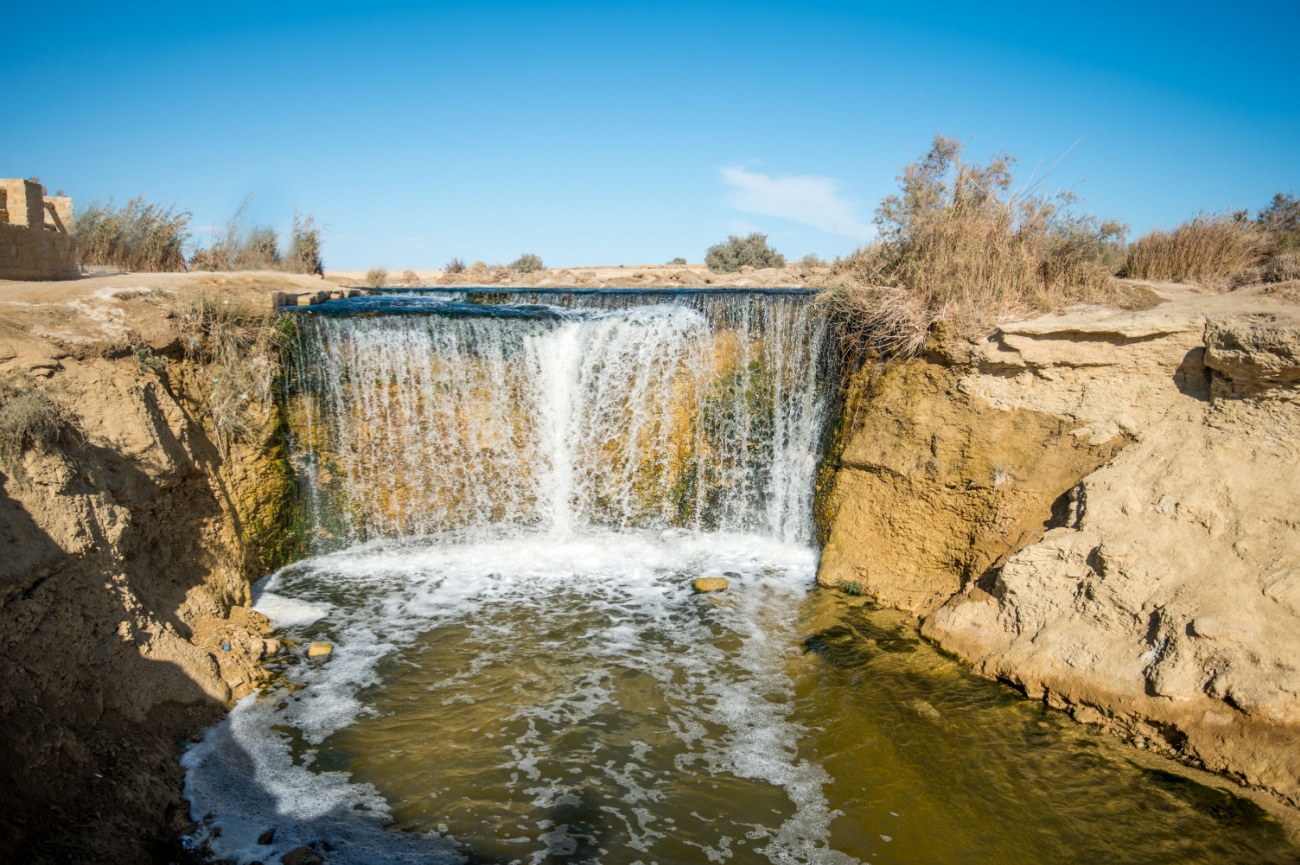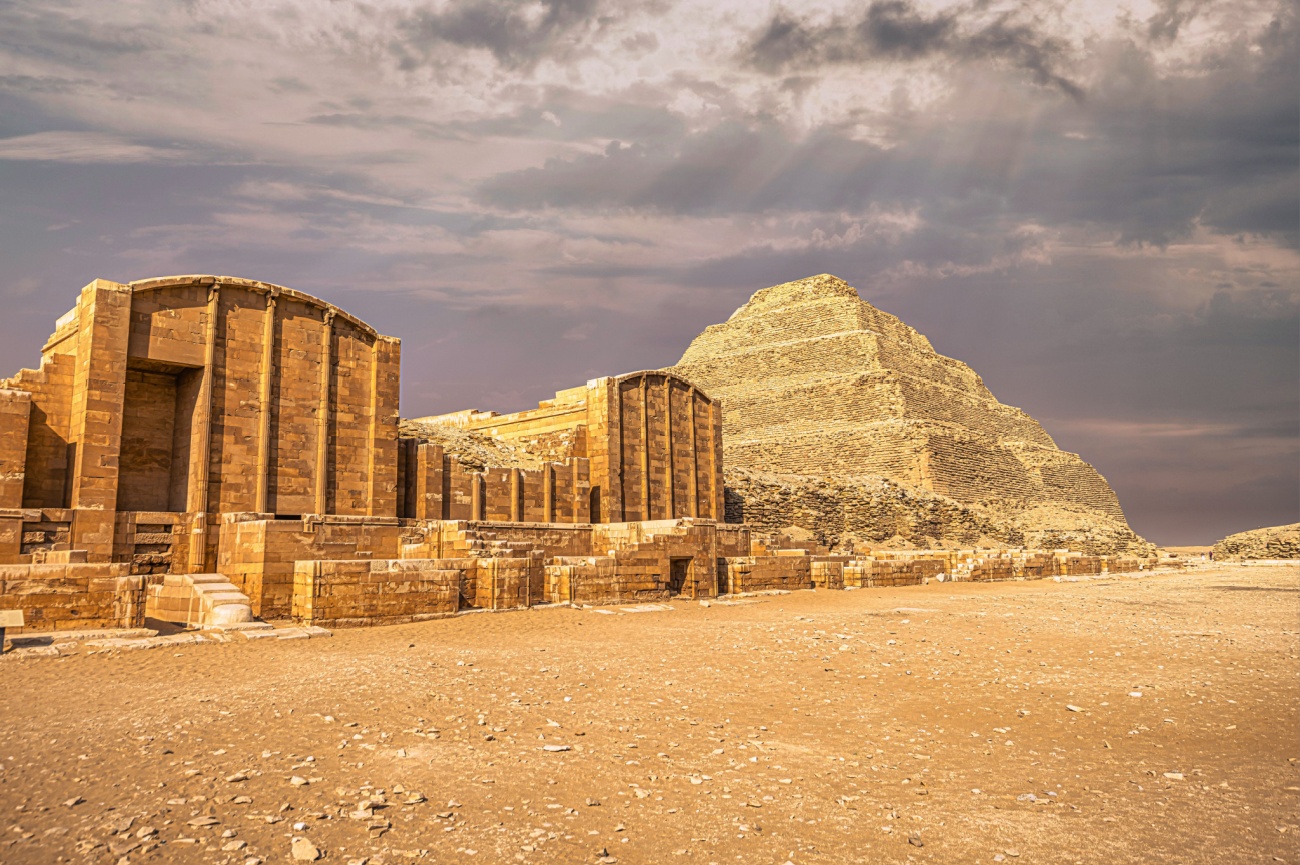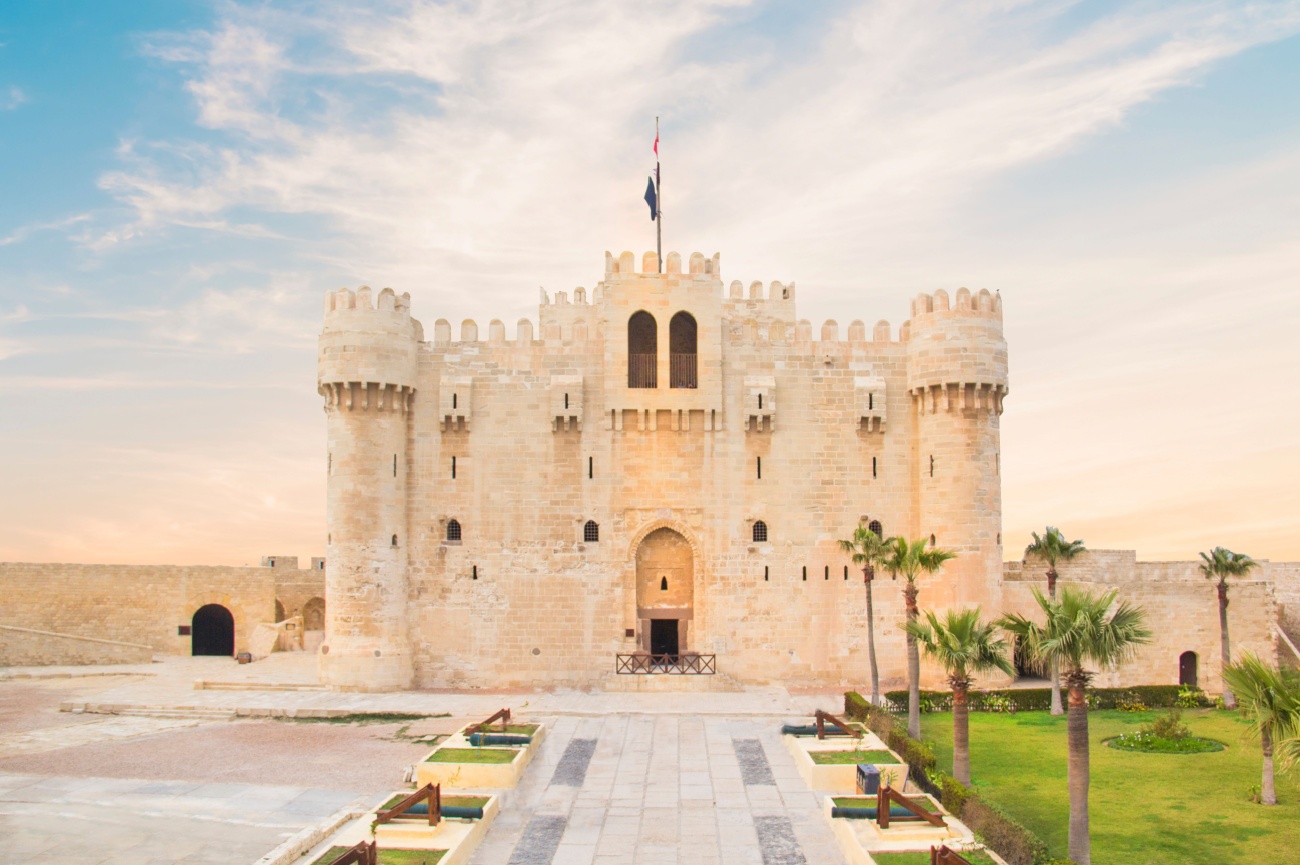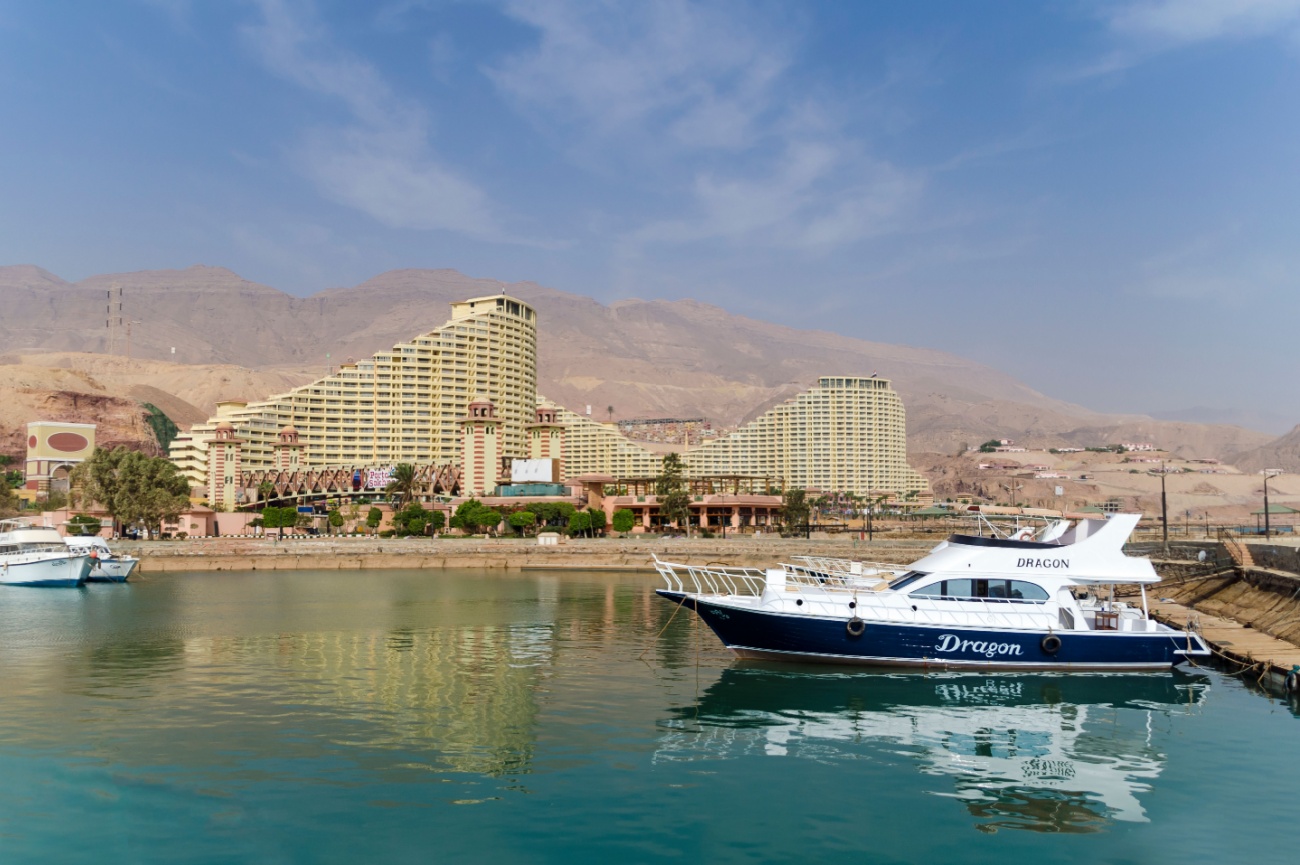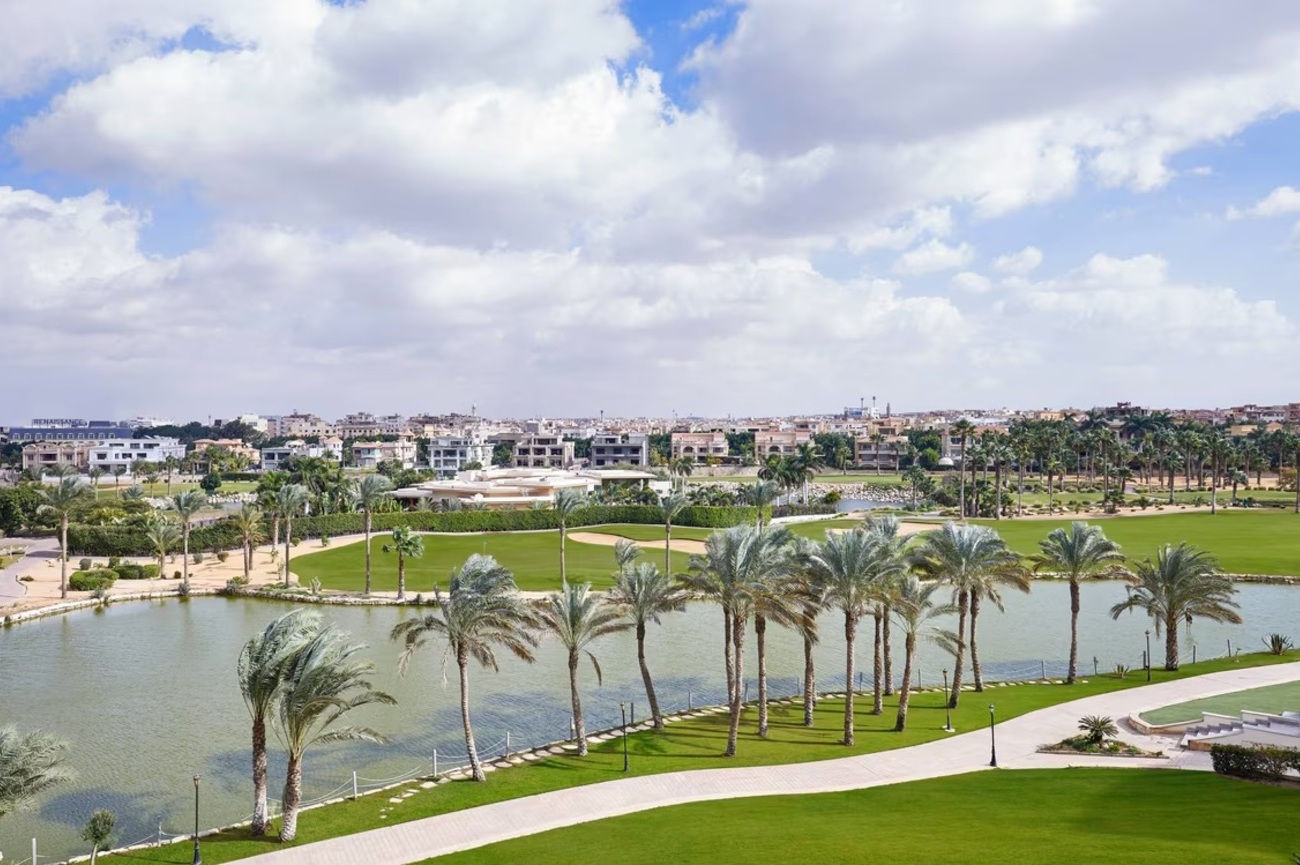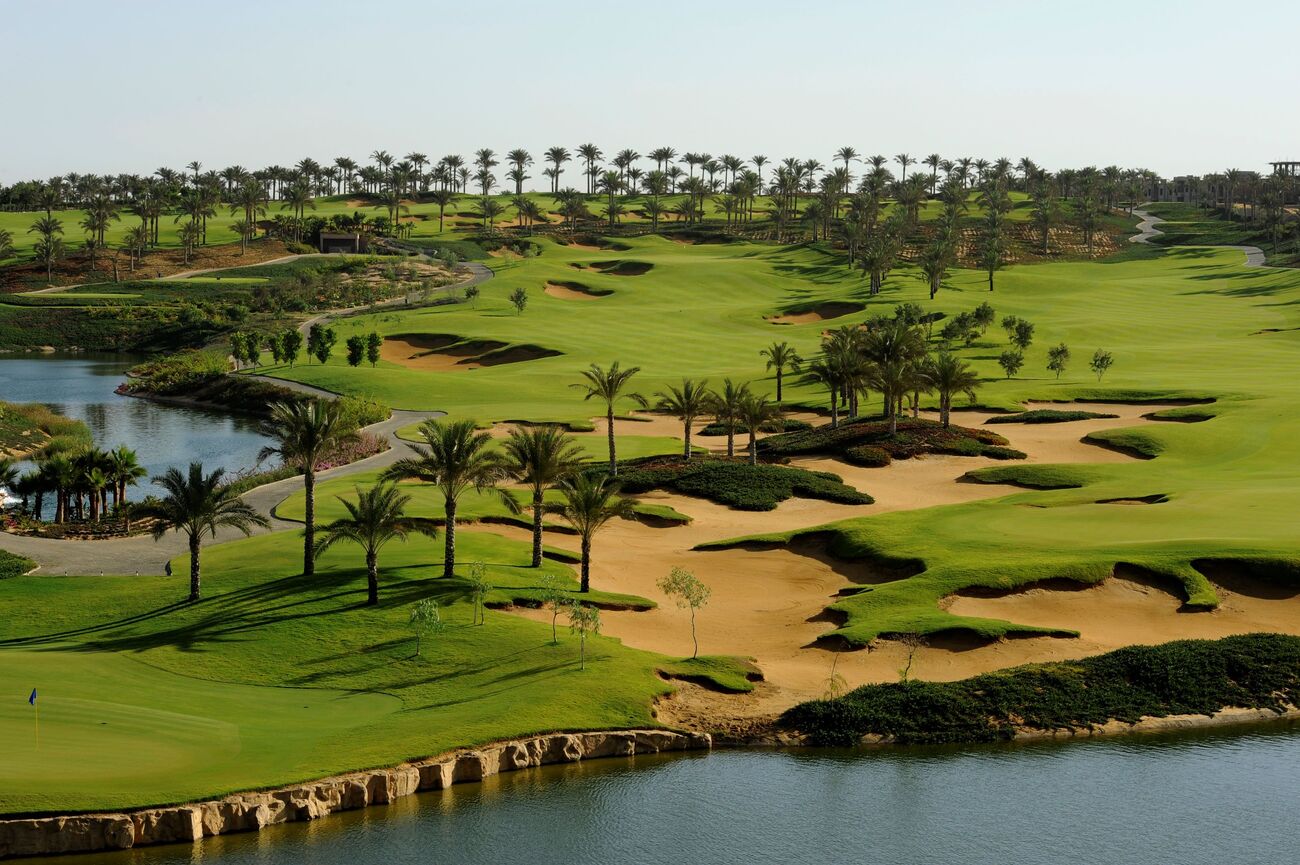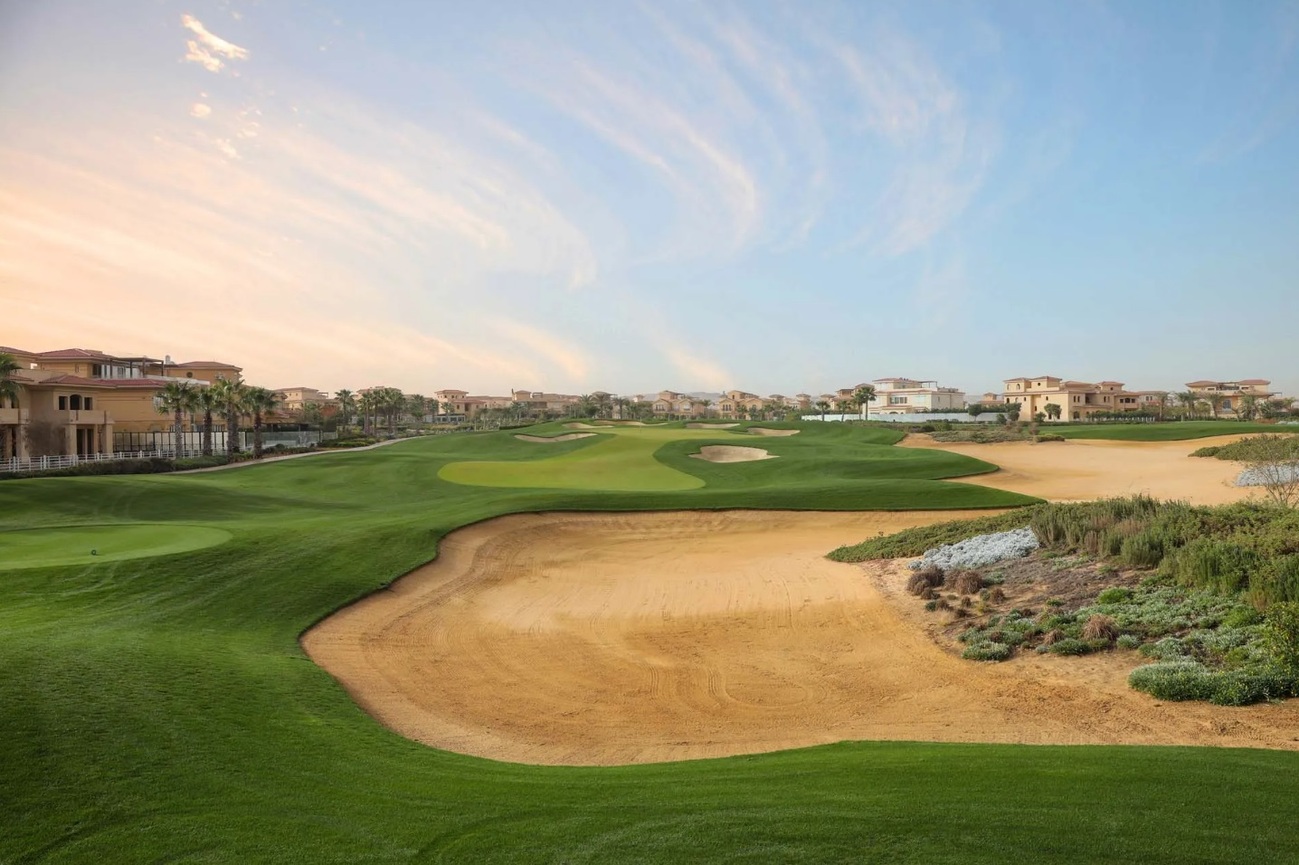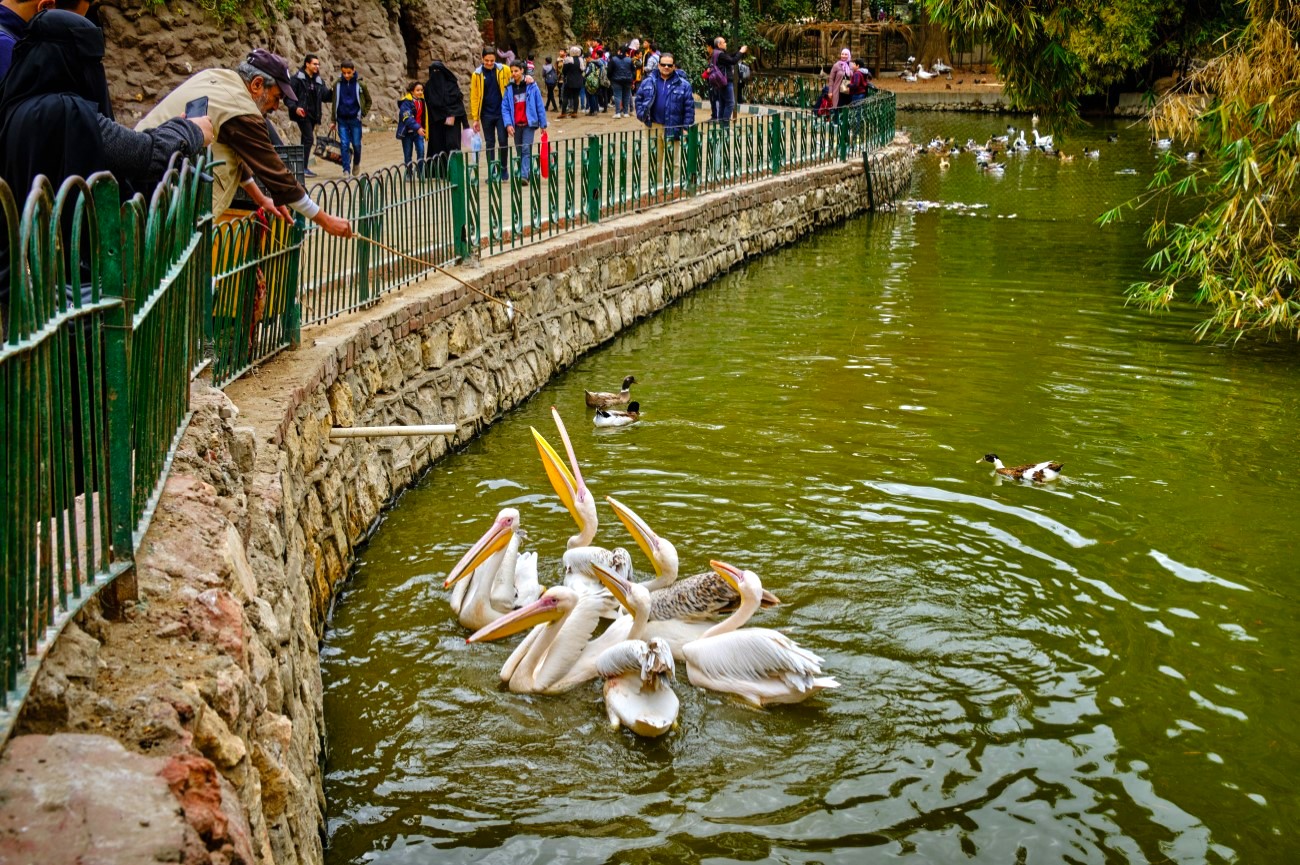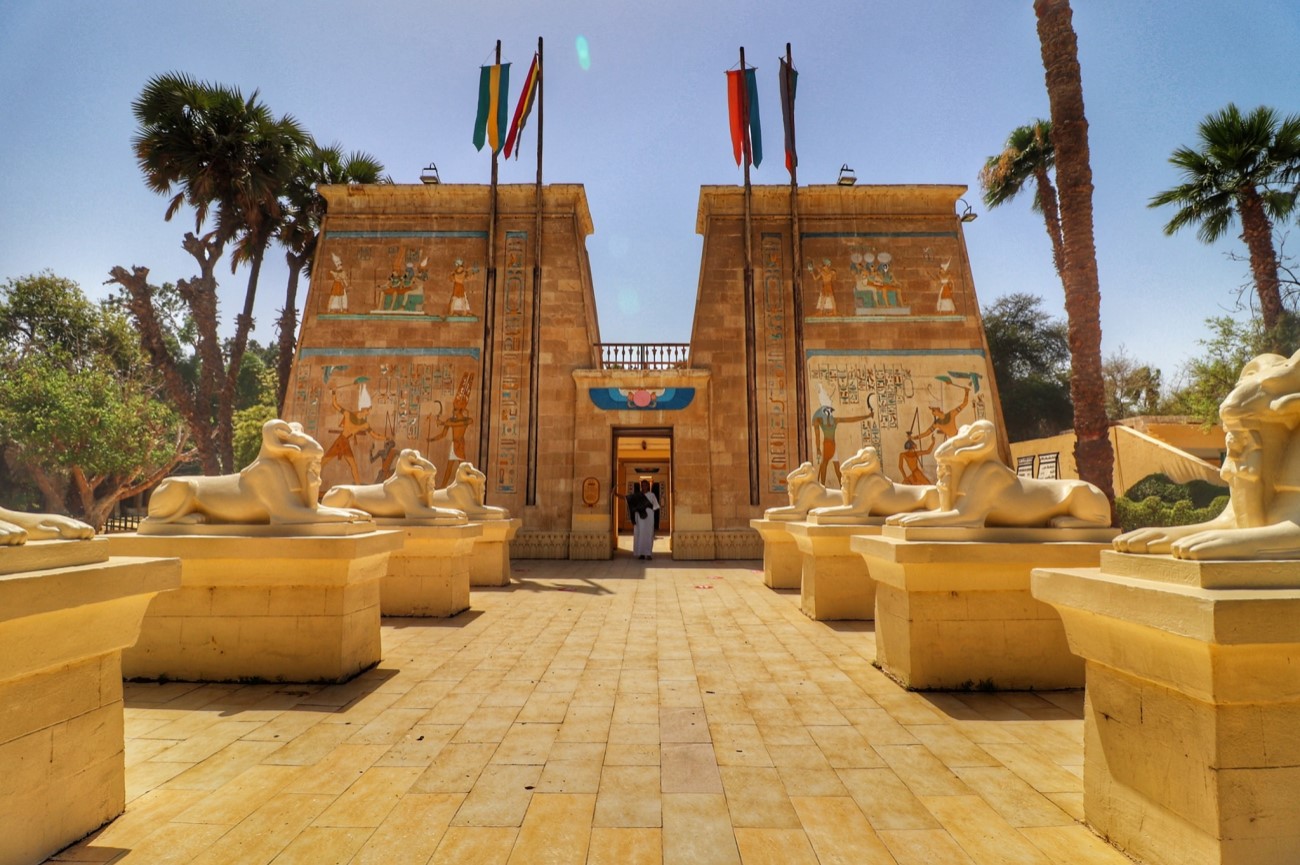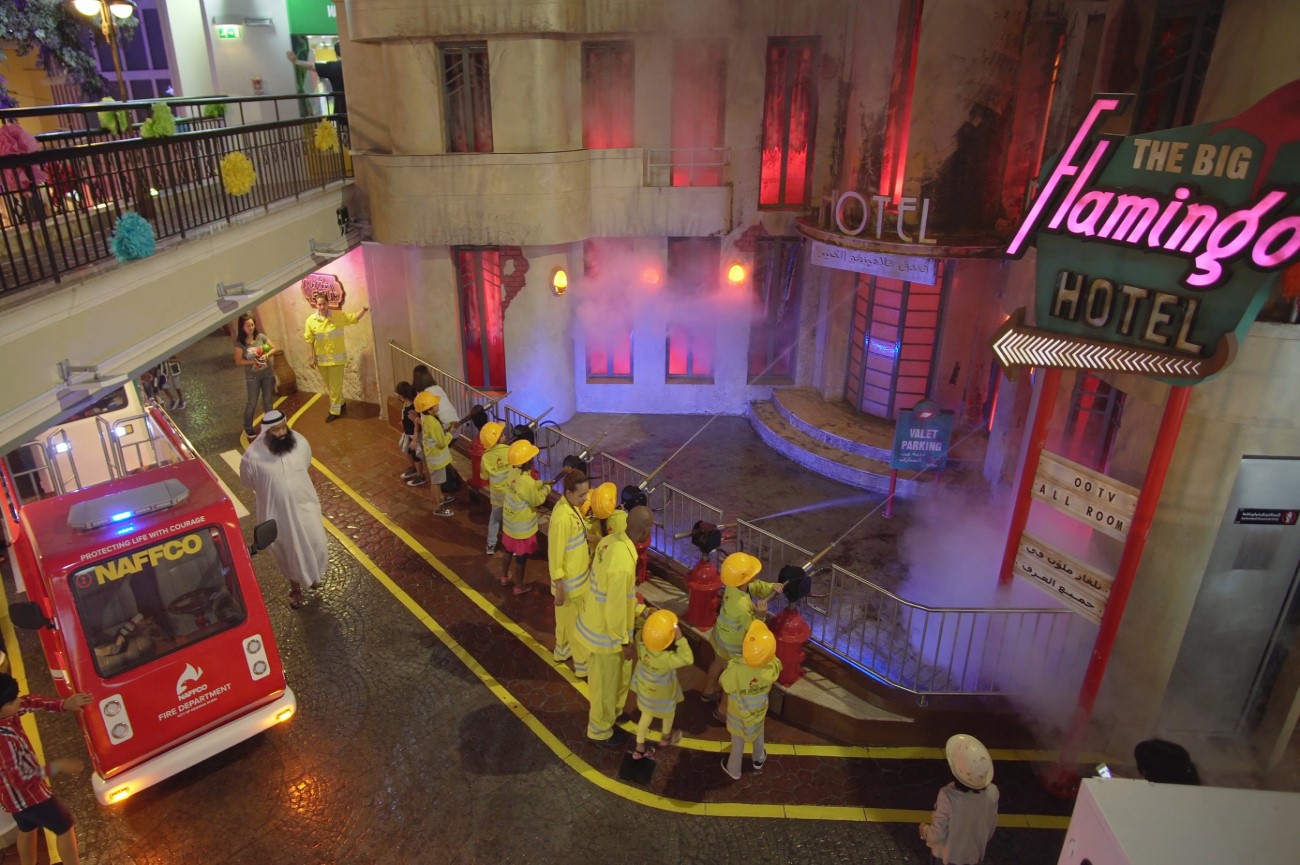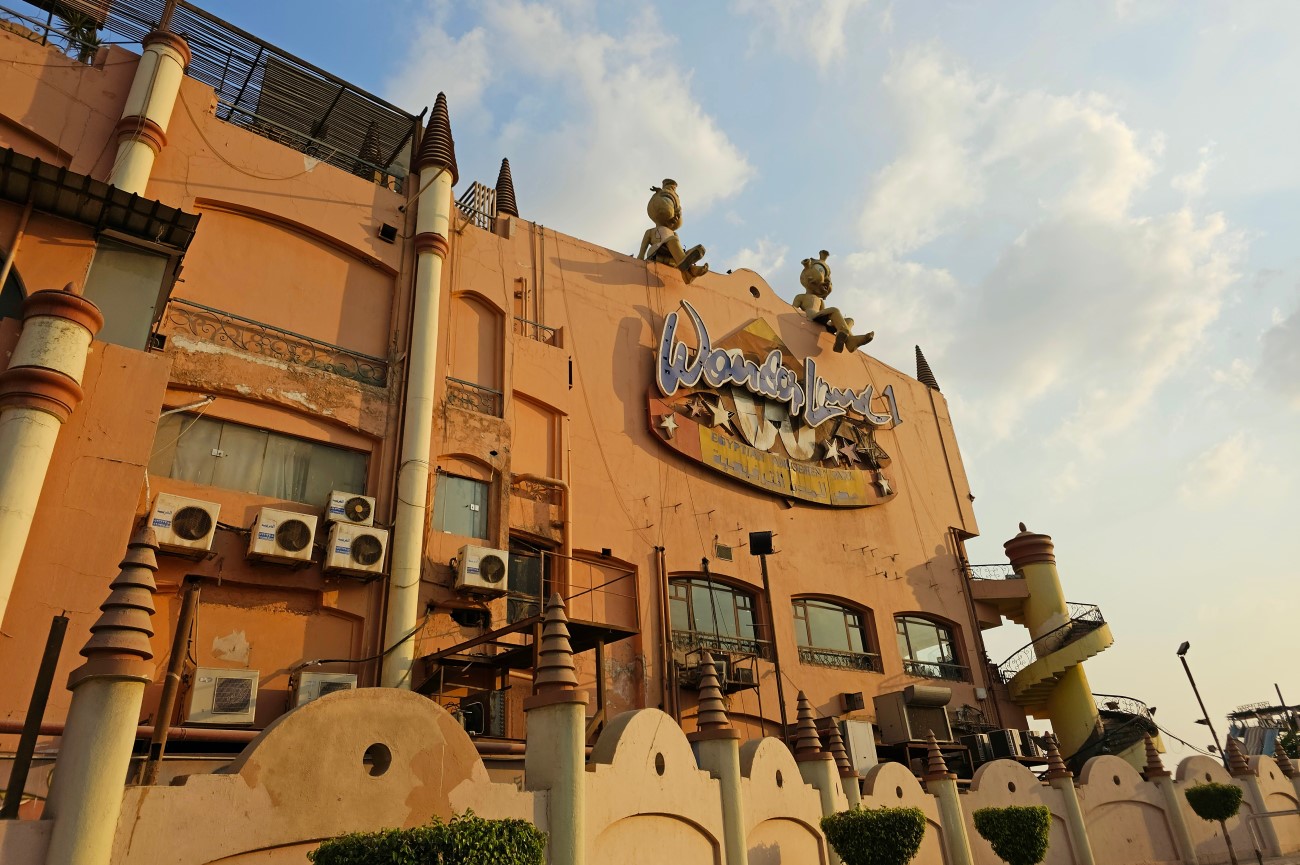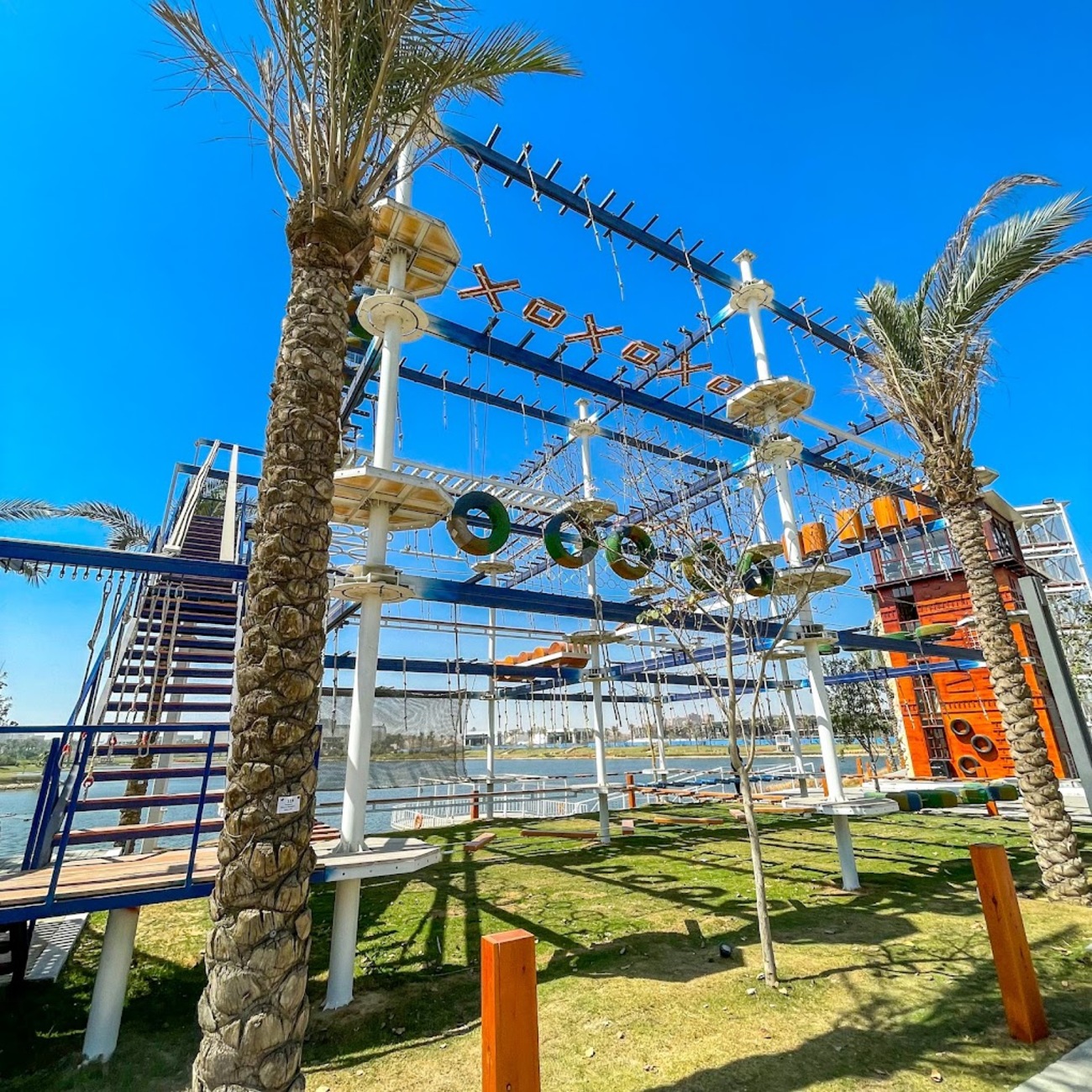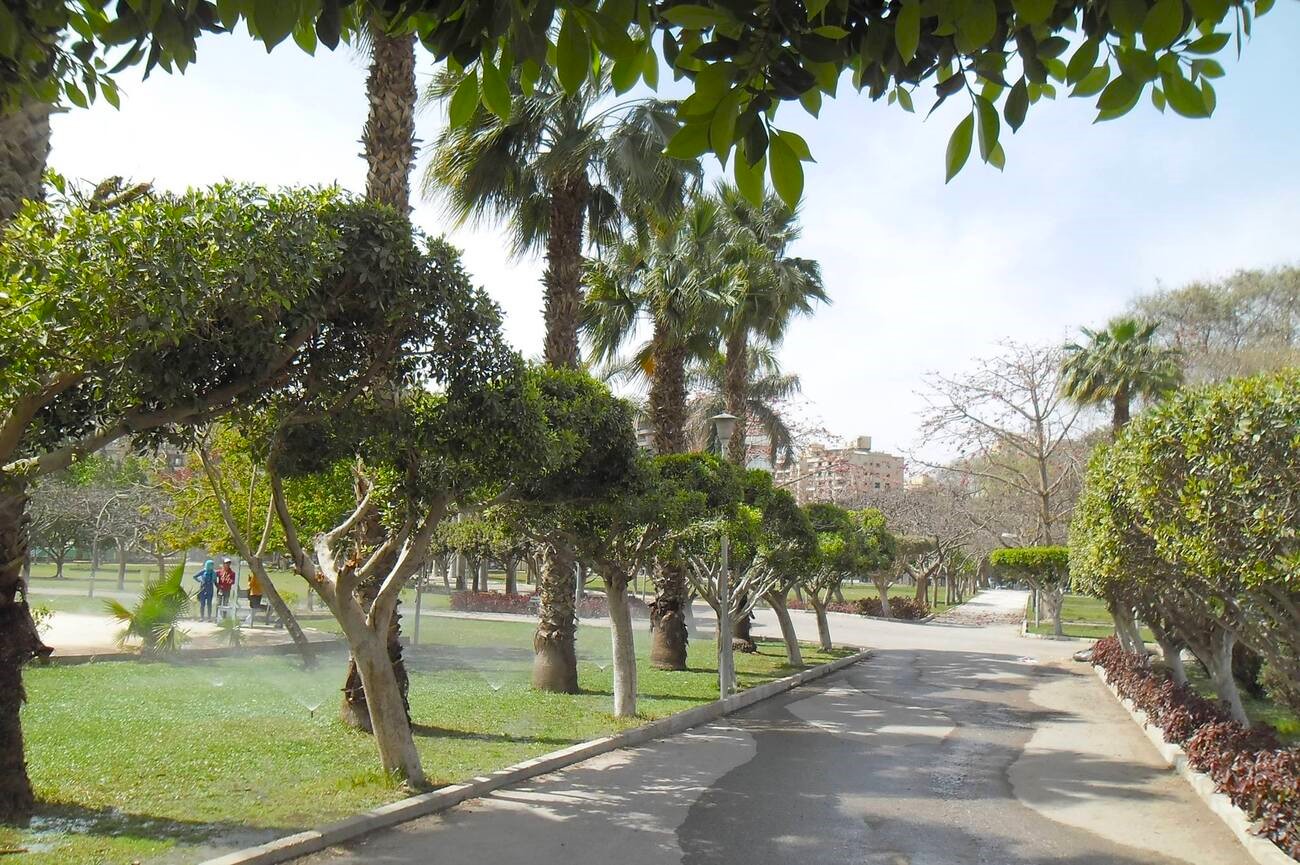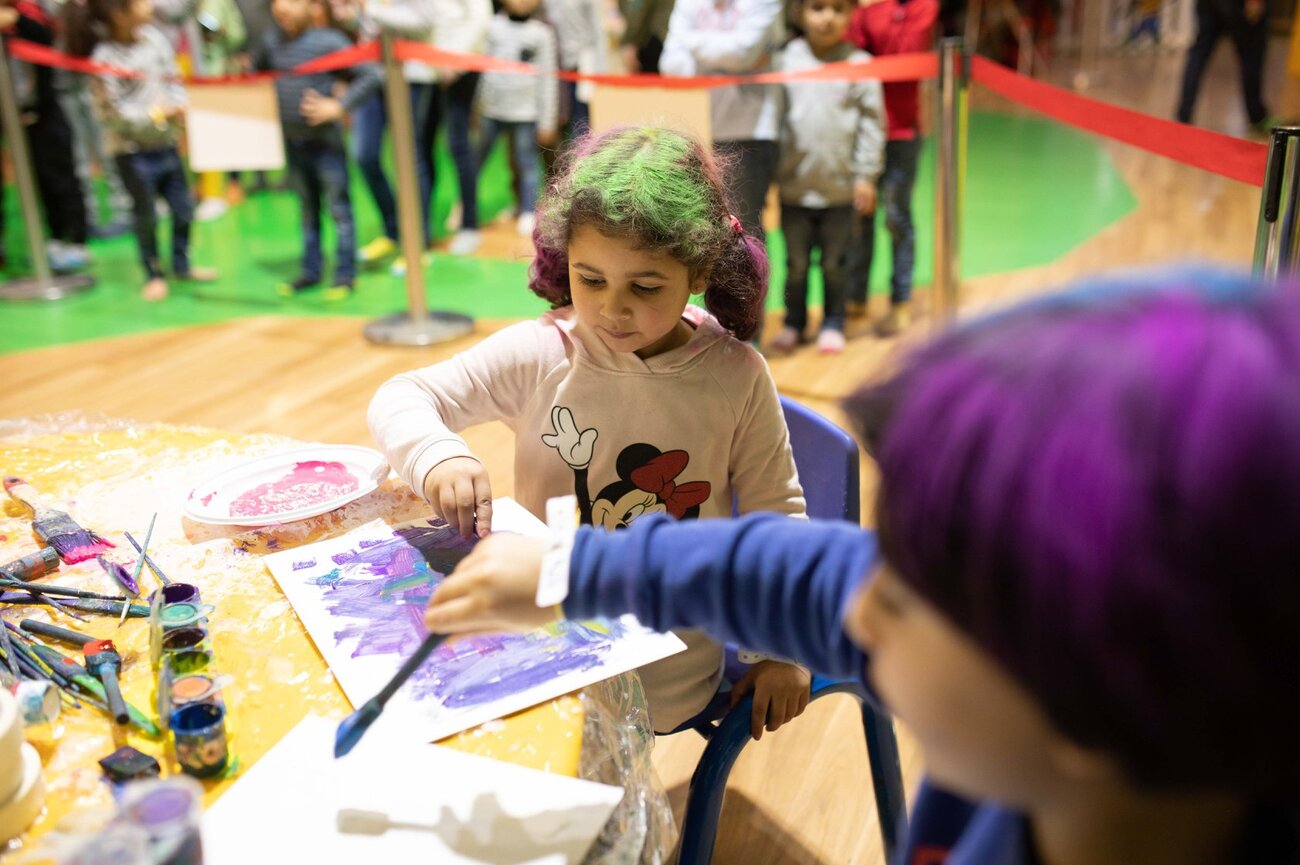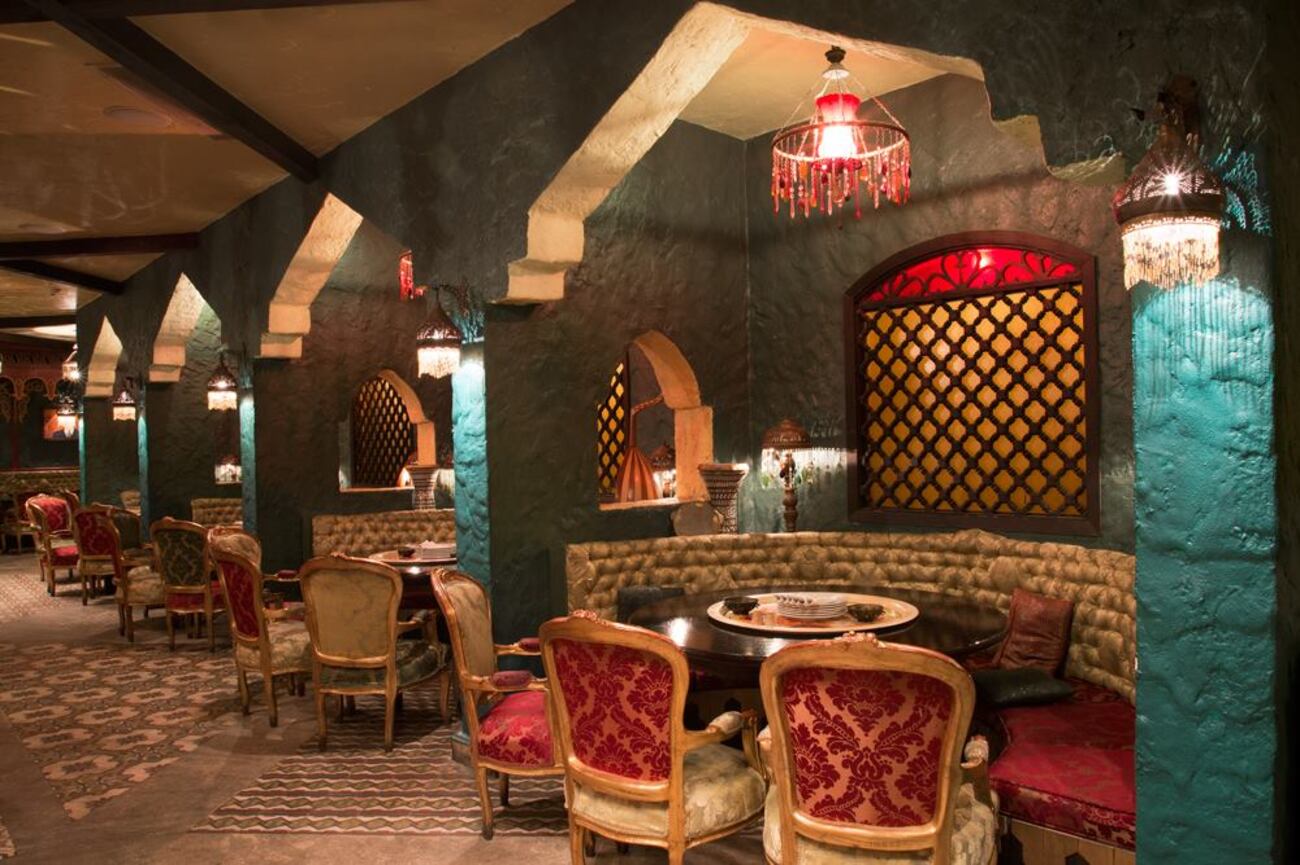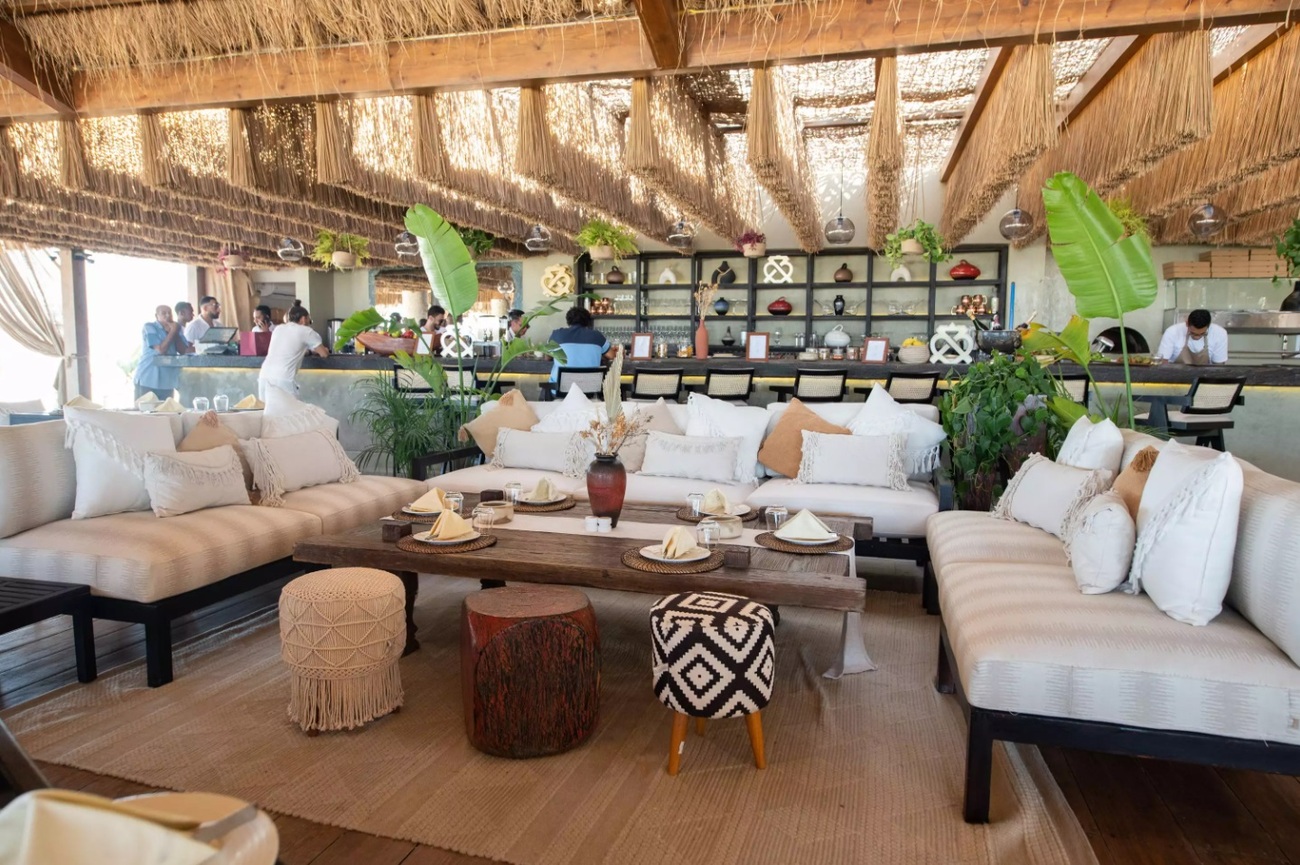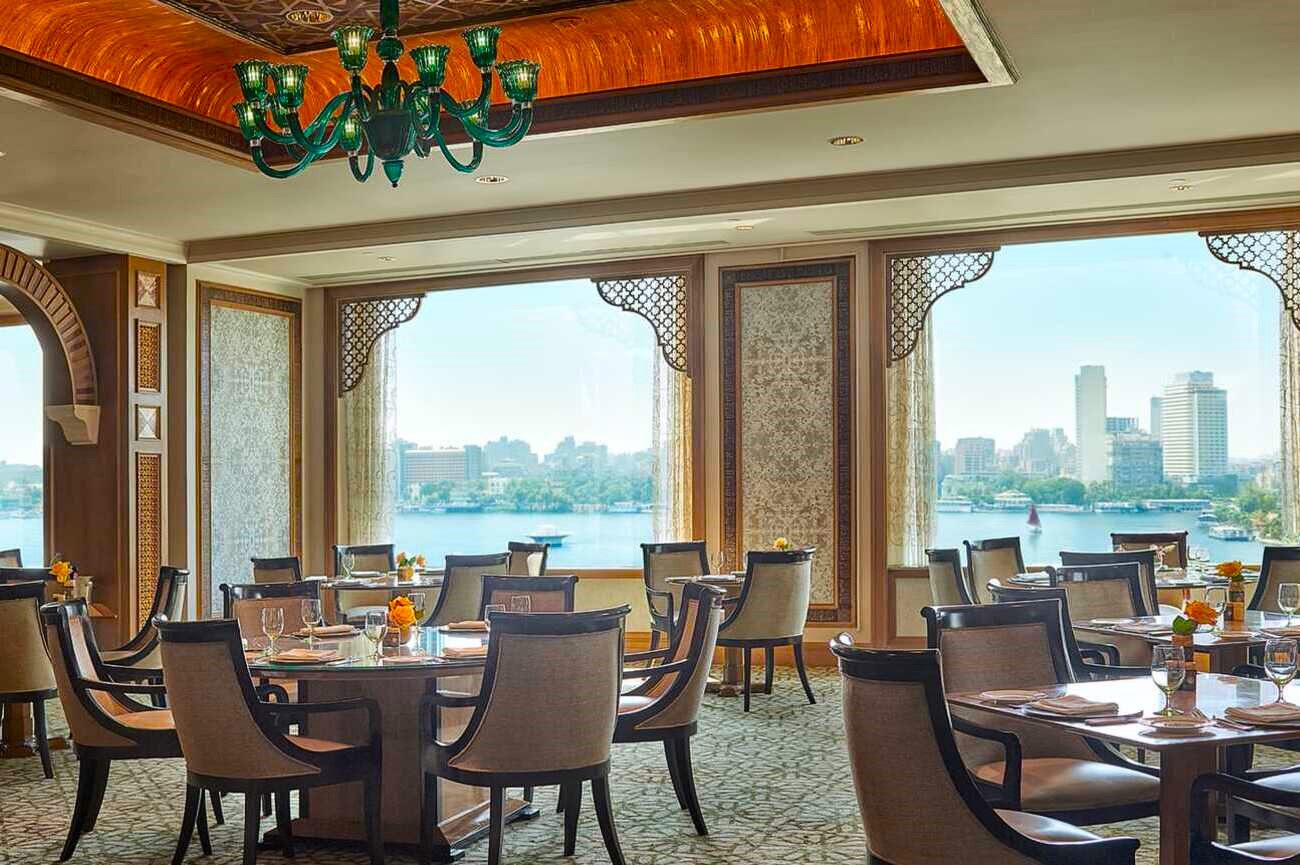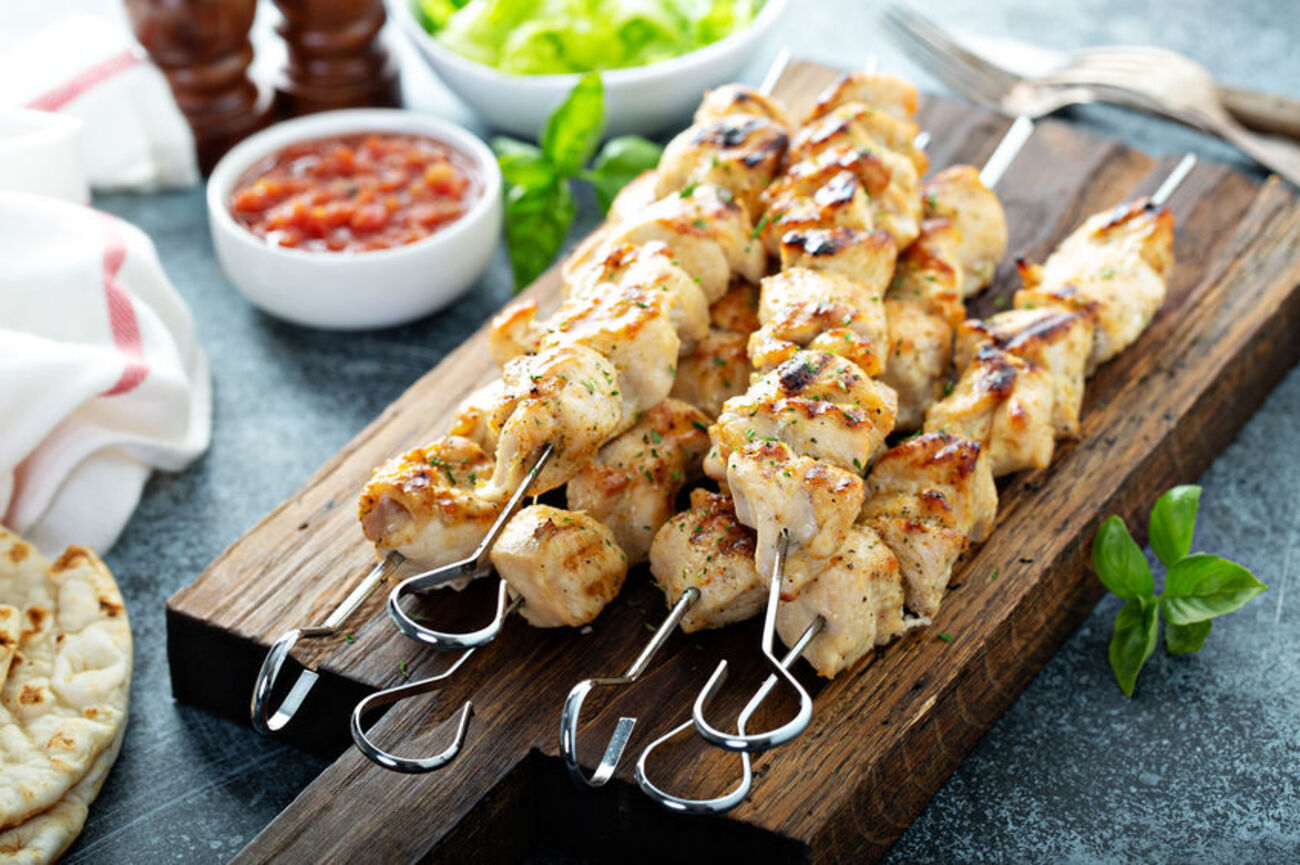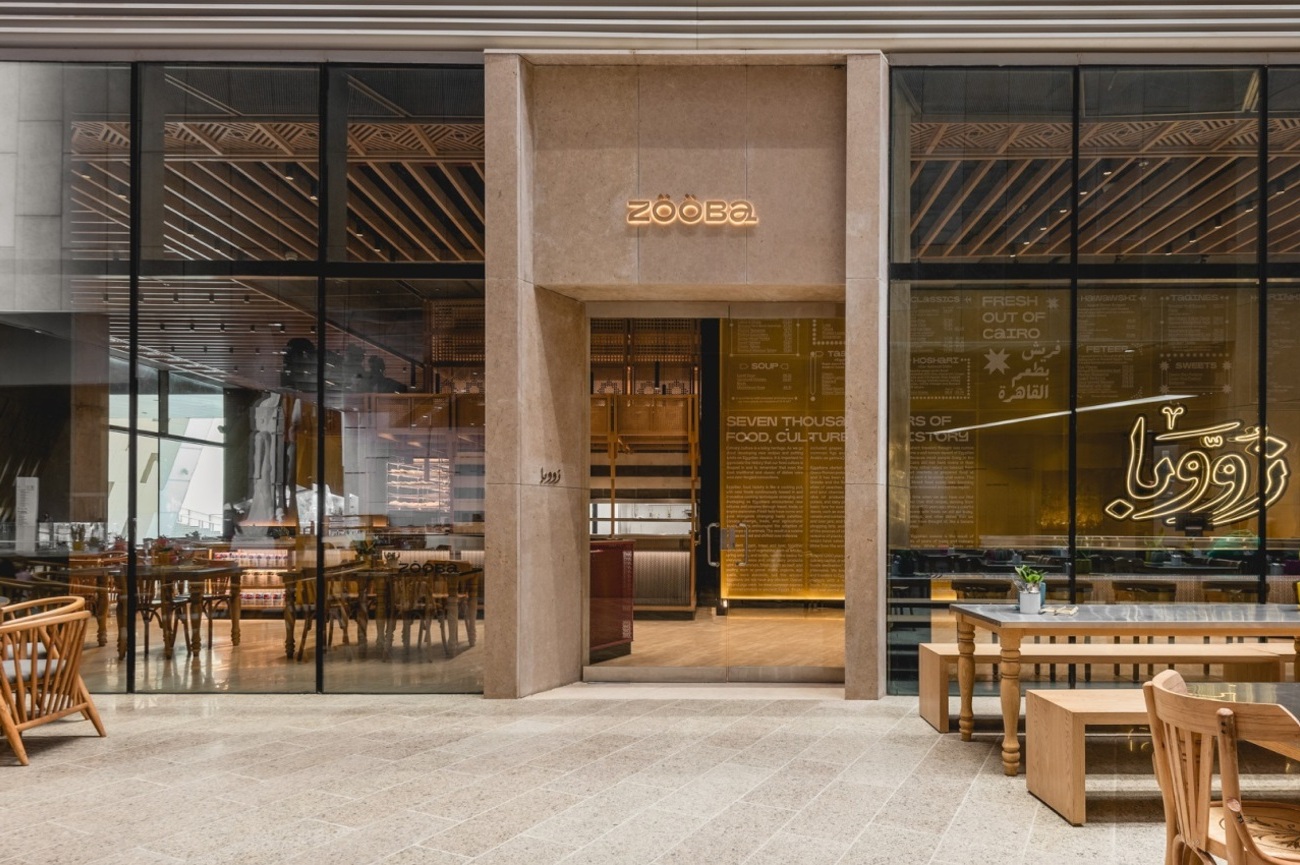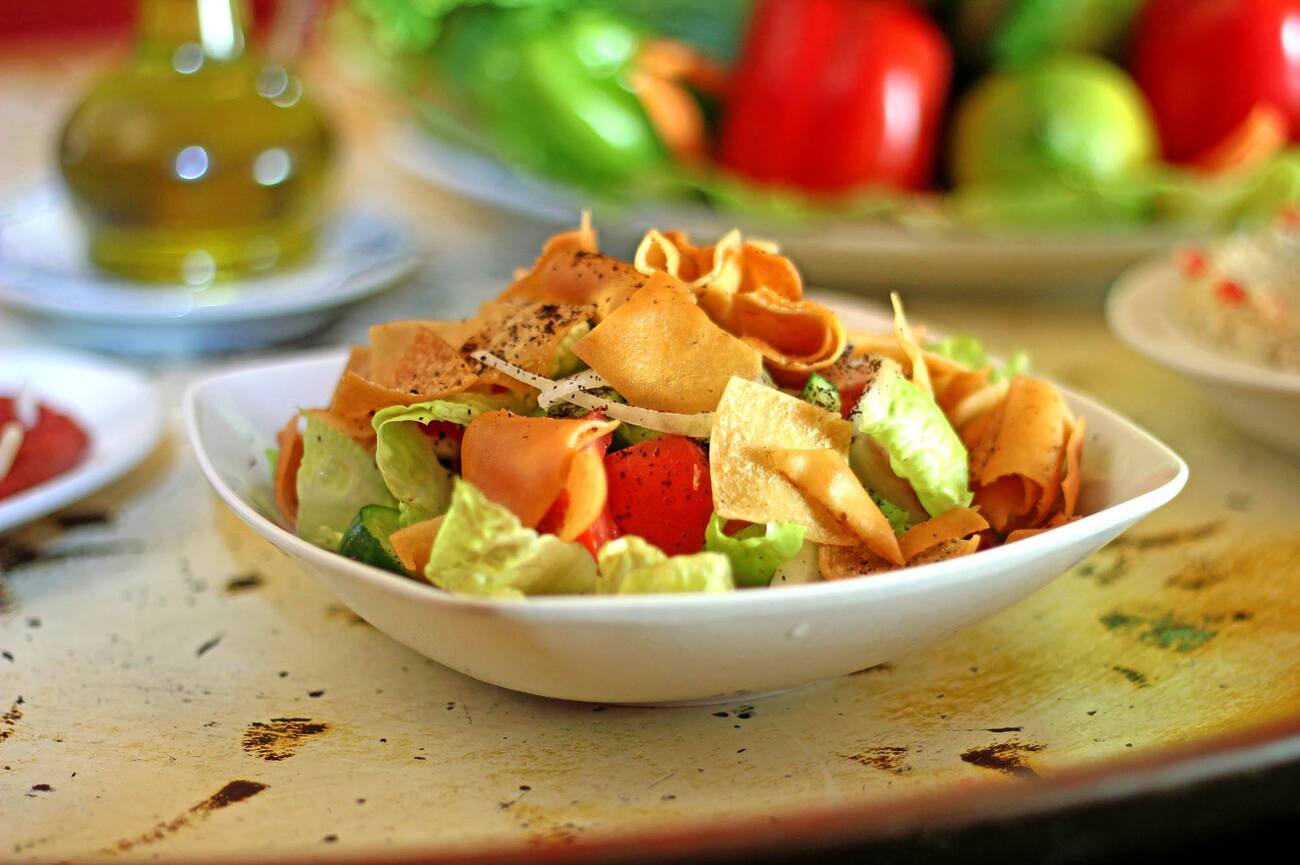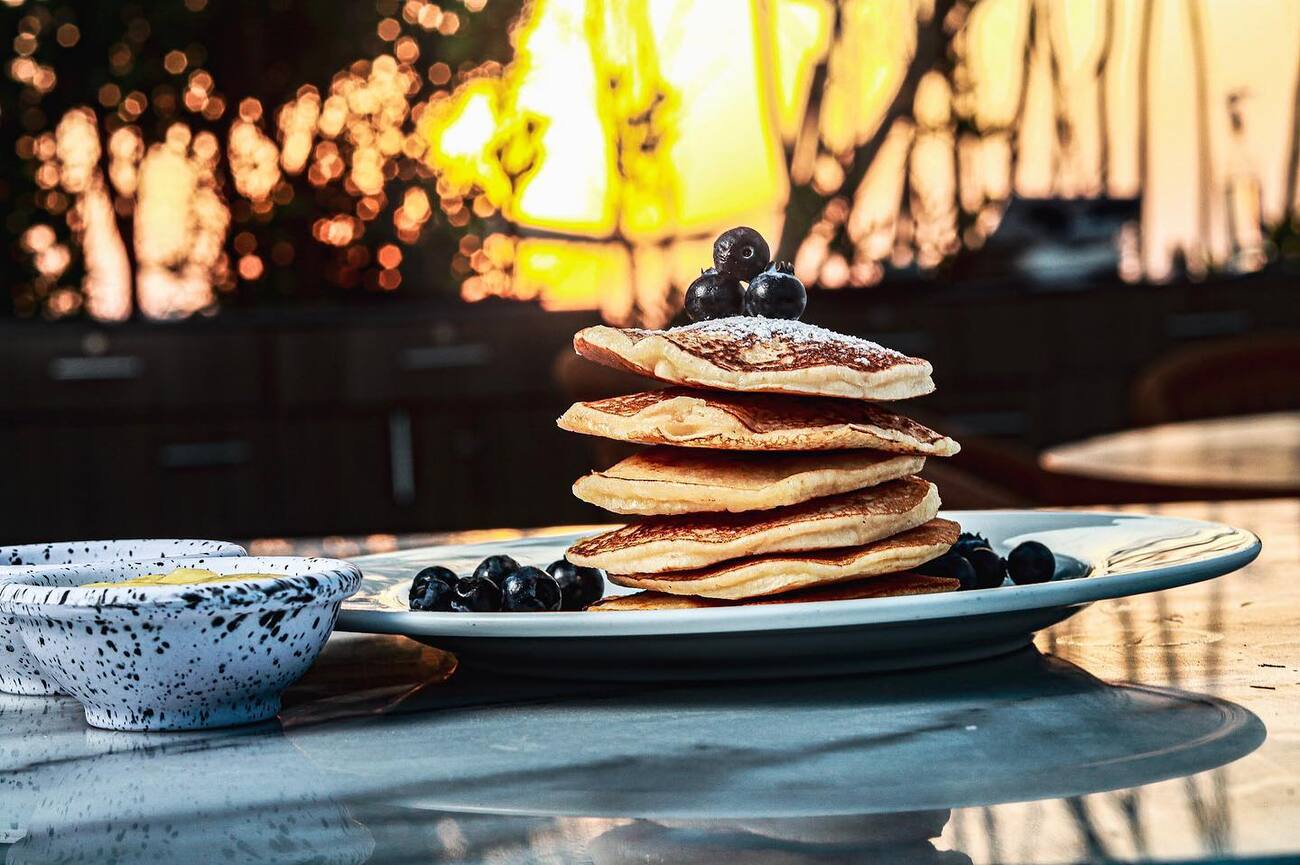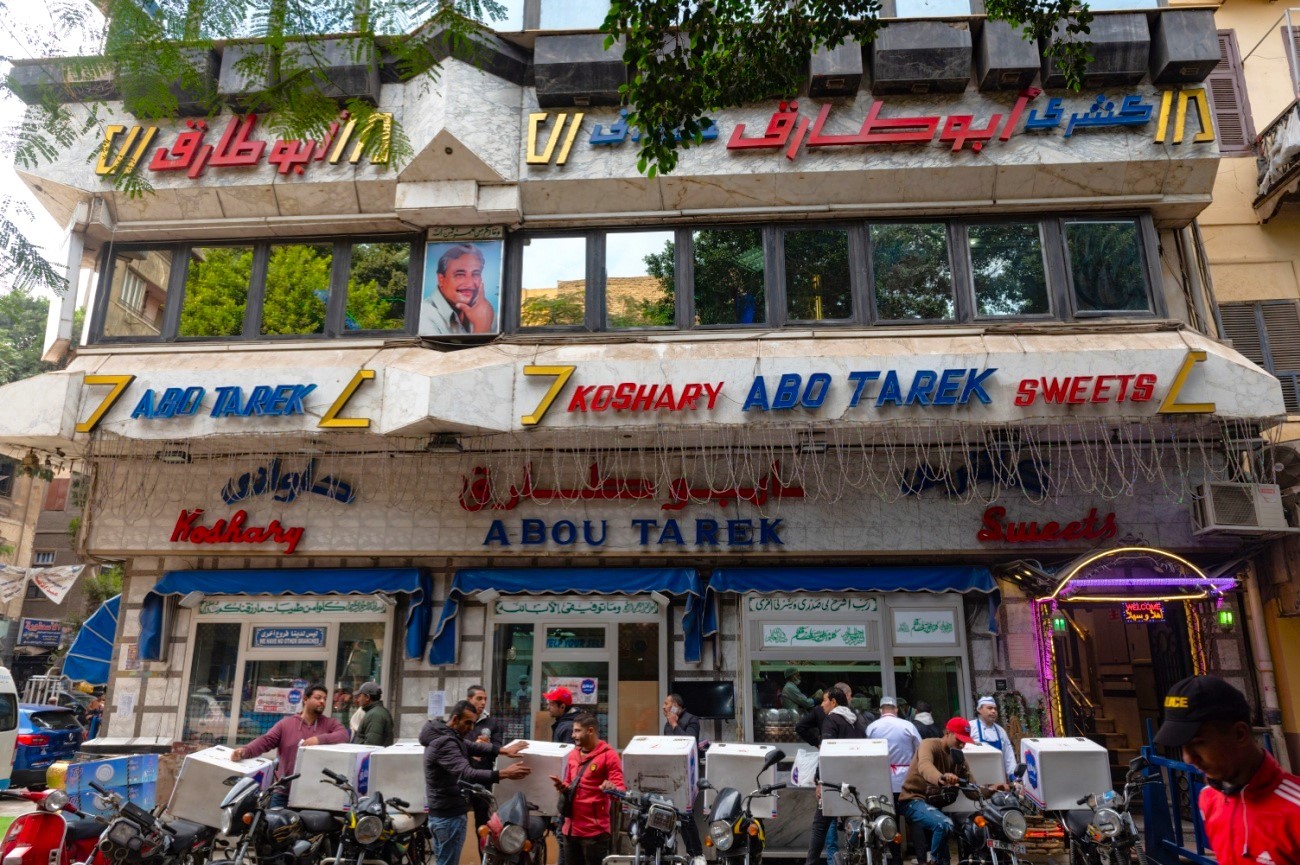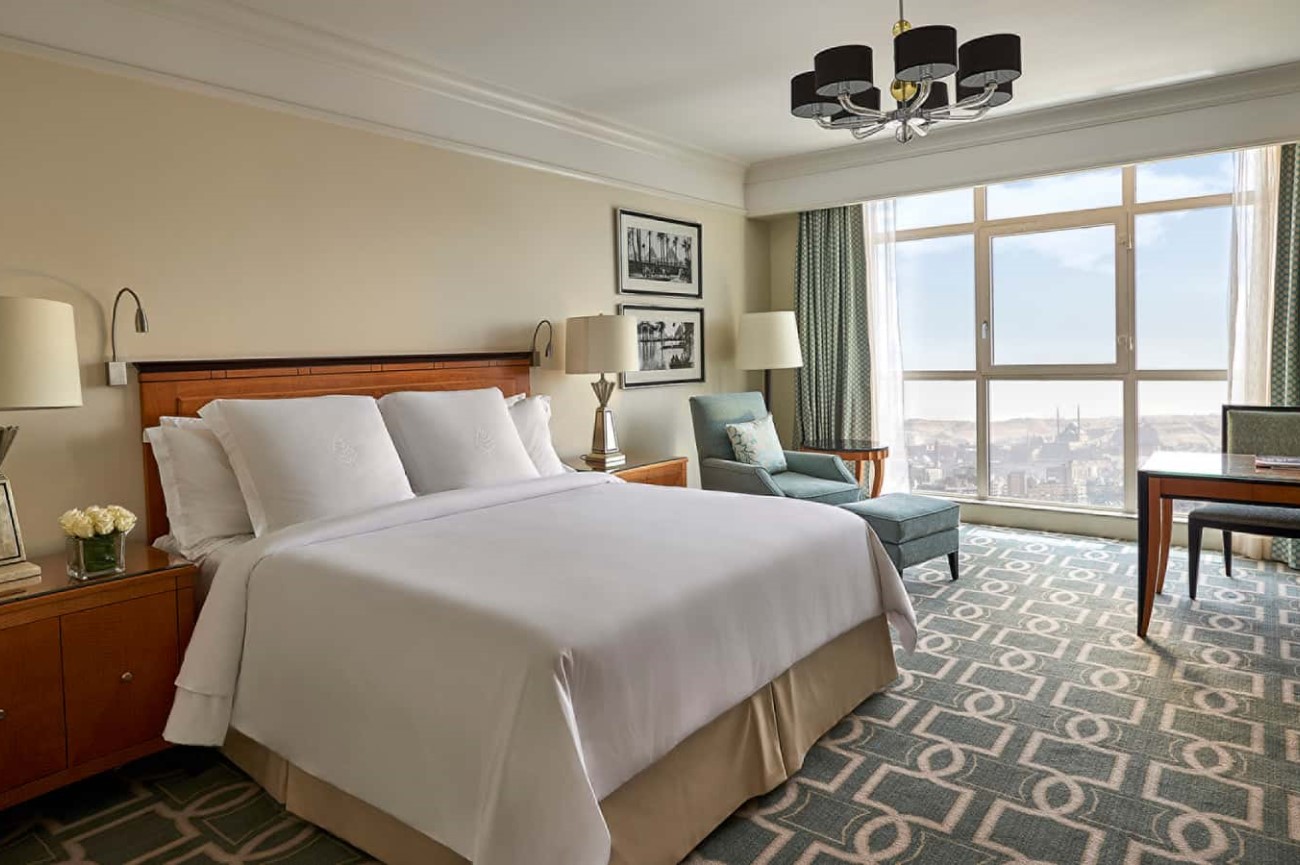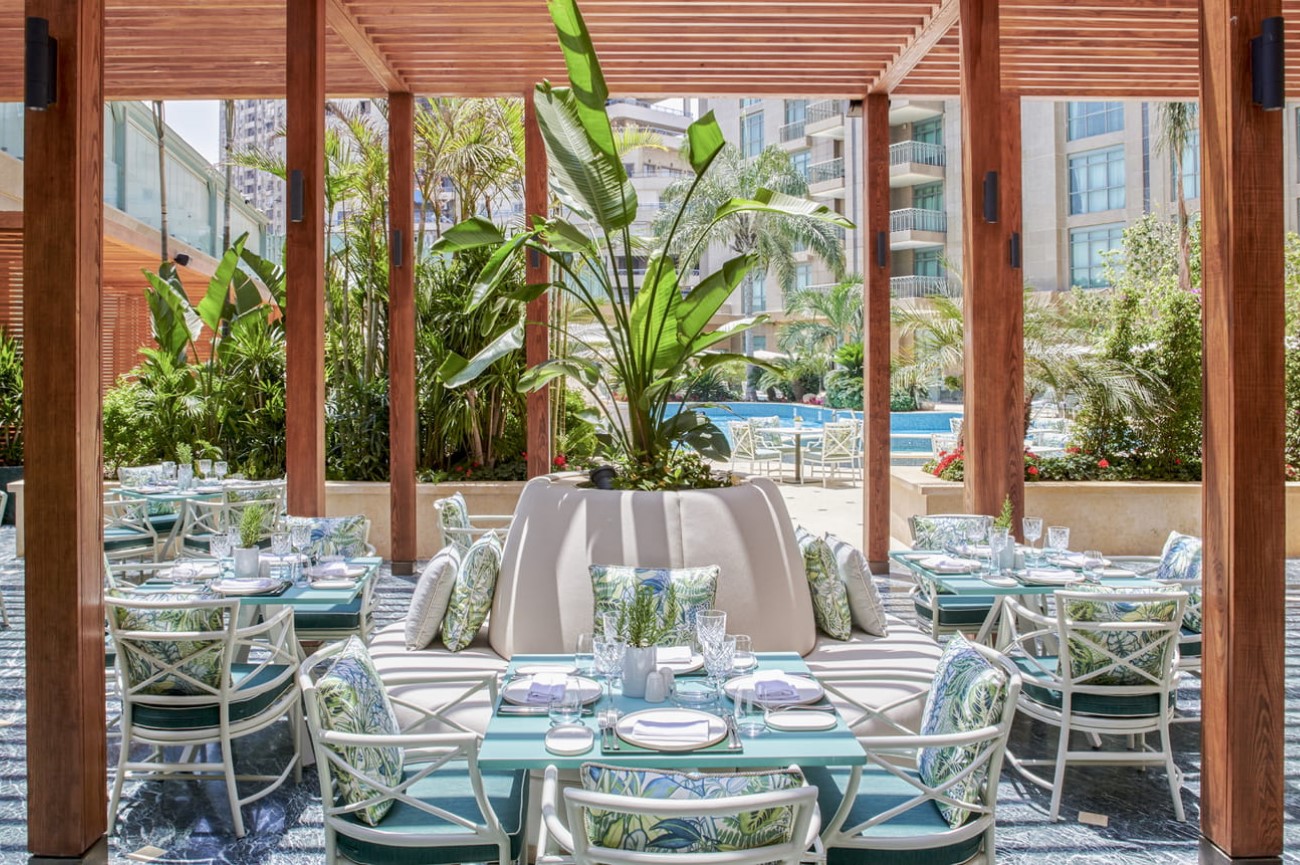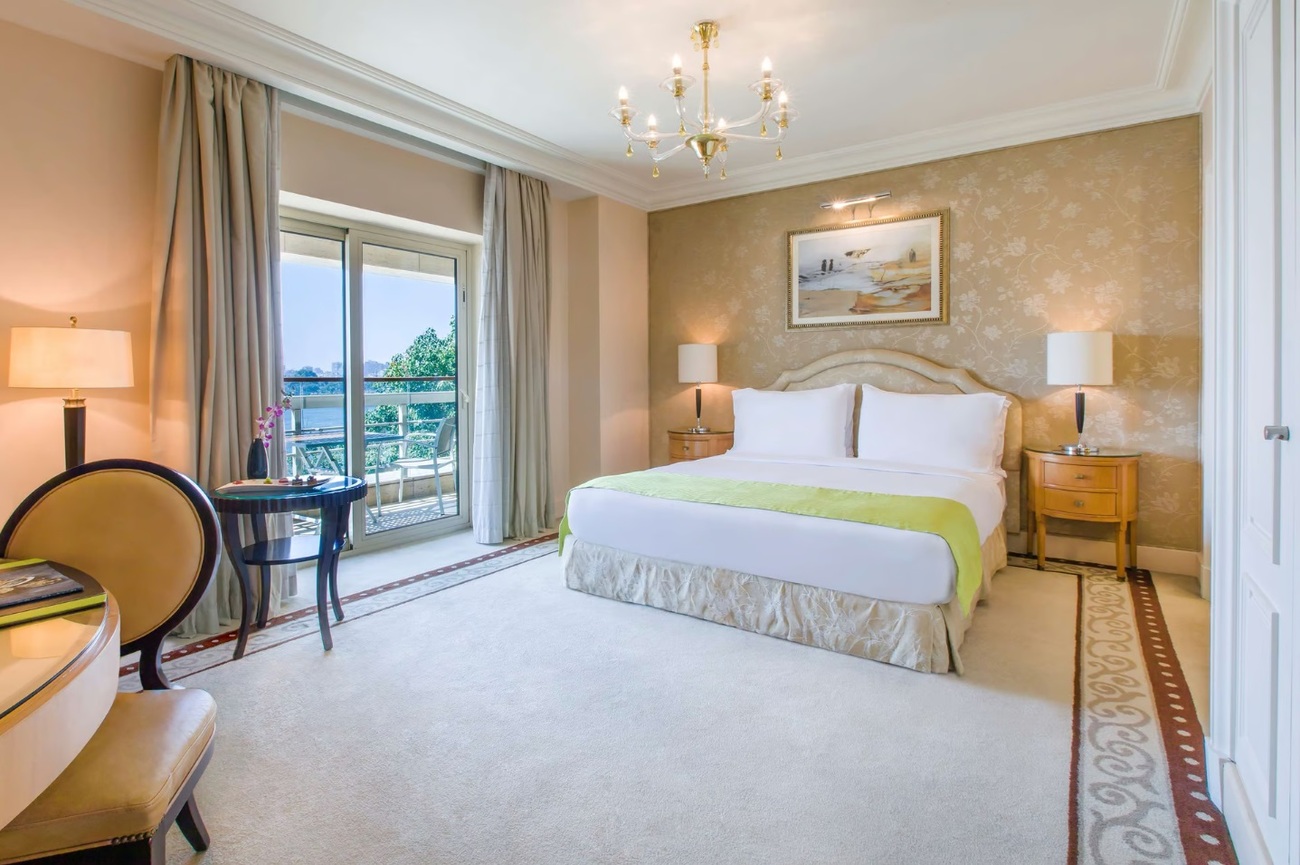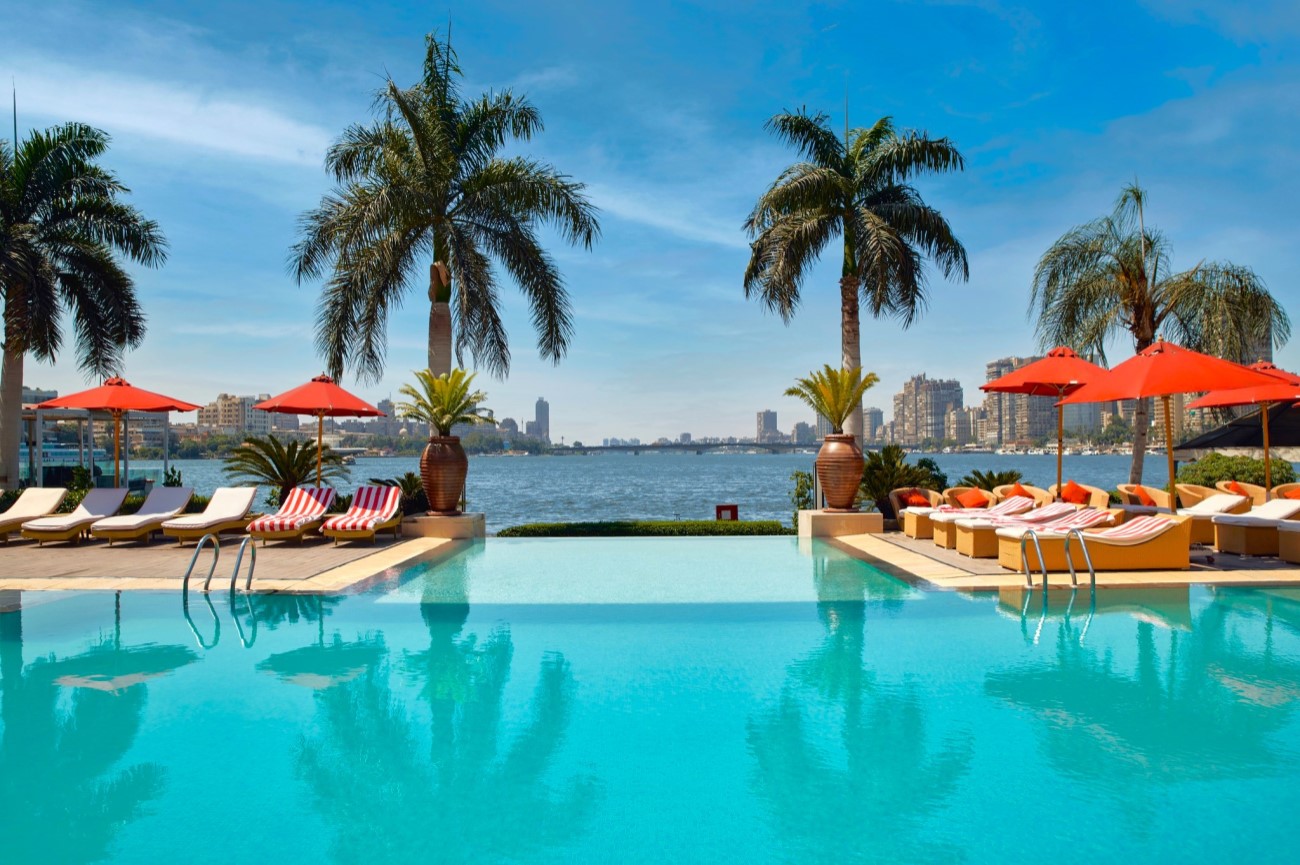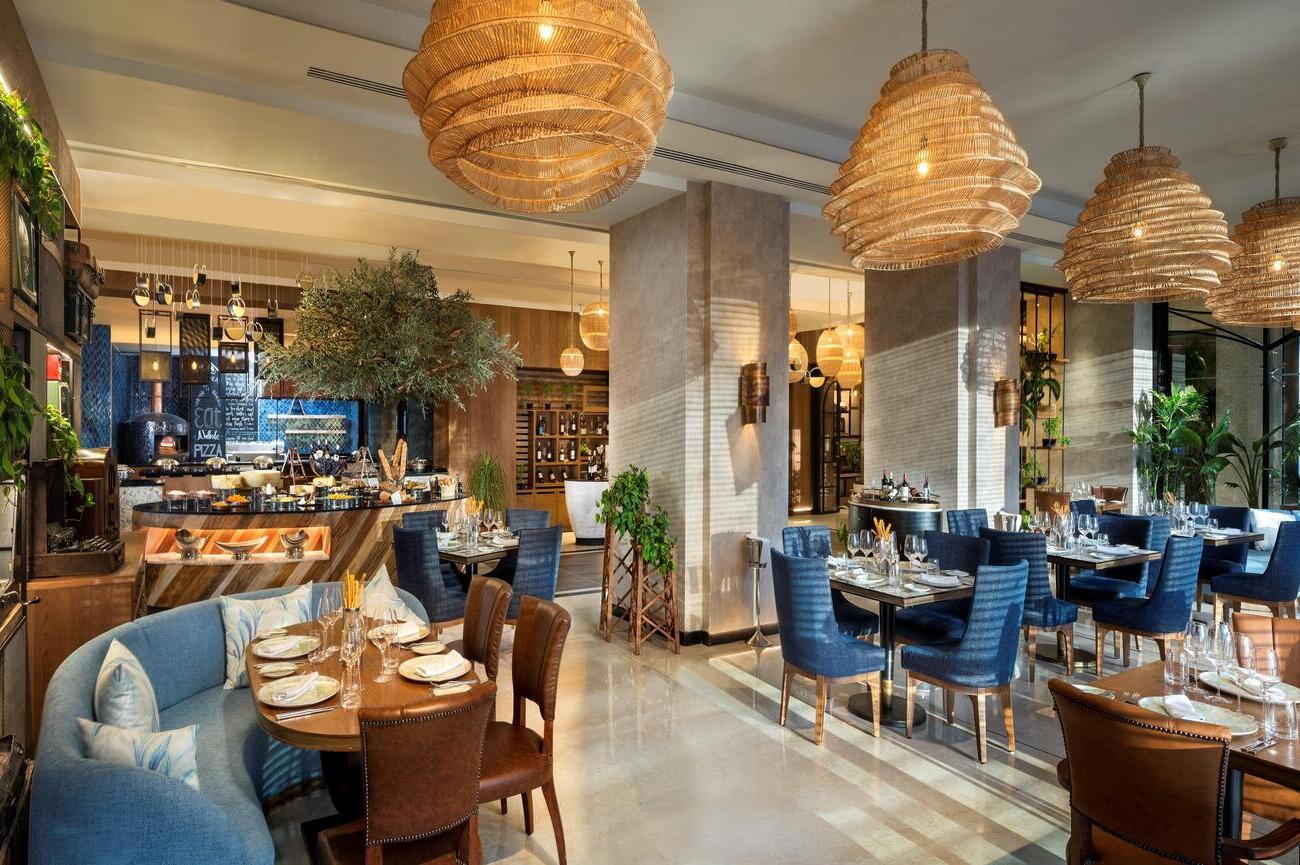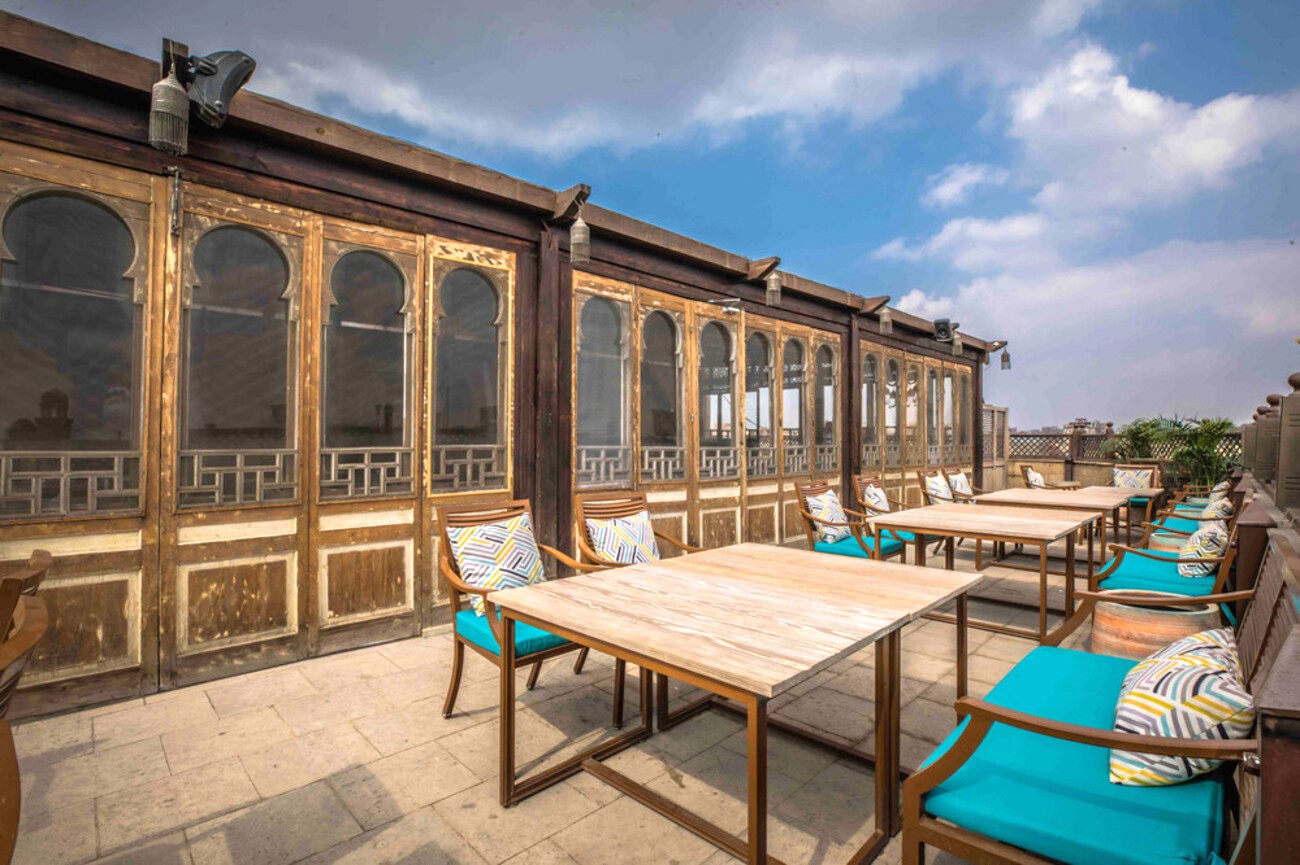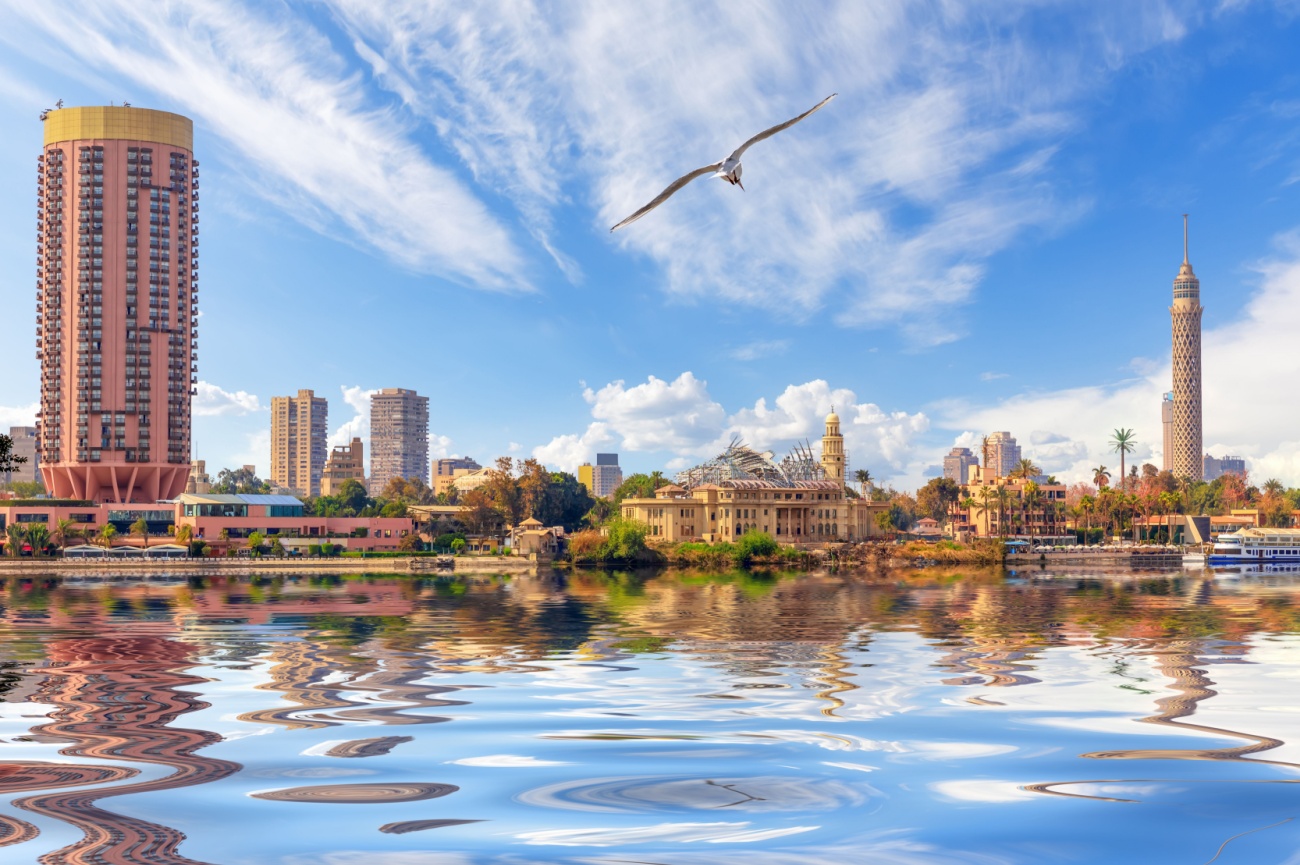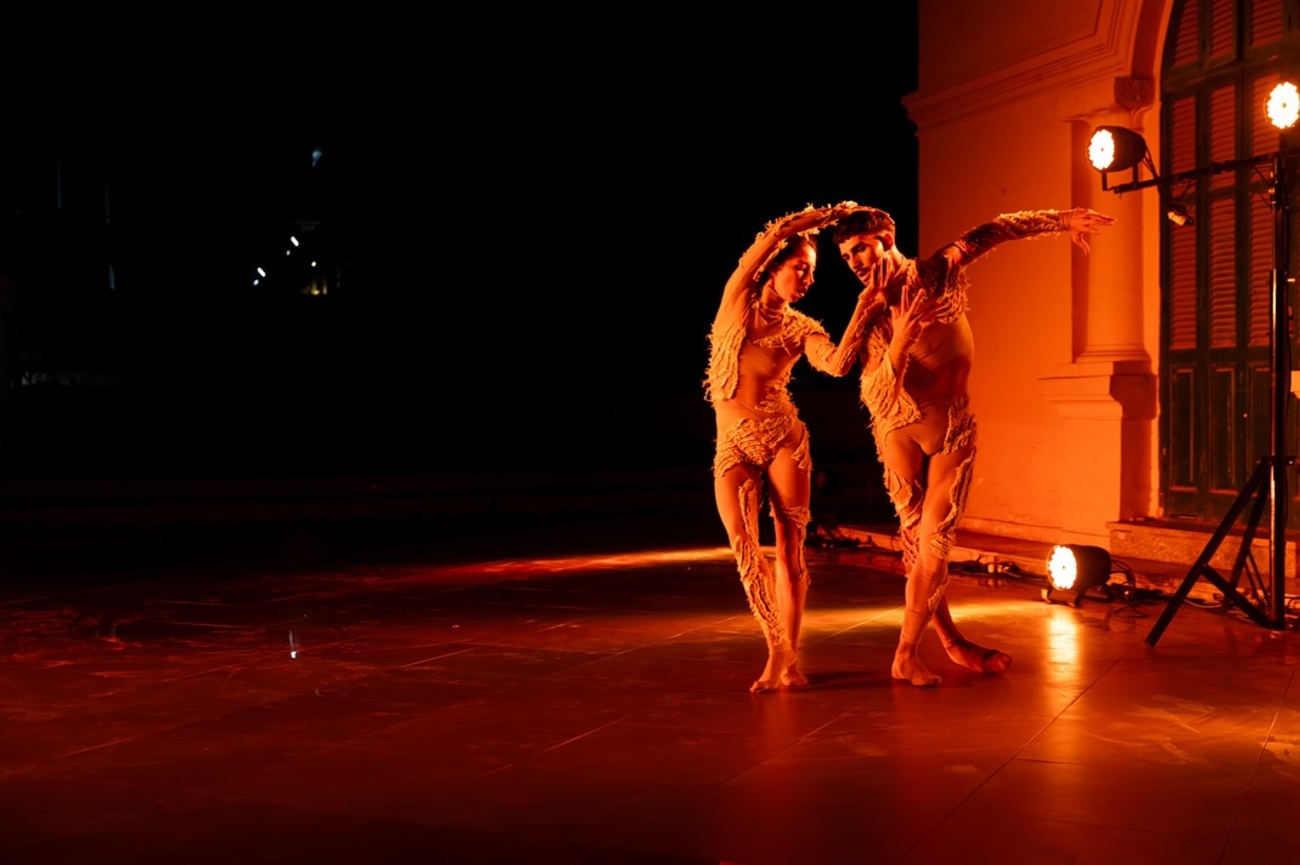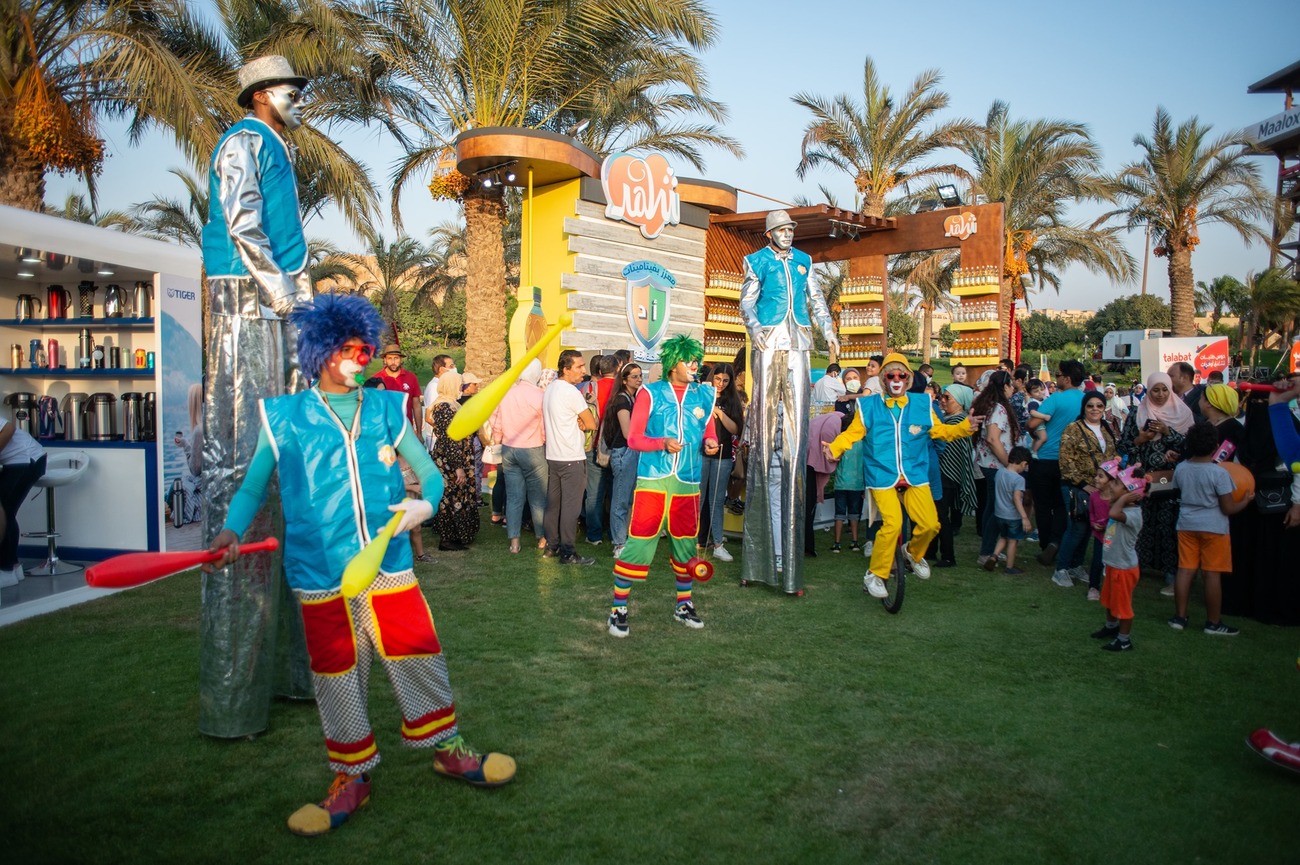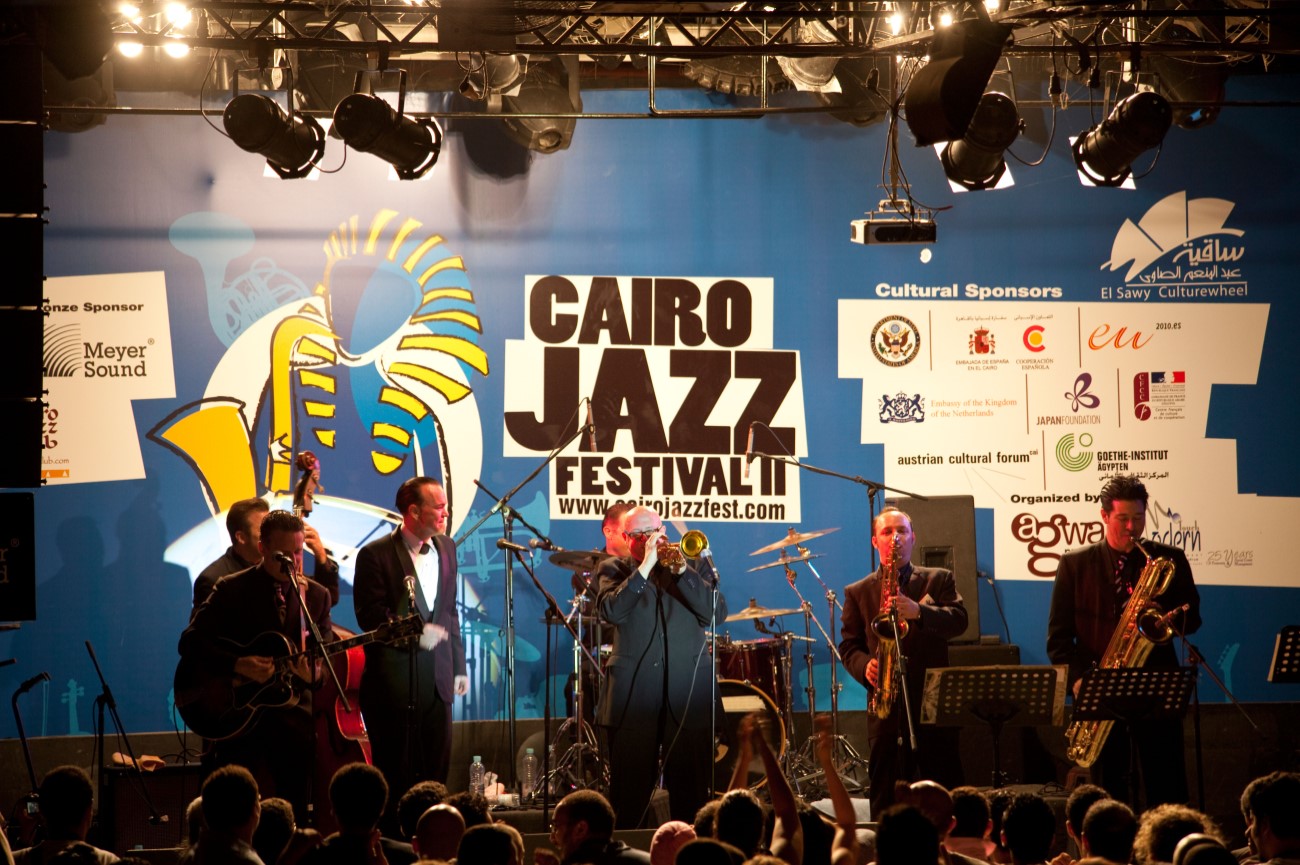Things to do in Cairo: 4-day travel itinerary
The chaotic capital of Egypt, Cairo is a bustling metropolis of 10 million people. This vibrant city situated on the banks of the Nile River seems to have it all, from world-class museums and archaeological treasures to medieval mosques, luxurious 5-star hotels, and upscale neighborhoods with hipster cafes.
Although most tourists visit the city to see the Great Pyramids of Giza, Cairo has so much more to offer. Whether you wish to get lost in a vibrant open-air bazaar from the 14th century, explore medieval mosques, or see a fabulous collection of mummies and sarcophagi at the Egyptian Museum, there is so much to look forward to when visiting the “City of a thousand Minarets”.
In this 4-day travel itinerary, you will find a list of the best things to do in Cairo, as well as recommendations on where to stay and where to eat. We’ve also included a few ideas for day trips and tips for things to do with kids in Cairo.
Day 1

Morning: Bab al-Futuh
You are in Islamic Cairo, a vibrant district known for its historic Arab architecture, religious schools, and mosques. Your first stop on this morning walk is one of the three main gates that lead to the old city, Bab al-Futuh. Also known as the Gate of Conquests, the gate dates back to the 10th century and is one of the rare examples of military architecture in the capital of Egypt. You will notice two enormous round towers, as well as beautiful geometric decorations and intricate carvings. It is a perfect place to feel the spirit of old Islamic Cairo.
Al-Hakim Mosque
Located right next to Bab al-Futuh, Al-Hakim Mosque was completed in the 11th century during the rule of Al-Hakim bi-Amr Allah. The mosque is known for its distinctive minarets and intricately carved woodwork. Visit the main prayer hall and admire the beauty of its high ceilings and check out the picturesque courtyard and its stone-paved pathways and ornate fountains. It will take you about 30 minutes to explore this historical mosque.
Bayt al-Suhaymi
Named after its last resident Shaykh Muhammad Amin al-Suhaymi, this historic residence with an Ottoman-inspired design is one of the most beautiful houses in Islamic Cairo. Bayt al-Suhaymi actually consists of several buildings overlooking a gorgeous courtyard. Although most of the furniture was removed, the rooms look spectacular and are worth checking out. Don’t miss the furnished reception hall and the lovely seated balcony. On the weekends, Bayt al-Suhaymi transforms into a center for artistic creativity and hosts cultural events.
Khan el-Khalili
Your last stop in the morning is one of the biggest markets in the Middle East, the iconic Khan el-Khalili bazaar. A labyrinthine of narrow alleys, this vibrant marketplace has been around since the 14th century. Here, you will find a variety of goods including locally woven textiles, stained-glass lamps, carpets, costumes, spices, silverware, and all kinds of Egyptian souvenirs. For a cup of mint tea and to savor a traditional shisha, pay a visit to the iconic El Fishawy Café which was opened back in 1773.
Day 1, morning - cairo Tour Map
Afternoon: Al-Azhar Mosque
One of Cairo’s earliest surviving mosques, Al-Azhar is a huge complex with a well-lit prayer hall, a wide courtyard, and a few beautiful minarets. Visit the tomb chamber which has a charming mihrab and explore the nicely tiled courtyard. Al-Azhar Mosque is also home to a madrasa that is actually the second-oldest university in the world.
Mosque of Sultan al-Muayyad Shaykh
Located just a 3-minute walk from the Al-Azhar Mosque, the Mosque of Sultan al-Muayyad Shaykh used to be a notorious prison where Al-Mu’ayyad Shaykh served time. When he came to power, the sultan decided to turn this prison into a holy place and a madrasa for the education of scholars. The mosque itself looks quite impressive with two elegant minarets, a magnificent bronze door, and breathtaking Islamic engravings. The views from the rooftop are spectacular.
Museum of Islamic Art
Your next stop is a mid-size museum that houses one of the finest collections of Islamic art and cultural artifacts in the world. You will have an opportunity to see everything from rugs, textiles, coins, ceramics, and metalwork to manuscripts, wood carvings, ornate old jewelry, medical tools, and chandeliers from different eras. You can explore the Museum of Islamic Art by yourself or join a guided tour. The architecture of the building is amazing and there is a lovely courtyard outside. Expect to spend at least 2 hours here.
Abdeen Palace Museum
Want to visit the former home of the country’s royal family which later served as the president’s residency? Check out the Abdeen Palace Museum which houses a vast collection of paintings, furniture, golf clocks, silverware, and other historical artifacts. You will also find a few presidential gifts and royal treasures such as the Japanese model of a Samurai crown and a collection of American buttons.
Day 1, Afternoon - Cairo Tour Map
Day 2

Morning: National Military Museum Egypt
You will spend the first part of the day exploring the iconic Cairo Citadel of Saladin complex. Built by Saladin back in the 12th century, the fortress includes a few mosques, museums, and a palace. Your first stop is the National Military Museum Egypt which is situated inside the former palace of Mohammed Ali. The palace is beautiful with grandiose staircases and high ceilings. As for the museum, it is devoted to the history of the Egyptian military through the ages and boasts a large number of halls and rooms. Expect to see lots of military artifacts ranging from uniforms, statues, and weapons to real tanks and aircraft that were used during the war in the 1970s.
Sulayman Pasha Mosque
Located within the grounds of the Cairo Citadel, the Mosque of Sulayman Pasha is your next stop. It is the first Ottoman-style mosque in the country and features beautiful decorations. Step inside the mosque to see its majestic marble floors and the high ceiling with impressive carvings.
Mosque of Muhammad Ali
With its stunning Ottoman architecture, this mosque is definitely the most visited site within the Cairo Citadel. The Mosque of Muhammad Ali is very similar to the world-famous Hagia Sofía in Istanbul, probably because it was designed by the same architect. Its two minarets are the highest in all of Egypt and the interiors with marble-coated floors look majestic. The mosque is often used as a space for small wedding ceremonies.
Day 2, Morning - Cairo Tour Map
Afternoon: Mostafa Kamel Museum
In the afternoon, pay a visit to this fabulous museum which houses the personal belongings of the Egyptian leader, famous nationalist, and activist against British occupation, Mustafa Kamel. There are two large halls where you will find everything from letters written by Mustafa to his books, clothes, pictures, oil paintings, and medals. The Mostafa Kamel Museum also contains the tomb of the leader, as well as the remains of Egyptian activists Abd al-Rahman al-Rafei and Fathi Radwan. It takes about 30 minutes to explore the halls and the entrance to the museum is free of charge.
Mosque-Madrasa of Sultan Hassan
Head out to the end of Muhammad Ali Street where you will find one of the largest mosques in Egypt. Completed in the 14th century, the Mosque-Madrasa of Sultan Hassan is known for its early Mamluk architecture and houses a beautiful mausoleum chamber. You will notice two minarets built in the Mamluk style, as well as a central courtyard and four madrasas (educational institutions). When entering the mosque, you will need to take off your shoes and wear clothes that cover your legs.
Gayer-Anderson Museum
You are in front of an extraordinary museum named after Major R.G. Gayer-Anderson Pasha, a military man from the UK who lived in Egypt in the 1930s. The Gayer-Anderson Museum is situated inside two beautifully restored buildings and houses a lot of ancient art and antiques collected by the owner. You will find a wonderful collection of carpets, antique furniture, silver tea sets, Arabian costumes, and silks. Make sure to check out the majestic reception hall with a marble fountain and the nicely restored rooftop terrace. This building was actually used as one of the filming locations for the James Bond film “The Spy Who Loved Me”.
Ibn Tulun Mosque
Located just a stone’s throw from the Gayer-Anderson Museum, the Ibn Tulun Mosque is the oldest mosque in Cairo surviving in its original form. It was built in the 9th century and has undergone a few restorations. With its stunning geometric designs, an unusual spiral minaret, and an enormous courtyard with a picturesque water fountain, this well-preserved mosque is an architectural masterpiece and a feast for the eyes. The city views from the top of the minaret are breathtaking.
Day 2, Afternoon - Cairo Tour Map
Day 3

Morning: Fortress of Babylon
You are now in Coptic Cairo, the original home of the Coptic Christians. Home to many places of worship, this relatively enclosed complex is a part of Old Cairo. Your first stop in the morning is the Fortress of Babylon, the remains of a defensive fortress that was built during the Roman Empire. Check out the remains of the two 10-meter high stone towers which are one of the oldest structures in the city.
The Hanging Church
Suspended above Babylon Fortress’ main gatehouse, the Hanging Church boasts absolutely magnificent architecture. It is believed that the original structure was built in the 3rd or the 4th century, making it one of the oldest churches in the country. A relatively modern addition from the 19th century, the façade with its two bell towers looks quite impressive, as well as the wooden roof built in the shape of Noah’s ark. Step inside the church to see pulpits, altars, and over 100 icons and religious paintings.
The Coptic Museum
Right behind the walls of the famous Roman Fortress of Babylon, travelers will find one of the finest museums in the city, the Coptic Museum. Focusing on the Christian community’s artifacts and artworks, this extraordinary museum is spread across two wings divided into several halls. It boasts a wonderful collection of illustrated books, jewelry, paintings, clothes, textiles, manuscripts, statues, and coins. There are more than 1,200 items on display here and most of them are labeled in English. On your way out, stop by the outdoor courtyard and gardens lined with beautiful flowerbeds and fountains.
Old Cairo Bazaar
Much smaller than Khan el-Khalili marketplace, this authentic bazaar in Coptic Cairo is a perfect place to make interesting purchases. You will find everything from clothes and paintings to local woodwork and homemade souvenirs.
Day 3, Morning - Cairo Tour Map
Afternoon: Abdeen Garden
Located close to the magnificent Abdeen Palace, this recently renovated park is where you can sit down and relax after all the sightseeing. There is a nice children’s play area, a few spots suitable for a picnic, and a food court where you will find about 10 restaurants and cafes. The entrance to this beautiful park will set you back 5 Egyptian pounds.
Tahrir Square
You are standing in front of a symbol of the Egyptian people's struggle for democracy, the legendary Tahrir Square in Cairo. This busy intersection was the site of the Egyptian Revolution in 1919 and the spot where numerous other protests took place including the famous revolution against President Hosni Mubarak and his government in 2001. The square itself looks beautiful and is surrounded by important buildings such as the Omar Makram Mosque, the Egyptian Museum, and the Nile Ritz-Carlton Hotel.
Talaat Harb Square
Another square worth stopping by is Talaat Harb Square. Named after an Egyptian economist, Talaat Harb Pasha, this central hub in Cairo is adorned with many beautiful buildings. You will have a chance to see some of the finest examples of British colonial architecture, as well as Art Deco and Islamic architectural elements. In the center of the square, there is a statue of Talaat Harb Pacha.
The Egyptian Museum
History buffs can look forward to visiting the oldest archaeological museum in the Middle East, the world-famous Egyptian Museum. The collection of ancient artifacts is simply amazing and includes everything from the Tutankhamun's mask which is made of gold and considered the most expensive artifact in the world to a collection of mummies, sarcophagi, statues, jewelry, and mosaics. The museum's layout makes it easy to navigate and the exhibits are well-curated.
Day 3, Afternoon - Cairo Tour Map
Day 4

Morning: Cairo Opera House
You are now in Cairo’s leafy district of Zamalek. Located on Gezira Island in the middle of the Nile River, it is one of the most modern neighborhoods in the city. Our first stop here is the Cairo Opera House, the epicenter of artistic activities in Cairo. Situated inside a beautiful building with gorgeous columns and elegant arches, this opera house is known for its stunning design. The Cairo Opera House features a main hall that can accommodate more than 1,200 people and hosts theatrical plays, concerts, and ballet performances.
Museum Of Modern Egyptian Art
The next place on our list is located inside the Cairo Opera House. Welcome to the Museum of Modern Egyptian Art, a lovely museum with 10 halls spread over three floors. You will see an amazing collection of 20th- and 21st-century Egyptian art including famous pieces of art such as the bronze Bride of the Nile and Al Madina.
Cairo Tower
There is no better place in Cairo to enjoy panoramic views of the city than this 187-meter-high tower. The Cairo Tower is one of the city’s most distinctive landmarks, simply because you can see it from basically every corner of Cairo. Take the elevator to the observation deck on the 62nd floor for majestic 360-degree views across the city and the Pyramids in the distance. If you wish to have a drink, sample authentic Egyptian cuisine, and enjoy panoramic views, go to the Sky Window café one floor down from the observation deck.
Aquarium Grotto Garden
Take a break from all the sightseeing and visit this wonderful green oasis in Zamalek. The Aquarium Grotto Garden offers numerous activities for both kids and adults. You can explore its majestic caves, ponds, and bridges and check out the lovely fish tanks. If you are visiting with kids, there is a nice playground with swings.
Aisha Fahmy Palace
Built for a local aristocrat called Ali Fahmy at the beginning of the 20th century, the Aisha Fahmy Palace is one of the most beautiful palaces in the city. This architectural masterpiece is designed in classical style and furnished by one of the owner’s sons, nicknamed “the Prince of Youth." After his father’s death, this young Egyptian millionaire decided to purchase the most expensive furniture from Europe for his new palace. Unfortunately, our hero was shot to death by his French wife, Margaret. Nowadays, the palace serves as an arts center and hosts temporary exhibitions. Expect to see paintings on the walls and beautifully carved statues inside the mansion's grand salons.
Day 4, Morning - Cairo Tour Map
Afternoon: Garden City
Cross Qasr El Nil Bridge to reach your next destination, the Garden City. This posh neighborhood with its tree-lined streets and grand colonial villas is where all the rich Egyptians live. Garden City is also home to many foreign embassies, 5-star hotels, and chic dining establishments. Whether you wish to get lost in its leafy gardens or hop on a sunset boat tour on the Nile, there is no shortage of fun things to do in this elegant district.
Falak Book Store
This bookstore, art gallery, coffee shop, and store with authentic handmade crafts is one of the most interesting places to visit in Garden City. At the Falak Book Store, you can purchase books, have a cup of coffee enjoy appetizers, breakfast, or cakes, and purchase locally handmade crafts from leatherwork to jewelry. This fabulous place also hosts workshops, live music performances, and movie screenings.
Omar Makram Mosque
Your last stop of the day is located close to the famous Tahrir Square in Cairo. Omar Makram Mosque is a beautiful mosque where locals come to pray. However, the mosque is widely known for its large and nicely decorated hall which is often used for funeral receptions and other gatherings.
Day 4, Afternoon - Cairo Tour Map
Other Things to See in Cairo
- Al-Azhar Park: An oasis of tranquillity in the heart of Cairo, Al-Azhar Park offers a refreshing escape from the city’s chaotic streets. This beautifully landscaped park is set atop a once-neglected landfill and now boasts lush gardens, elegant fountains, and breathtaking views of Cairo’s historic skyline. Visitors can stroll along scenic walkways, relax in shaded pavilions, or dine at one of the park’s charming restaurants while enjoying panoramic vistas of minarets and domes stretching across the horizon.
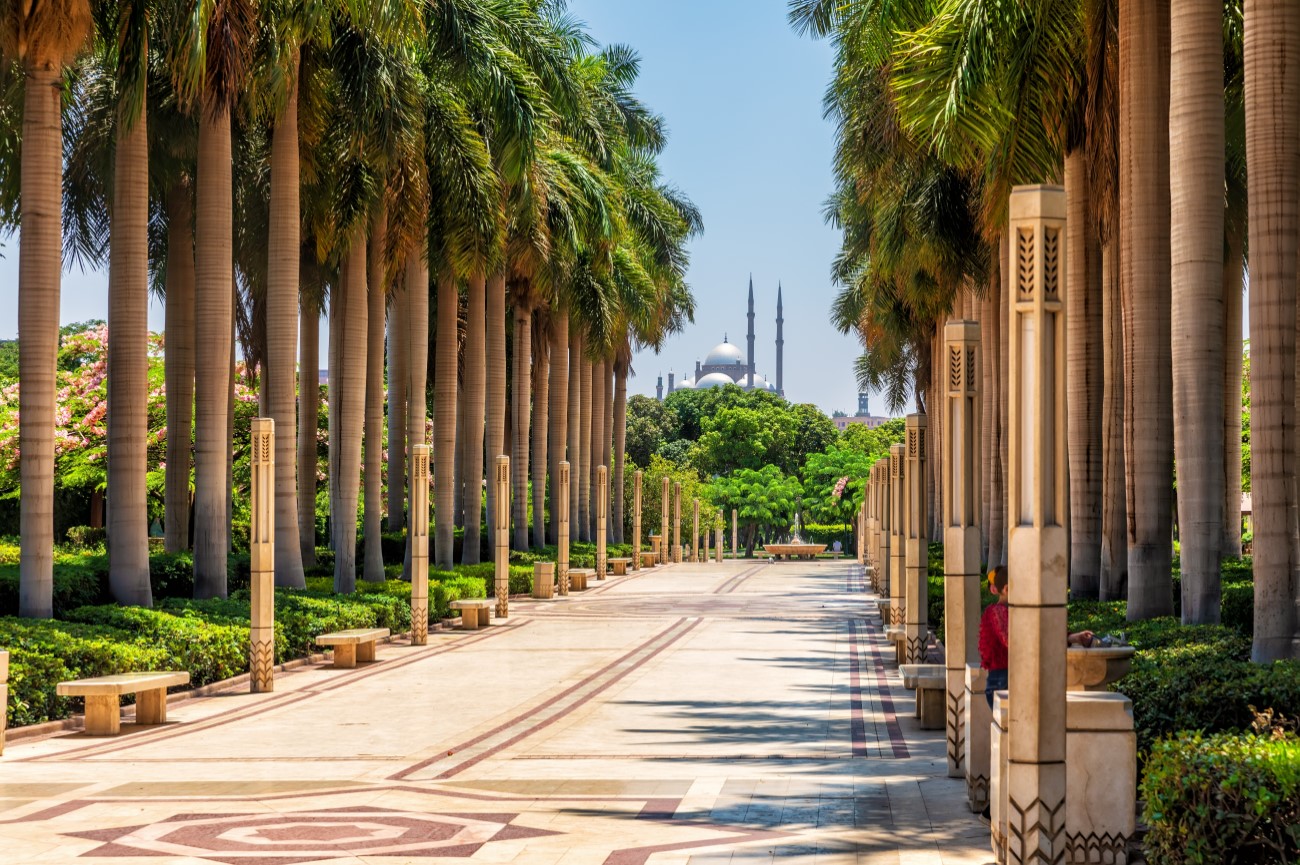
- Beshtak Palace: Built by a Mamluk ruler back in the 14th century, this historical palace is famed for its gorgeous Islamic design. The enormous qa’s (reception hall) with its fountain, stucco windows, and wooden ceiling is one of the most impressive features. Beshtak Palace also serves as a culture center with weekly lectures and performances.
- Orman Garden: A tranquil escape in the heart of Giza, Orman Garden is a lush botanical haven dating back to 1875, when it was established under the reign of Khedive Isma'il Pasha. Spanning 28 acres, this beautifully landscaped retreat is home to a stunning variety of plants, from vibrant rose gardens and towering palms to exotic cacti and a serene lotus pond. The garden’s rock formations and shaded pathways provide the perfect setting for a peaceful stroll, while its annual spring floral exhibition transforms the space into a riot of colour, showcasing rare and ornamental blooms.
- Umm Kulthum Museum: Pay a visit to this wonderful museum dedicated to the legendary Arab singer and actress Umm Kulthum. The museum displays her private belongings ranging from medals, letters, and old photographs to dresses and original manuscripts of the lyrics of her songs. You can also watch a fascinating biographical film and listen to her old recordings.
- Bab Zuweila: Built in the 11th century, Bab Zuweila is one of Cairo’s most interesting city gates. The gate has two beautiful minarets and served as an execution site during Mamluk time. Visitors can check out the exhibits that tell the history of the gate. If you don’t mind the steep stairs, climb to the roof and enjoy mesmerizing views of the city.
- The Cave Church: One of Cairo’s most beautiful hidden gems, the Cave Church is located on the outskirts of the city close to the Garbage City. It is situated inside an actual cave and has a magnificent amphitheater that accommodates thousands of people. There are two lovely chapels with nice murals and carvings to see. The road to the church is quite narrow, so we definitely recommend hiring a local guide to take you there.
- A Cruise on the Nile River: To experience the city of Cairo from a different perspective, hop on one of the many boat cruises on the Nile River. We recommend booking the sunset boat tour in a felucca which is a traditional wooden Egyptian sailing boat. Some of these boat cruises include food and refreshing drinks.
- Manial Palace Museum: Step into the world of Egyptian royalty at the Manial Palace Museum, a hidden gem on Rhoda Island. Built in the late 19th century by Prince Mohammed Ali, this palace is a stunning blend of Ottoman, Moorish, and Persian influences. Inside, grand halls are adorned with intricate gilded ceilings, stained glass, and rare artefacts, while the lush gardens outside offer a peaceful retreat. The museum houses a remarkable collection of manuscripts, textiles, and relics that once belonged to the prince, providing a glimpse into a bygone era of aristocratic opulence.
- Nilometer on Roda Island: Tucked away on the banks of the Nile, the Nilometer on Roda Island is one of Egypt’s oldest scientific instruments, dating back to 861 AD. This cylindrical stone chamber, lined with ancient inscriptions, was once used to measure the Nile’s water levels, determining the success of the year’s harvest.
- The National Museum of Egyptian Civilization (NMEC): A visit to the National Museum of Egyptian Civilization (NMEC) is an unmissable journey through Egypt’s rich history. Unlike traditional museums, NMEC offers a chronological narrative, showcasing artefacts from prehistoric times to modern-day Egypt. The highlight is the Royal Mummies Hall, where visitors can come face to face with some of Egypt’s most legendary pharaohs, including Ramses II and Hatshepsut.
- Museum of Islamic Ceramics: Located in the stunning Prince Amr Ibrahim Palace in Zamalek, the Museum of Islamic Ceramics is a hidden gem for art enthusiasts. Home to a remarkable collection of pottery, tiles, and decorative ceramics from across the Islamic world, this museum celebrates centuries of craftsmanship. Intricately painted bowls, shimmering mosaic tiles, and delicate Persian-inspired designs make this an enchanting place to explore.
- The Palace of Prince Taz: A glimpse into the grandeur of Mamluk Cairo awaits at The Palace of Prince Taz, a 14th-century residence that once hosted lavish royal celebrations. The palace is an architectural wonder, featuring wooden mashrabiya balconies, painted ceilings, and serene courtyards. Today, it serves as a cultural hub, hosting art exhibitions, concerts, and theatre performances that bring new life to its historic halls.
- El Ghouri Complex: One of Cairo’s most captivating Mamluk landmarks, the El Ghouri Complex is a sprawling architectural ensemble built in the early 16th century. It consists of a mosque, madrasa, mausoleum, and marketplace, all reflecting the grandeur of Sultan Al-Ghouri’s reign. The complex is particularly famous for its evening Sufi dance performances, where whirling dervishes spin in an entrancing display of devotion and artistry.
- Baron Empain Palace: A striking architectural gem in Cairo’s Heliopolis district, the Baron Empain Palace is a masterpiece of Hindu-inspired design. Built in the early 20th century by Belgian industrialist Édouard Empain, the palace stands out with its intricate carvings, grand halls, and tower offering sweeping city views. After years of restoration, the palace now serves as a museum, showcasing its opulent interiors and the fascinating history of Heliopolis.
Day Trips from Cairo
- Fayoum: One of the country’s oldest cities, Fayoum is located just a 2-hour drive from Cairo. This isolated oasis with desert landscapes is known for its magnificent historical and natural sites. If you wish to see a variety of bird species including flamingos and grey herons, visit Lake Qarun. Fayoum is also home to the Wadi Al-Hitan National Park where you can see fossils of prehistoric whales from 40 million years ago. Other popular tourist attractions in Fayoum include the Pyramid of Hawara, the Museum of Kom Oshim, Wadi El Rayan waterfalls, and Madinet Madi temple.
- The Pyramids of Giza: It takes about 20 minutes by car to reach the world-famous Pyramids of Giza from the center of Cairo. Along with the Sphinx, these massive ancient man-made structures are one of the most popular tourist attractions in this part of the world. You can either take a taxi/public from Cairo or join one of the guided tours to see the last of the ancient Seven Wonders of the World. To avoid the heat, we recommend visiting the Pyramids of Giza in early spring/autumn.
- Memphis: If you are looking for an easy day trip from Cairo, visit the capital of ancient Egypt. Located just 24 km from Cairo, this historical village is known for its pyramids, palaces, statues, and old temples. One of the most popular attractions in Memphis is the great temple of Hut-ka-Ptah. You can also include the nearby necropolis at Saqqara which is home to the first pyramid in Egypt in your itinerary.
- Alexandria: Located on the Mediterranean coast of Egypt, the city of Alexandria makes for an unforgettable day trip from Cairo. The second-largest city in the country, Alexandria boasts remarkable landmarks and attractions ranging from ancient Roman ruins and world-class museums to the most significant library of the ancient world, Bibliotheca Alexandrina. Whether you wish to walk around the long shore-front of Corniche and enjoy views of the sea, discover remnants of a Ptolemaic temple at Kom el-Dikka, or see a wonderful collection of Islamic, Greek, Romanian, and Byzantine monuments at the Alexandria National Museum, there is plenty to look forward to when visiting this vibrant coastal city in Egypt. You can reach Alexandria from Cairo in about 2 hours and 30 minutes.
- Ain El Sokhna: This beloved Egyptian coastal village is located 140 kilometers from Cairo. With its glistening sandy beaches where you can enjoy activities like swimming, snorkeling, and windsurfing, Ain El Sokhna is a popular holiday destination nestled on the western shore of the Red Sea. In addition to posh beachfront resorts (Mövenpick El Sokhna and Porto El Sokhna Hotel), this newly developed tourist region also has a few cool historical sites worth checking out. You can visit the famous monasteries of the Red Sea, including the ancient Monastery of Saint Paul and the Monastery of Saint Anthony, which is actually the world’s oldest monastery that is still in function. Ain El Sokhna also plays a major role in therapeutic tourism, as it is known for its healing mineral springs.
Best Golf Courses in Cairo
- Mirage City Golf Club: Designed by architect Peter Harradine from Europe back in 1999, Mirage City Golf Club is an award-winning golf course that features 27 holes spread across two lush courses. With a mix of open and tight fairways, the course is well-maintained and quite challenging. There is also a Pro Shop where you can rent the equipment you need. Once you get tired of golfing, you can visit the on-site golf club for a refreshing snack and a drink. Mirage City Golf Club is located alongside the luxury 5-star JW Marriot Hotel Cairo.
- Katameya Dunes Golf & Social Club: This luxury retreat is located in New Cairo and includes a 5-star hotel with an enormous spa center, a 27-hole championship golf course, and an art golf academy. The 27 holes are divided into 2 courses, the Lakes and the Palms. Surrounded by swaying palm trees and lakes and offering majestic sunset views, both golf courses look spectacular and offer wide and well-maintained fairways.
- Madinaty Golf Club: Welcome to the Madinaty Golf Club, a place which has won numerous awards including the Africa’s Best Golf Course for 2023 and Best Golf Course in Egypt in 2021, 2022, and 2023. Located in New Cairo, this luxurious golf club consists of a 9-hole course and an 18-hole championship course. It is suitable for all levels from beginners to professional golfers. Guests have access to a golf club and the Golf Terrace Restaurant where they can enjoy meat/seafood from the grill, pizza, sandwiches, salads, cold mezze, pasta dishes, and soups.
Things to Do with Kids in Cairo
- Giza Zoo, one of Africa’s oldest zoological parks, was established in 1891 and spans over 80 acres. Home to lions, giraffes, elephants, and rare native species, it offers shaded pathways, picturesque bridges, and historic 19th-century structures. Visitors can explore a reptile house, an aviary, an artificial cave, and the Giza Zoological Museum, which showcases taxidermy specimens, skeletons, and preserved animals, highlighting Egypt’s rich wildlife.
- Pharaonic Village: Step back in time at the Pharaonic Village, a living museum where actors bring ancient Egyptian history to life. This immersive attraction offers visitors the chance to see craftsmen at work, explore replicas of temples and tombs, and learn about daily life in ancient Egypt through interactive exhibits. From watching papyrus-making demonstrations to sailing along the Nile in traditional boats, the experience provides a fascinating journey into the past.
- KidZania Cairo, located in Cairo Festival City Mall, is an interactive edutainment center where children can role-play real-world professions in a mini city designed just for them. From doctors and firefighters to chefs and pilots, kids can explore various careers through hands-on activities in a fun, safe environment. They earn and spend "KidZos," the city’s currency, while learning valuable life skills.
- Wonderland Amusement Park: For a day filled with thrills and family fun, Wonderland Amusement Park in Cairo is the perfect destination. This lively theme park offers a mix of exhilarating rides, from high-speed roller coasters to classic bumper cars and spinning teacups, ensuring entertainment for visitors of all ages. Younger children can enjoy gentle carousels and colourful play areas, while adventure-seekers can test their courage on the park’s more daring attractions. Beyond the rides, Wonderland also features a range of arcade games, food stalls, and shaded picnic areas.
- Dragon Island Park: An ideal place in Cairo to visit with your kids, the Dragon Island Park is one of the largest entertainment parks in the country. Here, the entire family can enjoy a day full of different activities from trampolines and zip lines to archery, high ropes courses, and climbing walls. There are also ping pong and billiards tables to enjoy, as well as boat rides on the artificial lake. If you get hungry, go to the on-site food court where they serve both local and international dishes.
- The Child Museum: Also known as the Children's Civilization and Creativity Center (CCCL), this museum with interactive games and screens is designed for children. Go on a guided tour of the Child Museum to learn everything there is to know about Egyptian culture and history through interactive exhibits and activities. The museum is spread across 2 floors. The first floor is dedicated to the pyramids, temples, and pharaohs of Egypt, while the second floor focuses on daily life in ancient Egypt. Your kids will engage in games like puzzles and take part in different workshops and experiments.
- Child's Park: A wonderful green oasis between the Old and New Cairo, Child's Park is a perfect place to spend the day with the kids. The park has been recently renovated and looks spectacular. There are a few playground areas for kids of all ages, as well as lots of open green areas with picnic tables where you can sit down and relax. In addition to entertainment for children, the park came up with this brilliant idea to have dozens of eateries offering everything from snacks and coffee to full meals. You can even visit the park at night, as there are new lamplights all around.
- Billy Beez Point 90: This amusement center for kids is situated within the Point 90 Mall in Cairo. Covering up to 25,000 square feet, it is the largest indoor playground in all of Egypt with countless areas designed for children. Let your kids explore the Billy Beez world and enjoy everything from sports courts and a ball pit arena to numerous slides, trampolines, and tunnels. There is also an area with arcade games, as well as a ballistics arena. Billy Beez Point 90 is designed for kids from ages 3 to 14.
Where to Eat in Cairo
- Abou El Sid Restaurant: This traditional Egyptian restaurant has a few branches across the city, but our favorite one is in Zamalek. Abou El Sid Restaurant is all about classic Egyptian dishes ranging from Circasian chicken in walnut sauce and moussaka to a variety of mezzes. The restaurant also offers alcoholic cocktails and shisha to enjoy. With antique lamps, vintage furniture, and beautiful wall art, the restaurant’s 1940s-style décor looks quite nice.
- Pier88 Nile River: Situated on the upper level of a boat in Zamalek, this Italian restaurant is one of the most beautiful and sophisticated dining establishments in the city. Pier88 Nile River has an open-plan kitchen, so you can see chefs Mostafa Seif, Artem Vasilevich, and Ahmed Agha in action. The menu is extensive with favorites such as salmon filet, seafood bisque soup, and pasta in truffle butter. For a table overlooking the Nile River, you should definitely call in advance and make a reservation.
- Zitouni: You will find this elegant restaurant inside the Four Seasons Hotel in Cairo. Open all day/night long, it is definitely one of the best places to enjoy Egyptian cuisine with a twist. Zitouni offers both an extensive buffet and a la carte menu with options such as the hearty Egyptian stew with chicken, stuffed pigeon, moussaka, Egyptian lentil soup, and vine leaves stuffed with grilled lamb chops. If you prefer fish and seafood, go for the sea bass with Mediterranean salsa, or order the whole jumbo prawns. Craving something sweet? Their fruit cheesecake and crème brulee will satisfy your taste buds.
- Al Khal Restaurant: Located inside the Intercontinental Citystars Hotel, Al Khal is a beautiful restaurant known for its gorgeous décor. Step inside the main dining hall where you will find an enormous chandelier hanging from the ceiling, as well as a poolside courtyard area for al fresco dining. The restaurant offers hot and cold appetizers, salads, tagines, and a variety of grilled meats including beef steak and kofta. The slow-cooked beef shank is definitely one of the best dishes on their menu. Al Khal Restaurant also offers a nice selection of seafood and desserts.
- Zooba: This is, without a doubt, the best place to try Egyptian street food in Cairo. Zooba is a chain of colorful fast-food restaurants with branches in Cairo, Saudi Arabia, Kuwait, Bahrain, and New York. It is a place where you can try fuul, falafel-like taameya, koshary, hawawshi sandwiches, olive oil-drenched hummus, rice pudding, and other Middle Eastern staples.
- Taboula: Nestled between the embassies and colonial mansions in the Garden City, Taboula is a charming Lebanese restaurant with dim lighting and spectacular food. On the menu, you will find a large selection of Lebanese classic dishes like fettahs and muhammara. The restaurant also offers a variety of vegetarian dishes, as well as traditional wines. Some of the most popular dishes on the menu include hummus Beirut, grilled kebab cubes, and the signature salad taboula.
- Crimson Bar & Grill: If you are in Zamalek and wish to feast on the tasty Mediterranean and Italian dishes while enjoying magnificent views of the Nile River, book a table at Crimson Bar & Grill. The restaurant has one of the best terraces in this part of town and offers an extensive menu packed with pasta, seafood, and grill dishes. The salmon here is served with cream cheese and shrimp, while the Angus chateaubriand is a perfect choice for two people. Crimson Bar & Grill also has probably the best cocktail list in Cairo with options such as ginger punch, gin, and tonic with coriander, battery low (whiskey and baileys Irish cream).
- Koshary Abou Tarek: Welcome to the most famous eatery in all of Cairo, the legendary Koshary Abou Tarek. This street food type of restaurant attracts large crowds of visitors who come here to try the best koshary in the city. For those who don’t know, koshary is one of the country’s national dishes. It consists of rice, fried onions, lentils, macaroni, and chickpeas topped with tomato and garlic sauces.
Where to Stay in Cairo
- Four Seasons Hotel Cairo at Nile Plaza: A 5-star hotel with panoramic views of the Nile River, Four Seasons Hotel Cairo at Nile Plaza is known for its world-class service, lavish rooms and suites, and an on-site spa that offers a wide range of massages and other treatments. There are 10 dining spots to choose from ranging from Chinese and Italian to Egyptian restaurants. Guests have access to an indoor and an outdoor pool with breathtaking views of the river and can book excursions at the 24-hour front desk.
- Kempinski Nile Hotel Garden City Cairo: If you are looking for a hotel with a more boutique vibe, book your stay at the Kempinski Nile Hotel Garden City Cairo. Located in the Garden City district just a short walk from the world-famous Egyptian Miseim, this 5-star property with its rooftop pool, nicely decorated corridors, and a light-filled lobby is one of the most luxurious hotels in the city. Guests can enjoy Italian cuisine at the Blue Restaurant and try Turkish delicacies at the Osmanly. There is also a nice jazz bar where you can unwind with a cocktail or two and a wellness center with a sauna and steam pool.
- Sofitel Cairo Nile El Gezirah: Located in Zamalek, this 5-star hotel is situated inside a beautiful 27-storey tower and offers nearly 500 tastefully decorated rooms and suites. Sofitel Cairo Nile El Gezirah overlooks the Nile River and offers a spa with a hammam, an infinity pool, a fitness center, and a few on-site restaurants and cocktail bars. You will be staying within walking distance from some of the best tourist sites in the city such as the Opera House and the Cairo Tower.
- Fairmont Nile City Hotel: This elegant 5-star hotel known for its mix of modern and art deco design is located on the banks of the river Nile. The best place to spend your time here is the adorable rooftop swimming pool. It is actually the highest swimming pool in the city. Choose from one of the 542 rooms and suites each equipped with premium bedding and en-suite bathrooms with luxury amenities. If you wish to have a designated area for dining, a living room, and a kitchen, we recommend booking one of the suites. Fairmont Nile City Hotel also has a ballroom, meeting rooms, an award-winning Willow Stream Spa, and fitness center in case you wish to work out. For Italian cuisine, visit the on-site L'Uliveto restaurant. If you wish to try local dishes, go to Bab El Nil.
- Eileen Hotel Cairo: Located on the 6th floor of a historical building in the heart of Cairo, Eileen Hotel Cairo is an ideal place for travelers who wish to stay close to some of the city’s finest tourist attractions. The Tahrir Square and the Egyptian Museum are just a short walk away. The hotel features a restaurant with a terrace and has a cozy and warm vibe. Rooms are nicely decorated and offer magnificent views of the downtown area.
- Le Riad Hotel de Charme: Limited to just 16 suites, this small luxury boutique hotel is located in the center of Old Cairo. With gorgeous antique wooden furniture, individually decorated suites with marble bathrooms, and a cute rooftop terrace that offers majestic views of the old Ottoman houses, Le Riad Hotel de Charme is one of the most beautiful hotels in the city. The famous Khan el-Khalili Bazaar will be right at your doorstep.
Best Time to Visit Cairo
The average summer temperature in Cairo is 35 ° C. Although you'll probably find the best deals on hotels during the summer, the heat and the high humidity can make sightseeing quite difficult and uncomfortable. Winters in Cairo are mild and rain is very rare. But, you also need to know that the temperature can drop in the evening, so we advise you to bring warm clothes if visiting the city from December to February. We believe that the best time to visit the capital of Egypt is during the shoulder seasons in spring (March to April) and in autumn (September to November). During this time of year, the weather is pleasant and comfortable for visiting tourist attractions.
Cairo Festivals
- Downtown Contemporary Art Festival: Held annually over three weeks between March and April, the Downtown Contemporary Art Festival brings together local, regional, and international artists who come to Cairo to perform at some of the most unique venues in the city including rooftops, historical buildings, and picturesque alleys. Visitors can look forward to film screenings, live music performances, workshops, and seminars.
- Cairo Bites: A two-day food spectacle that is usually held in August, Cairo Bites is one of the most anticipated events in Cairo amongst foodies. Typically, there are around 100 exhibitors at the festival that offer various types of local, regional, and international foods. From burgers and pizza to local Egyptian delicacies, Cairo Bites offers something for everyone. The festival also features cooking workshops with famous chefs.
- Cairo Jazz Festival: Jazz lovers visiting Cairo will want to visit this annual festival which is held in different historic locations around the city every October/November. Local Egyptian jazz artists, as well as international stars, take the stage at unique venues such as the Tahrir Cultural Center and the Cairo Jazz Club during the Cairo Jazz Festival.
- Panorama Of The European Film: If you are visiting Cairo in November, make sure to visit this exciting annual festival. Popular with cinema lovers, the Panorama of the European Film features movie screenings of classic movies, documentaries, and award-winning movies. In addition to screenings of movies, the festival organizes different workshops, master classes, Q&A’s with filmmakers, and other events.

